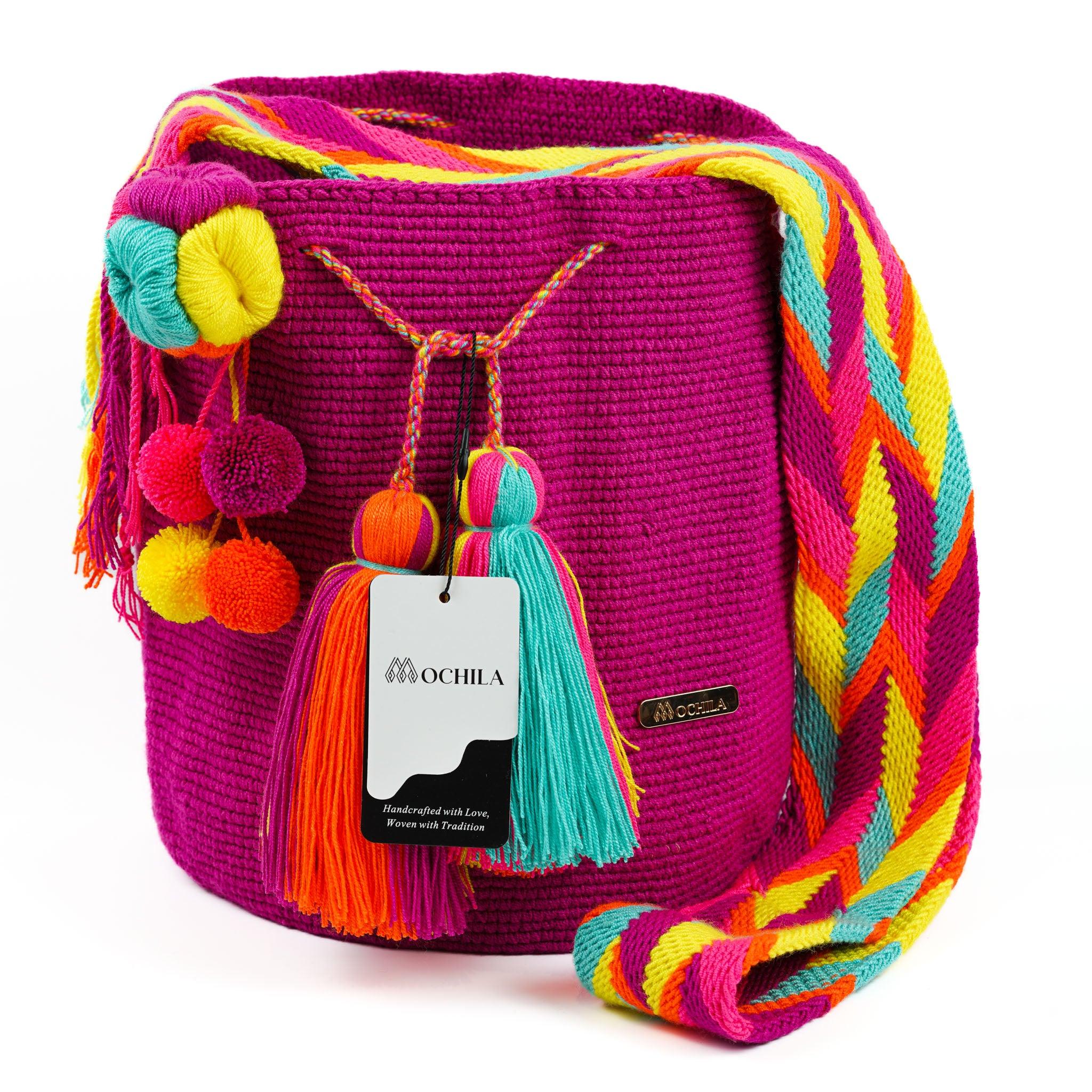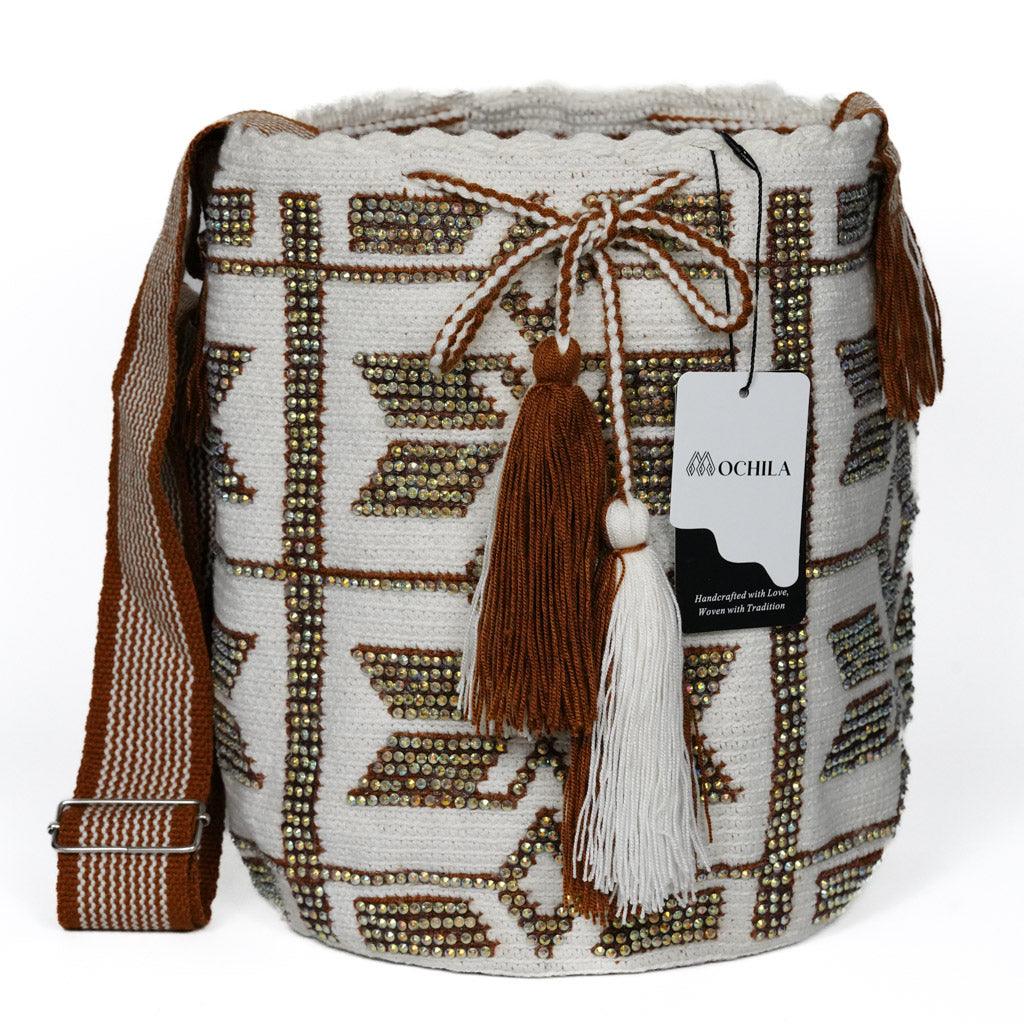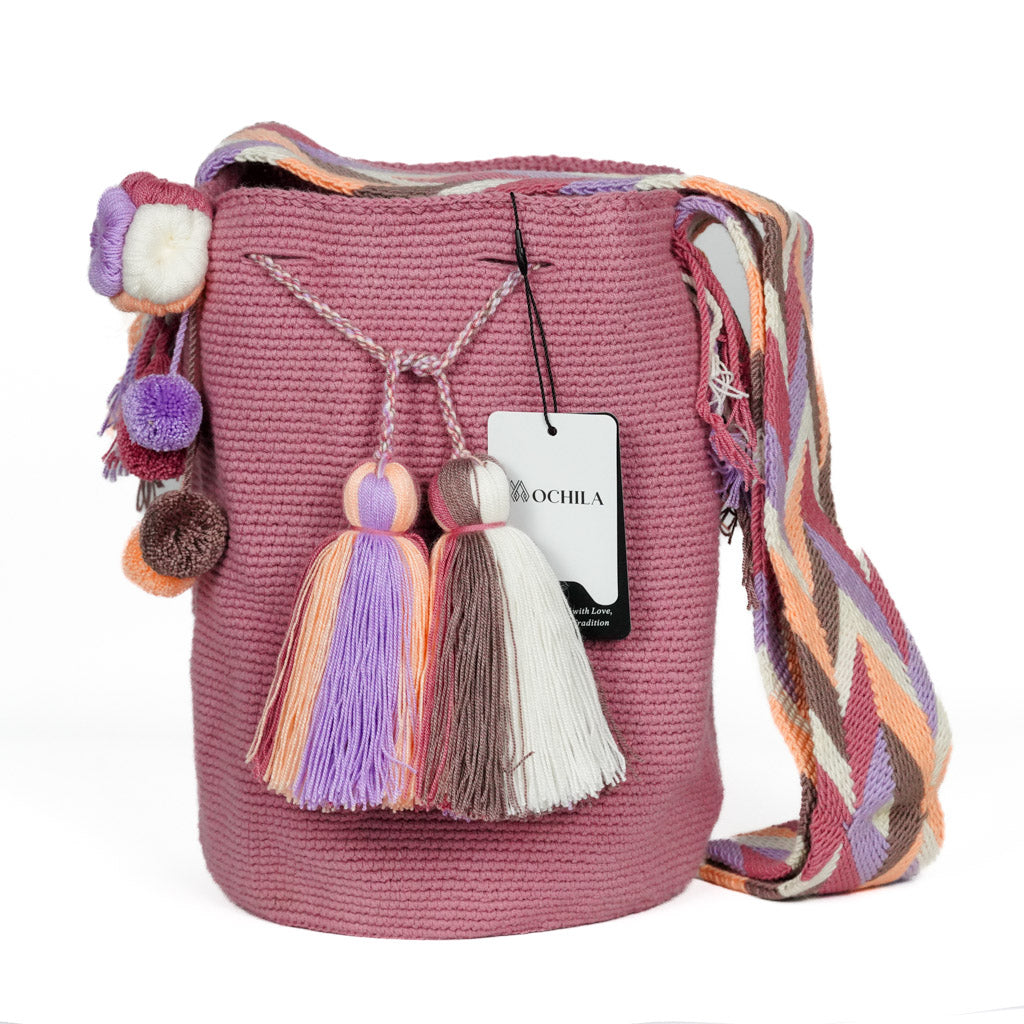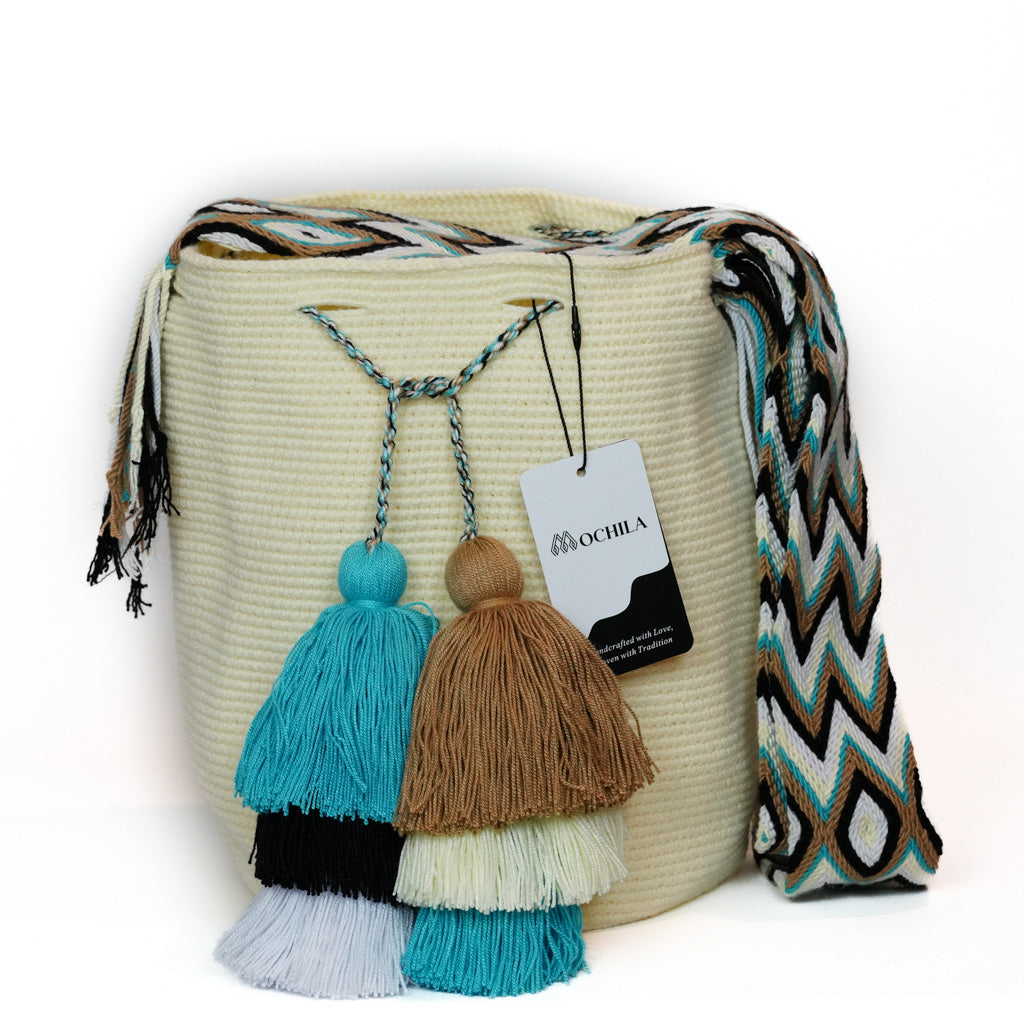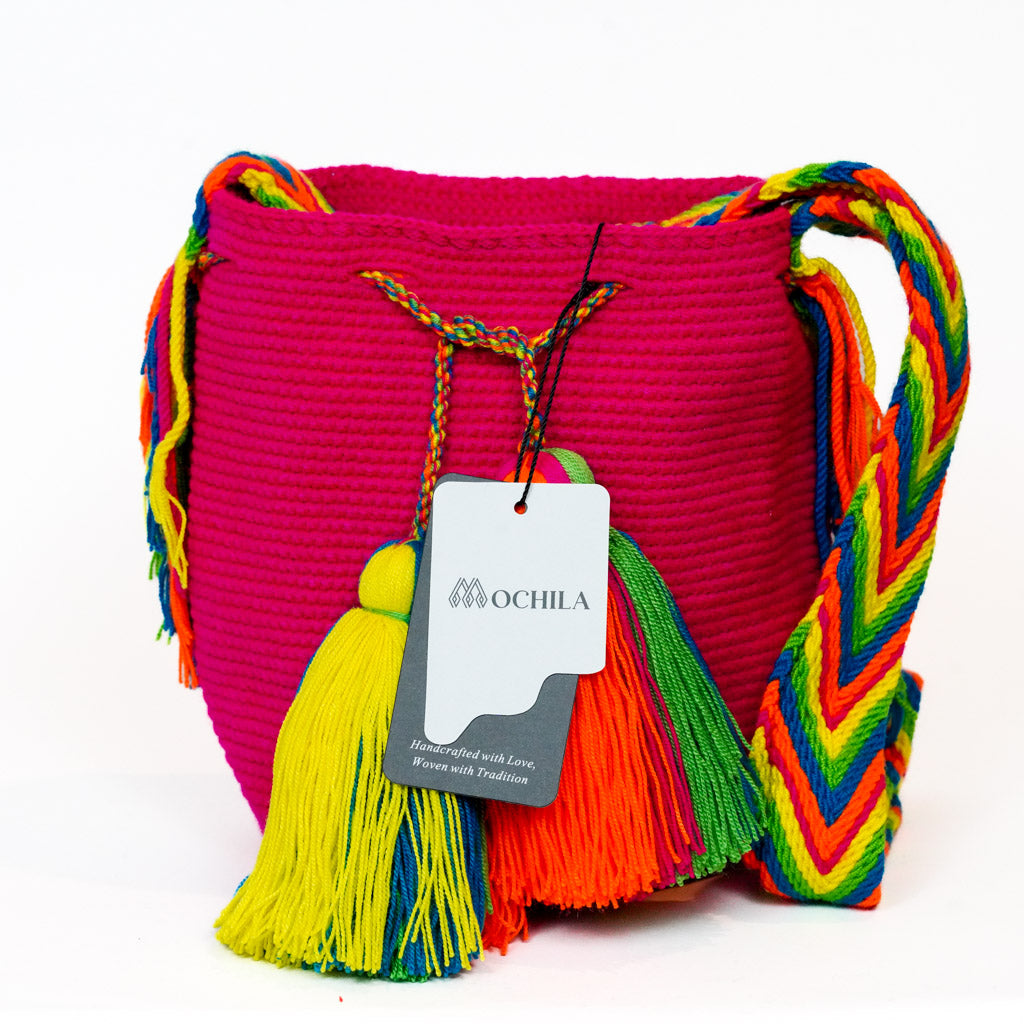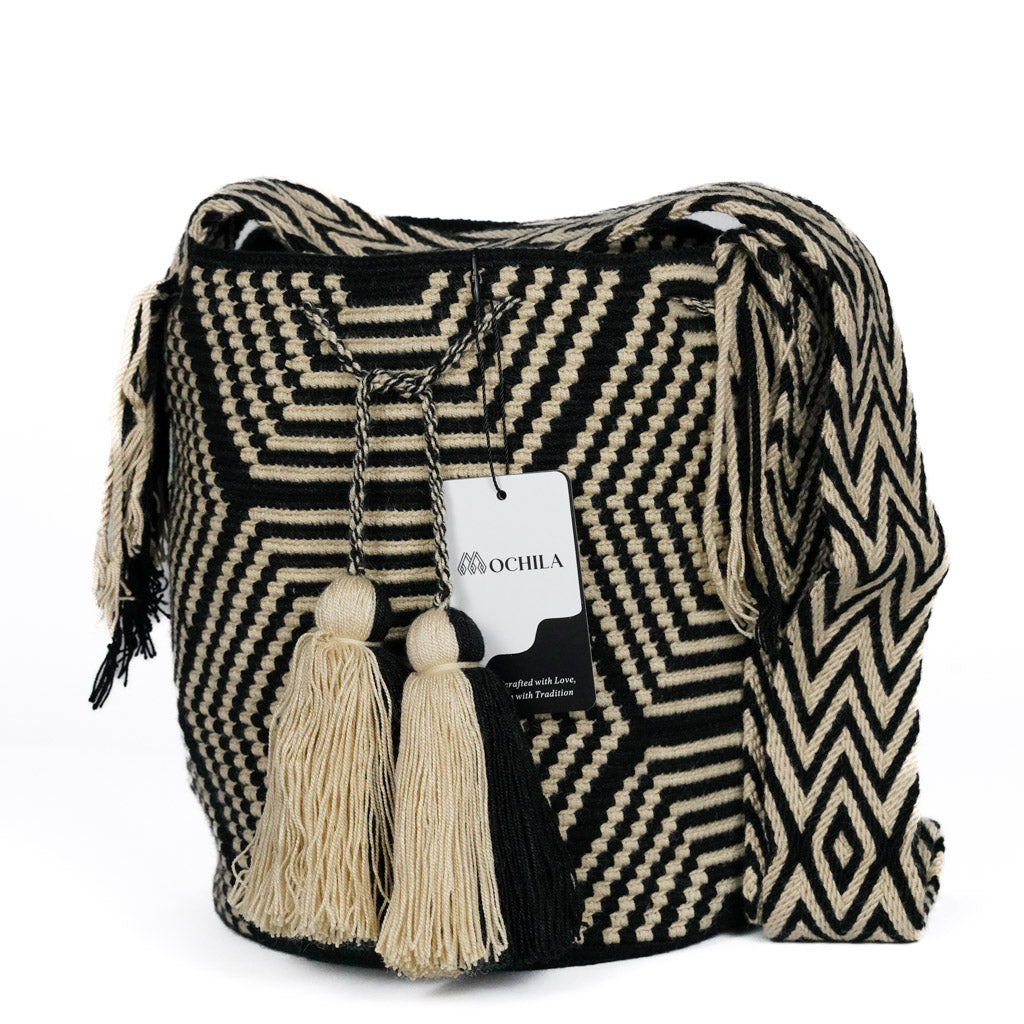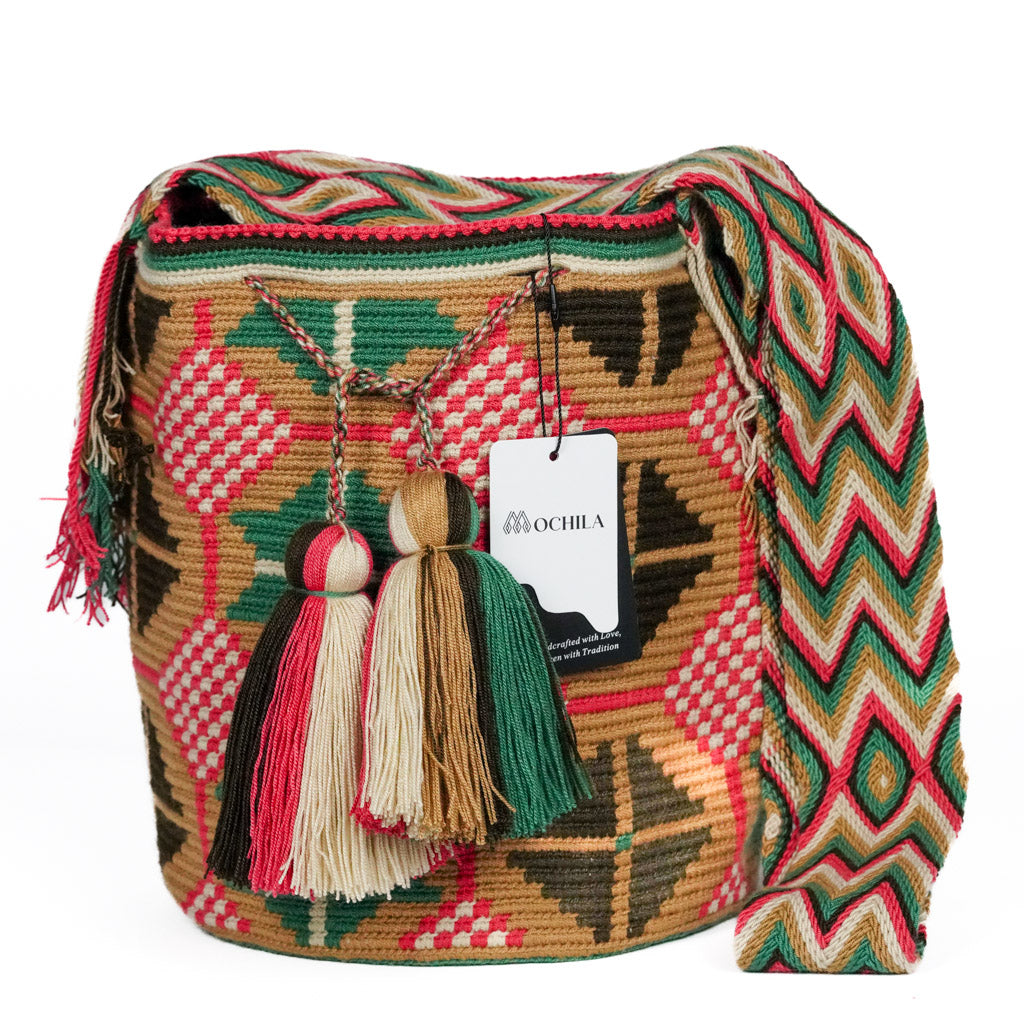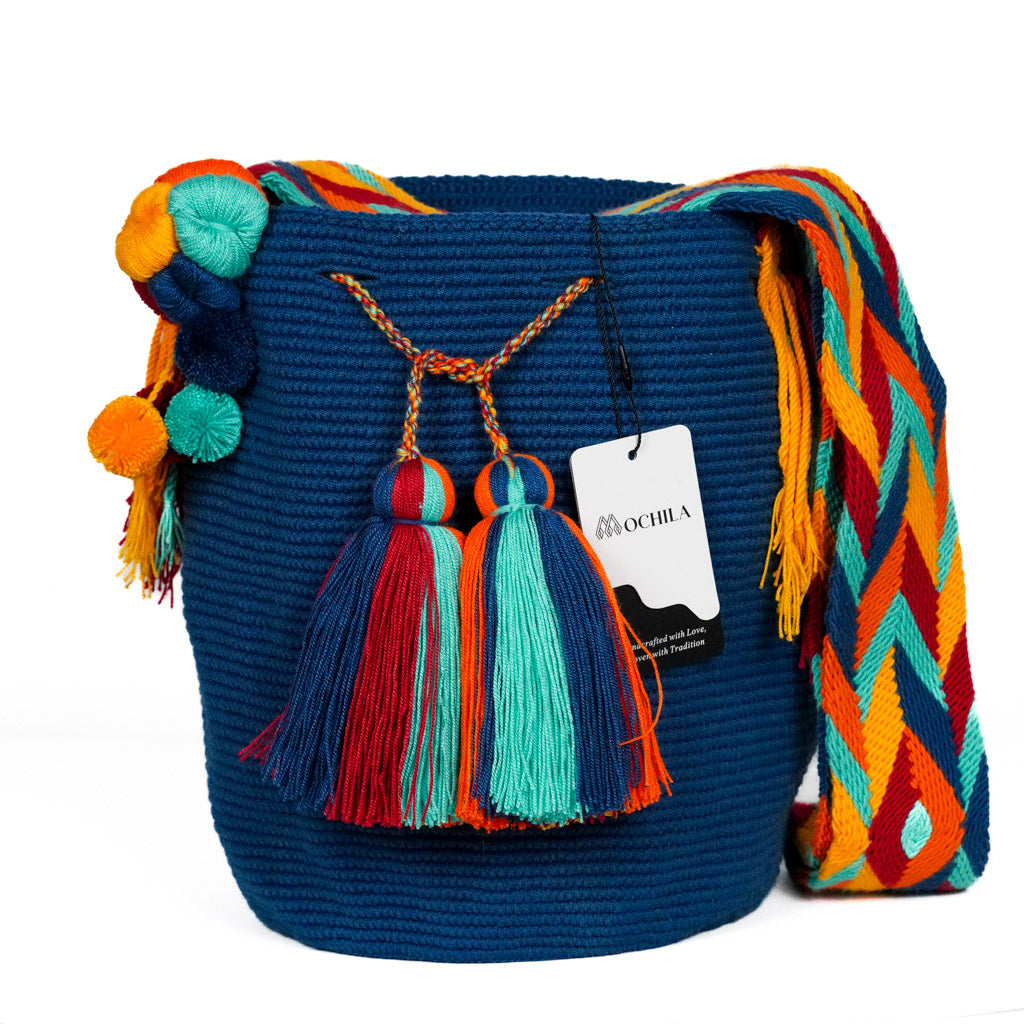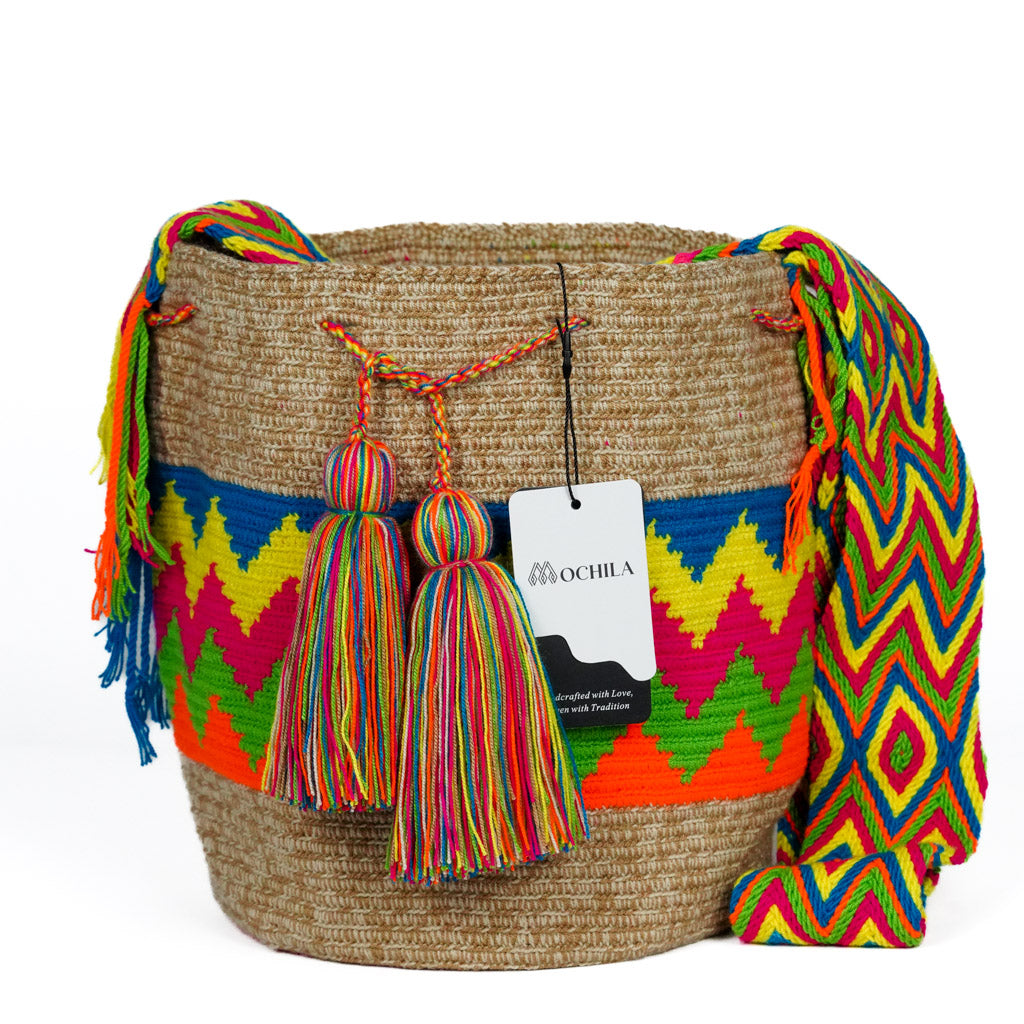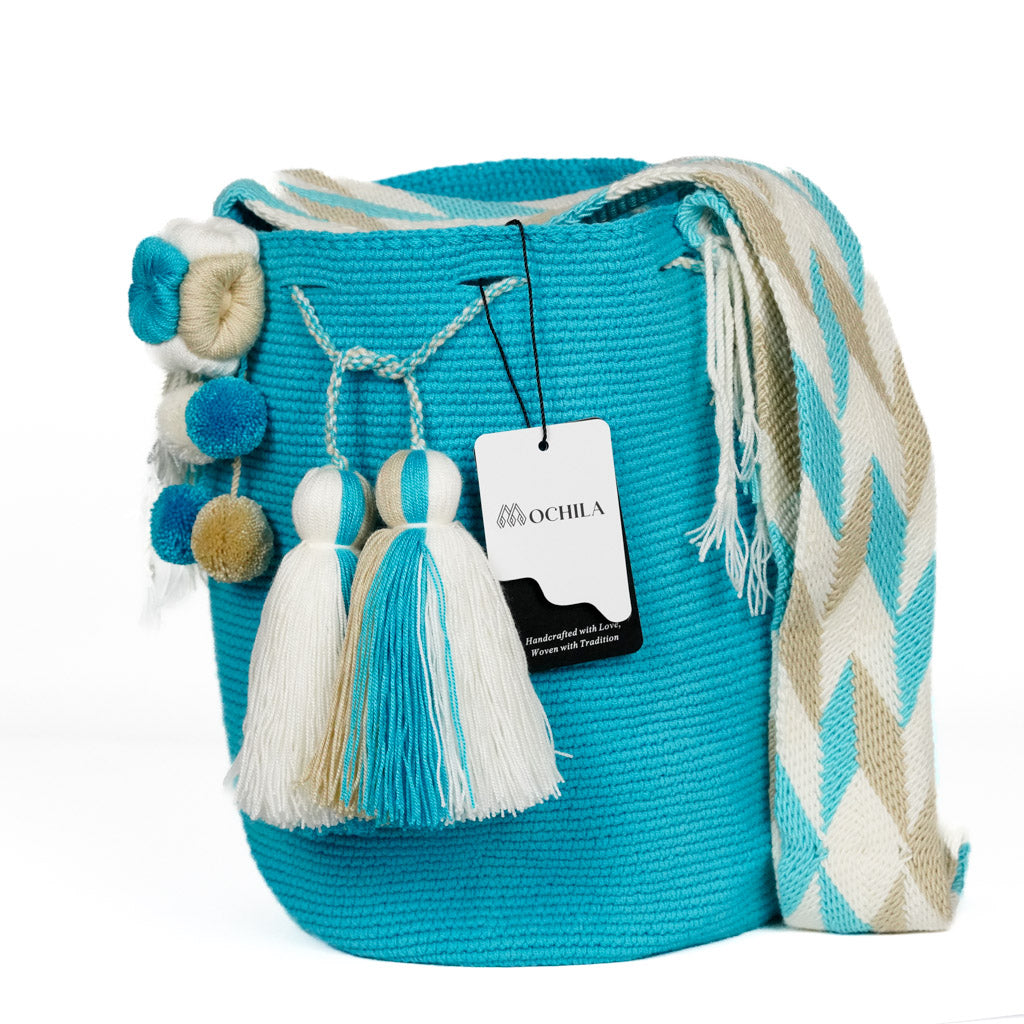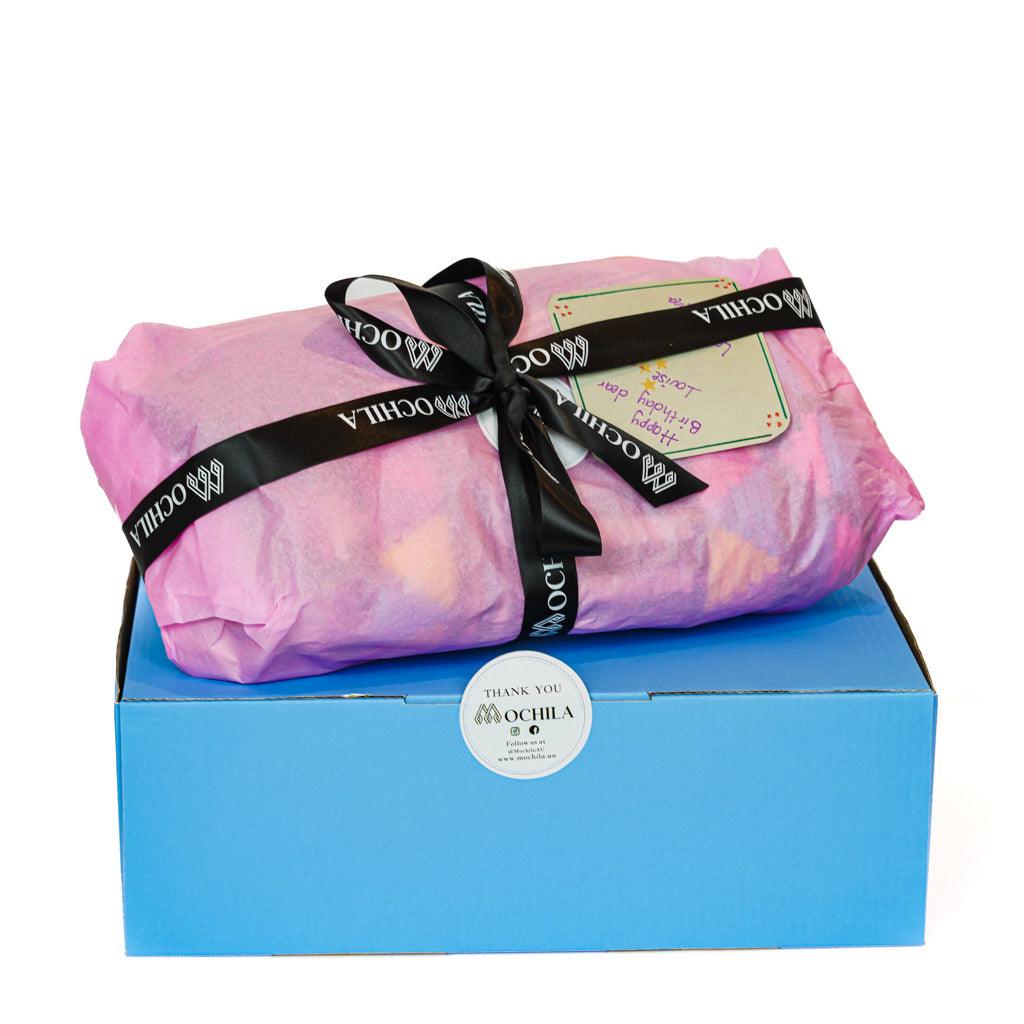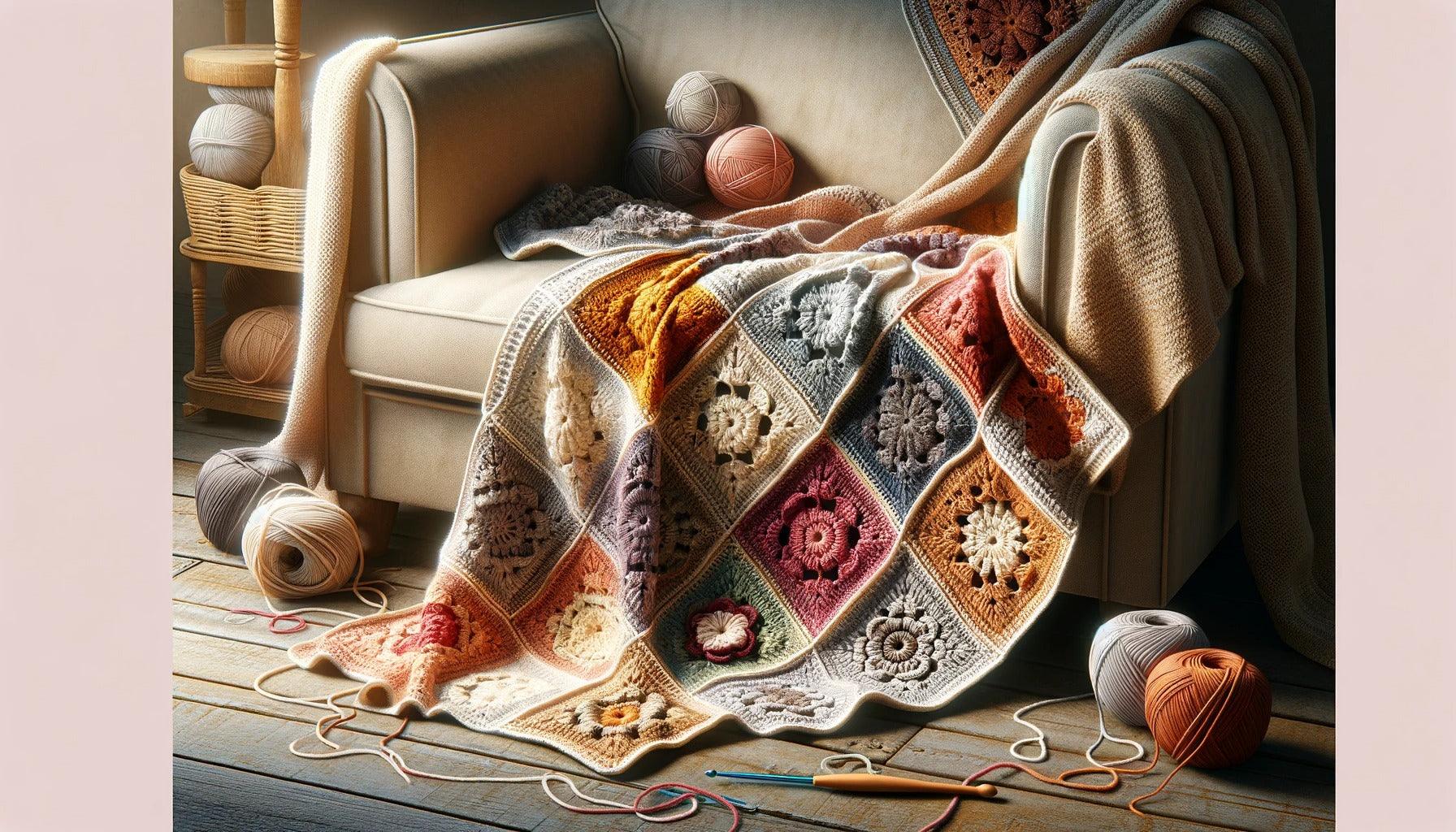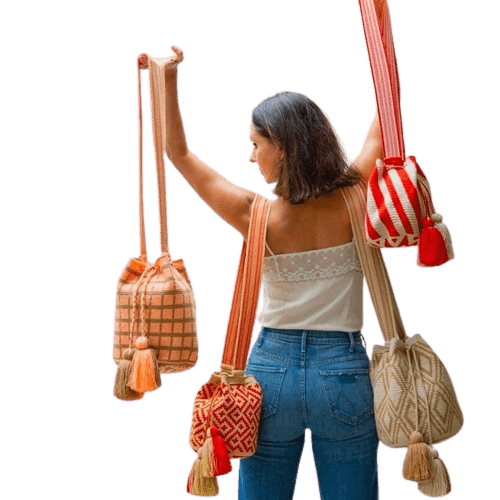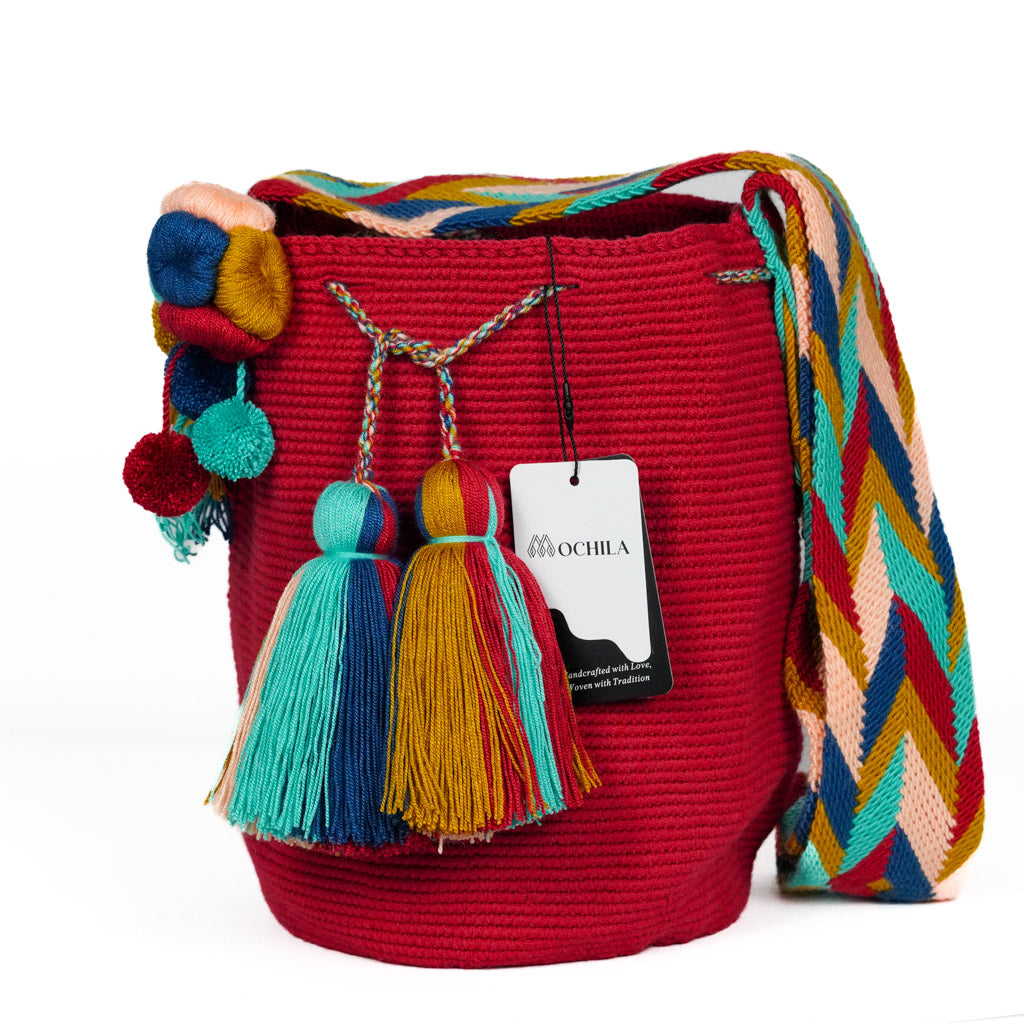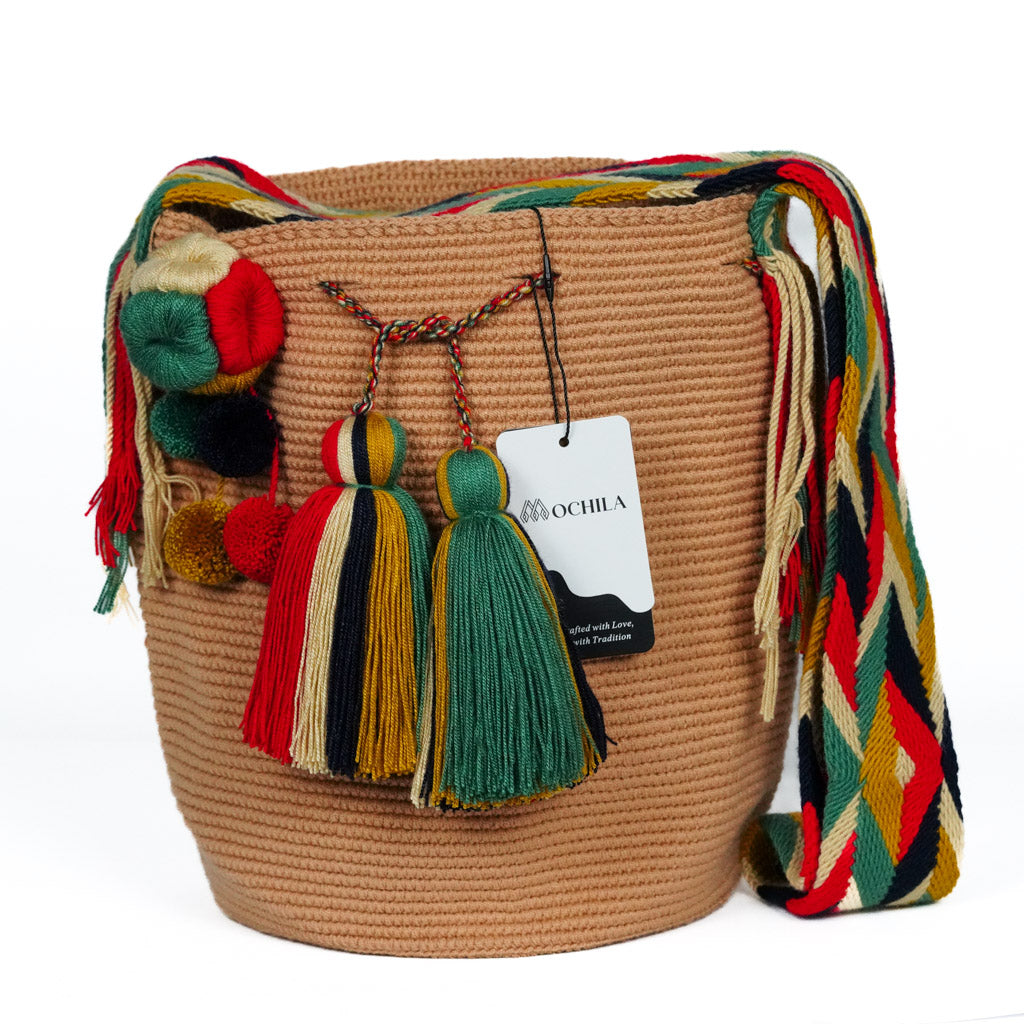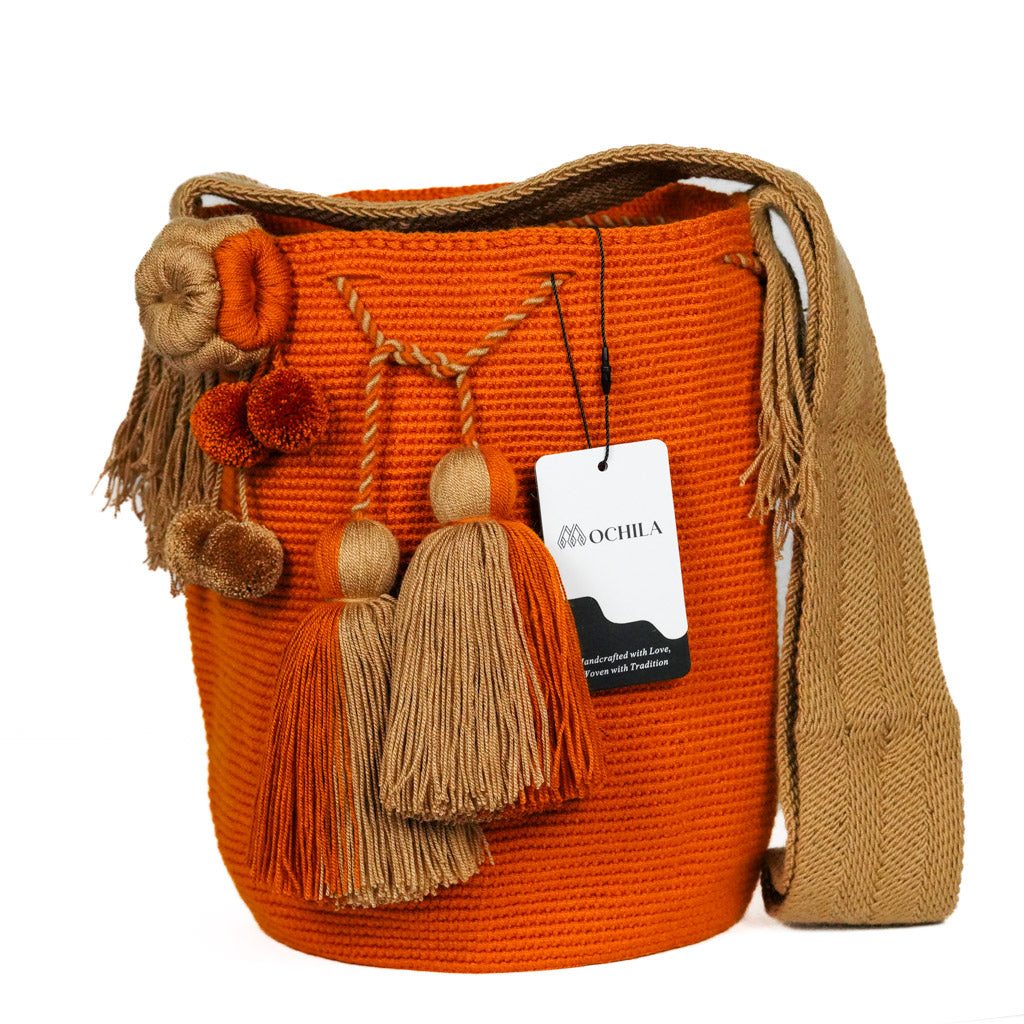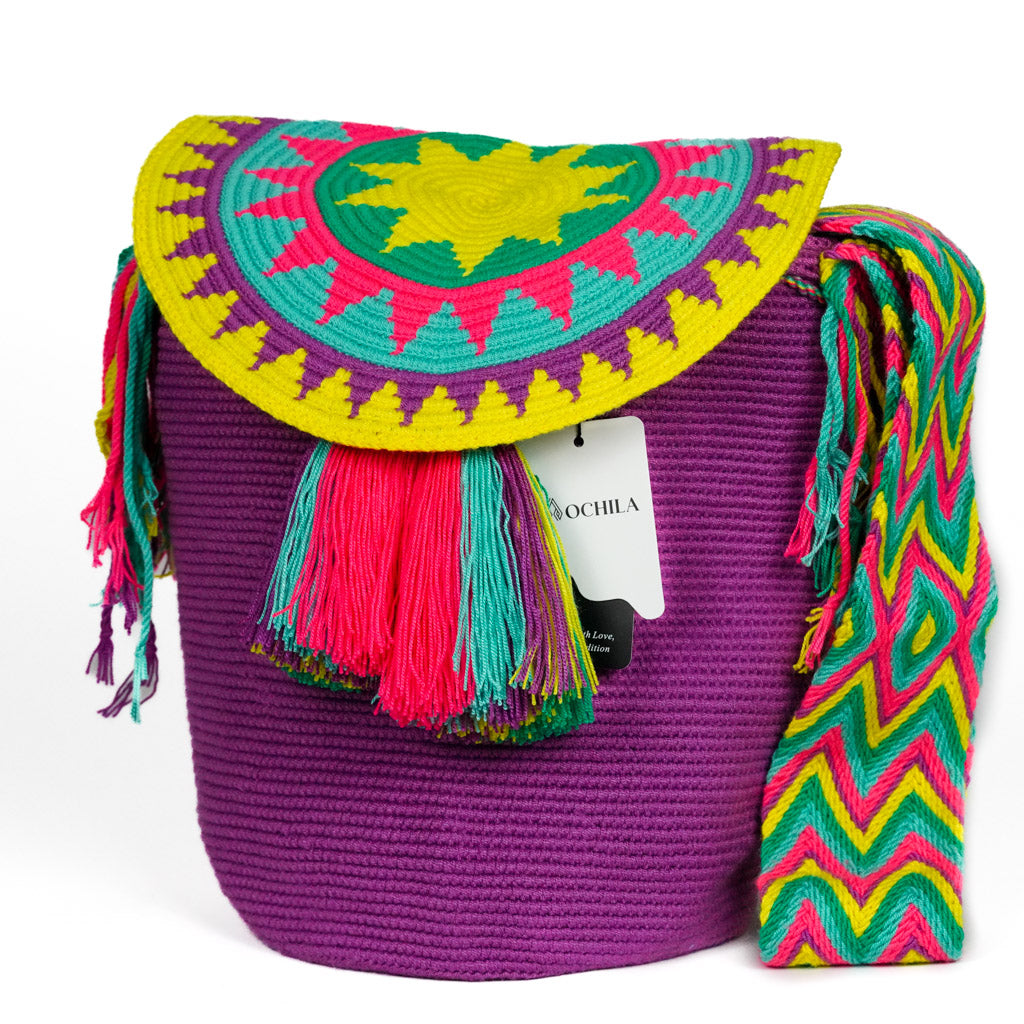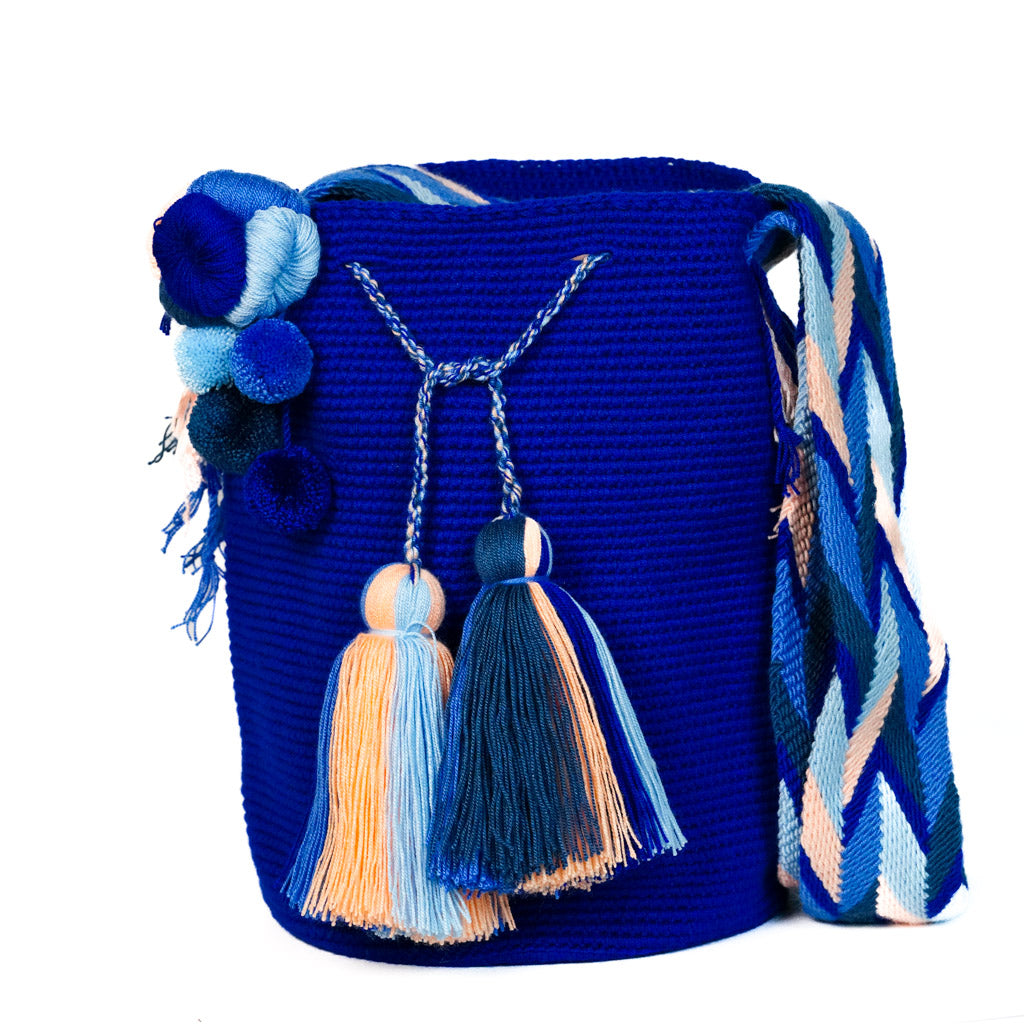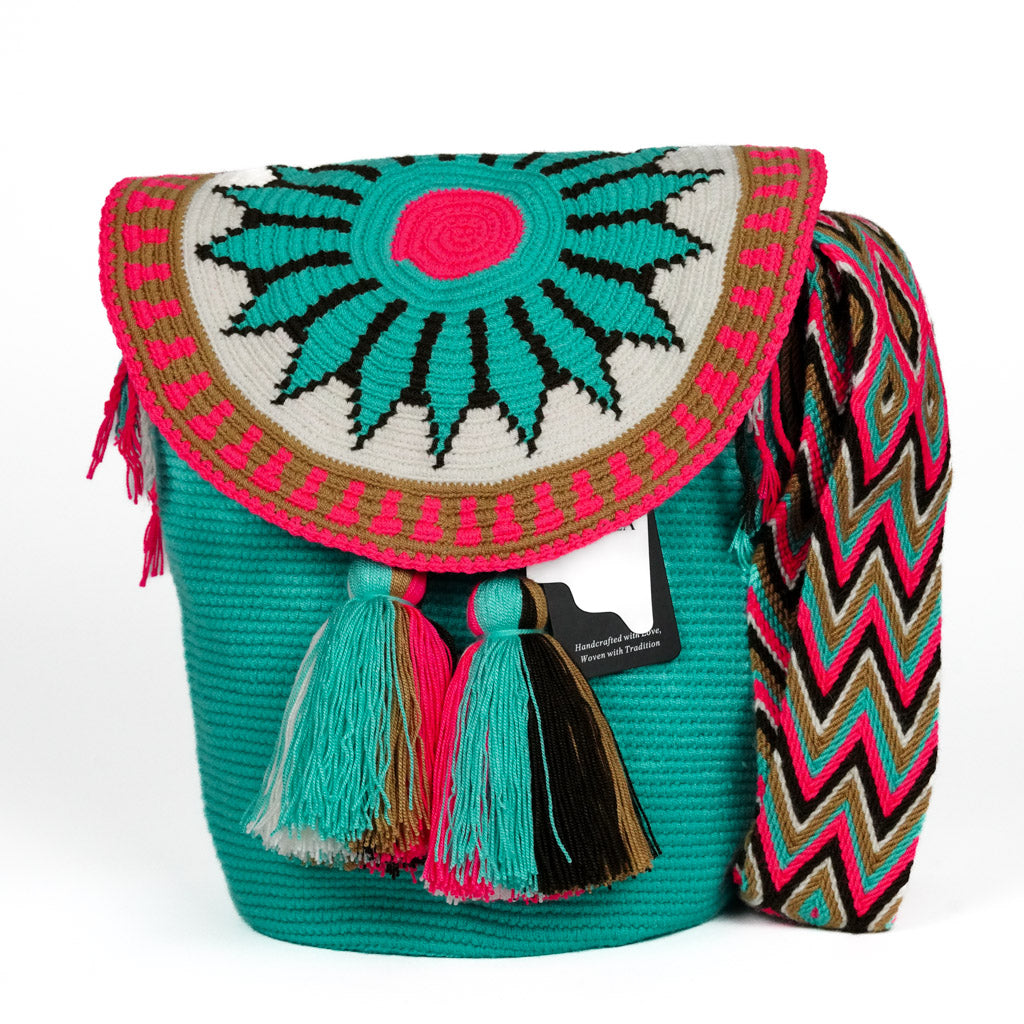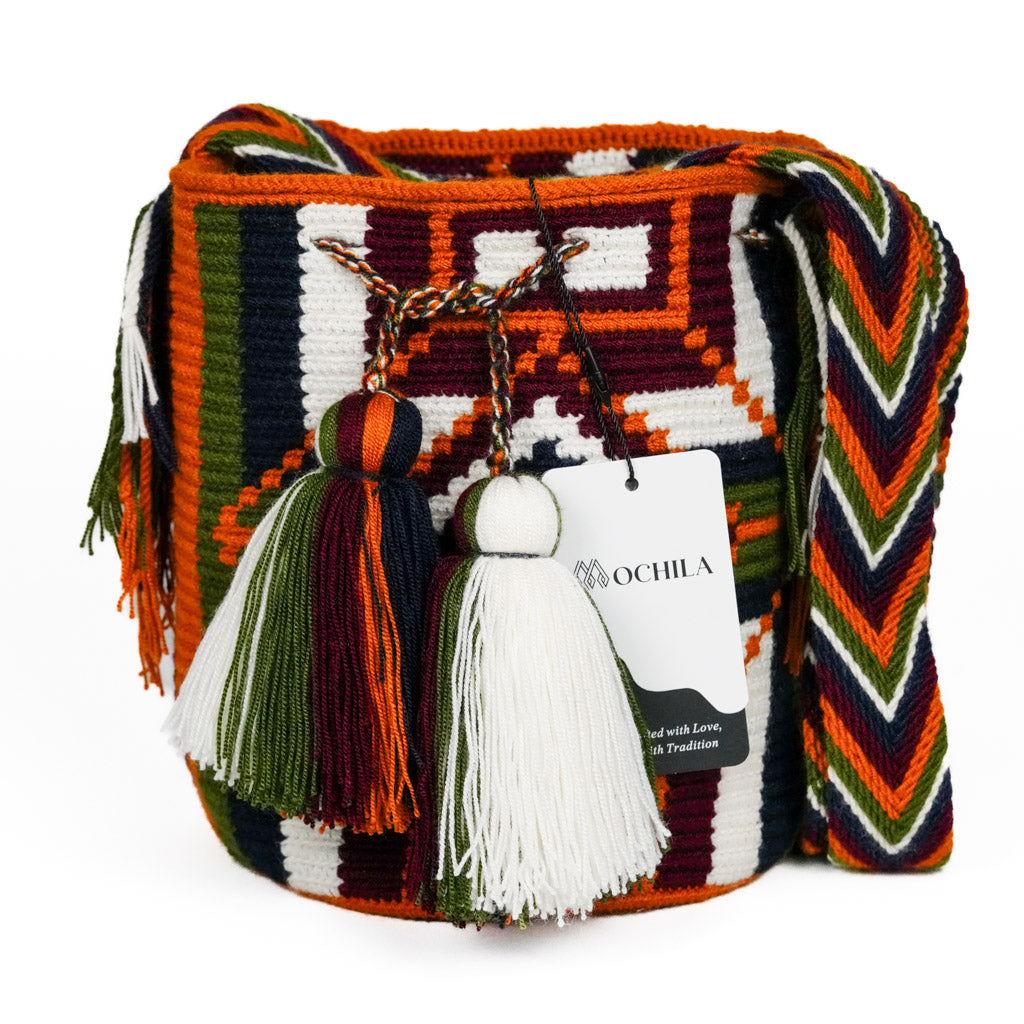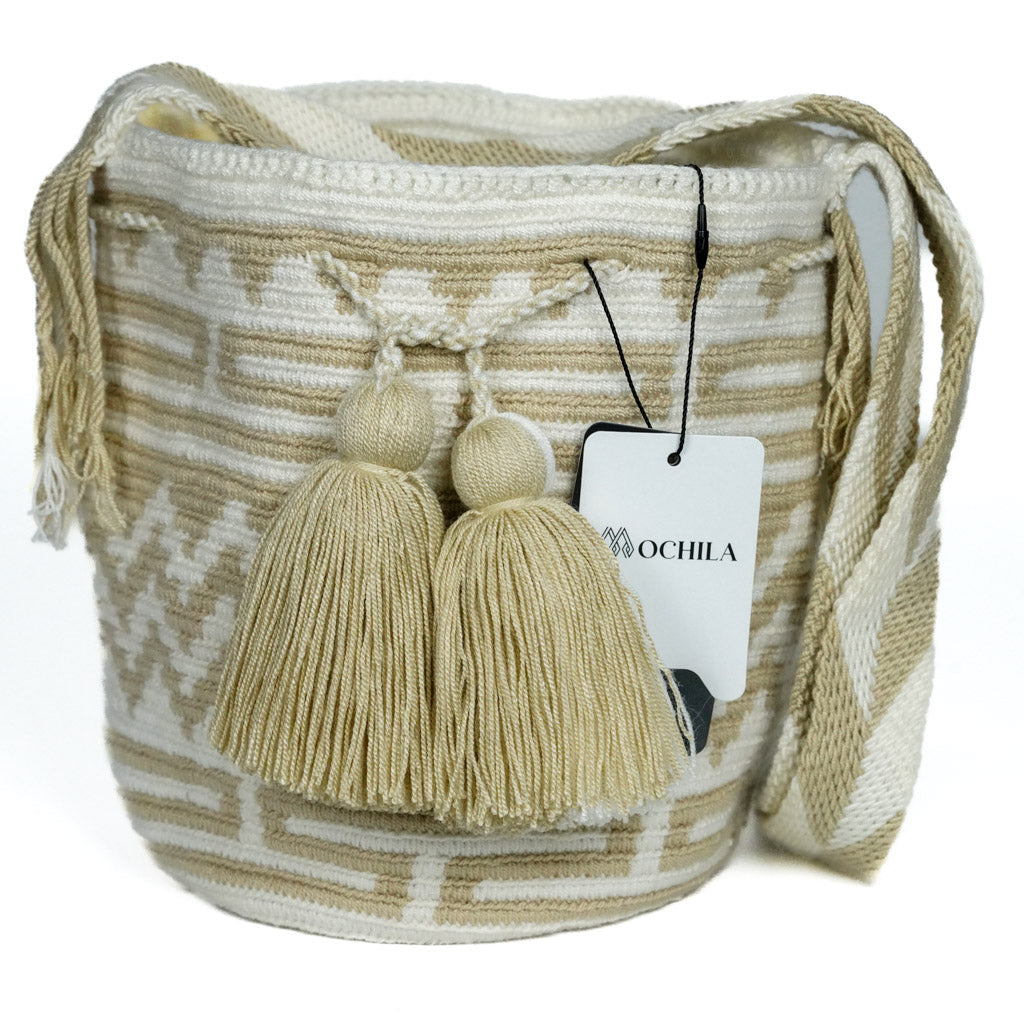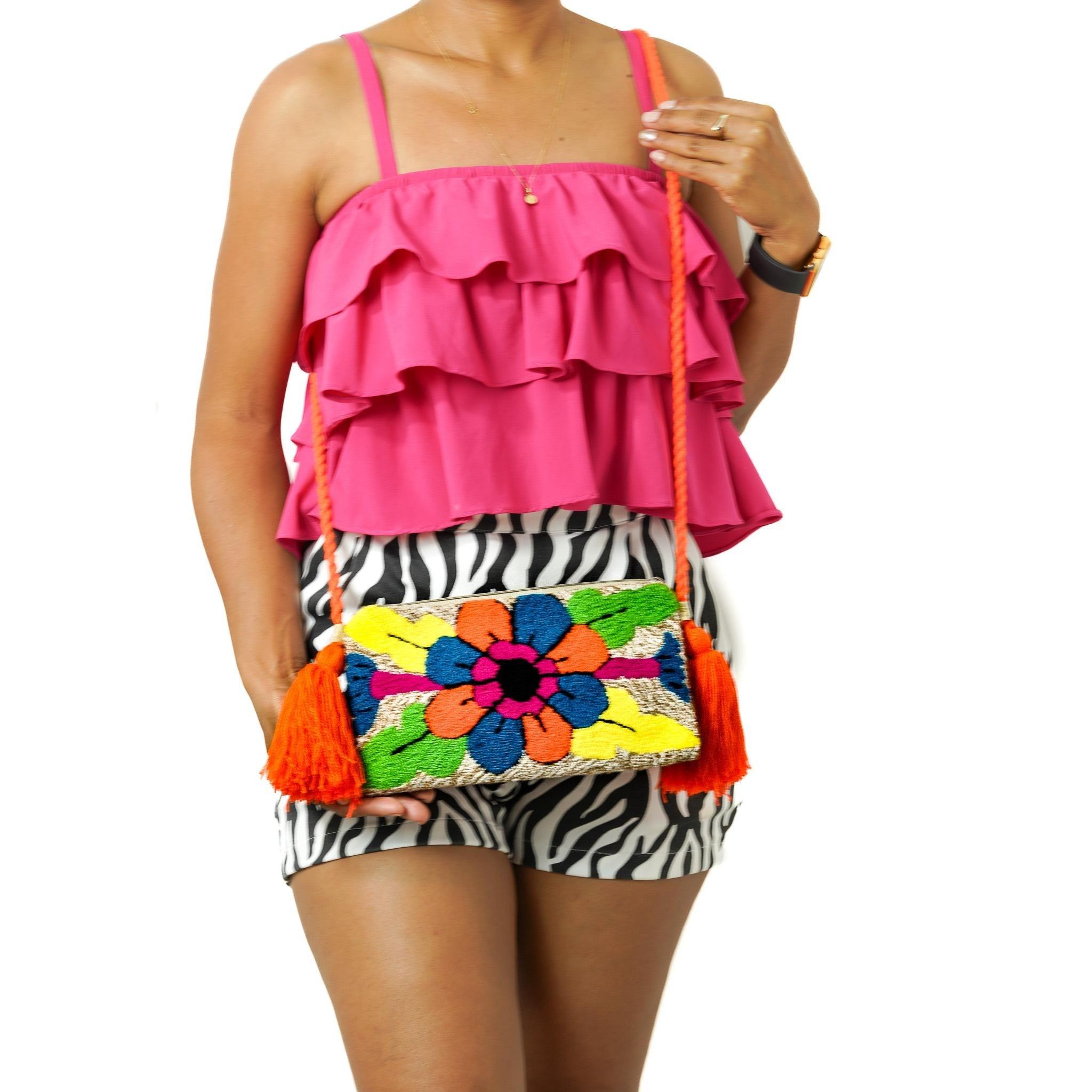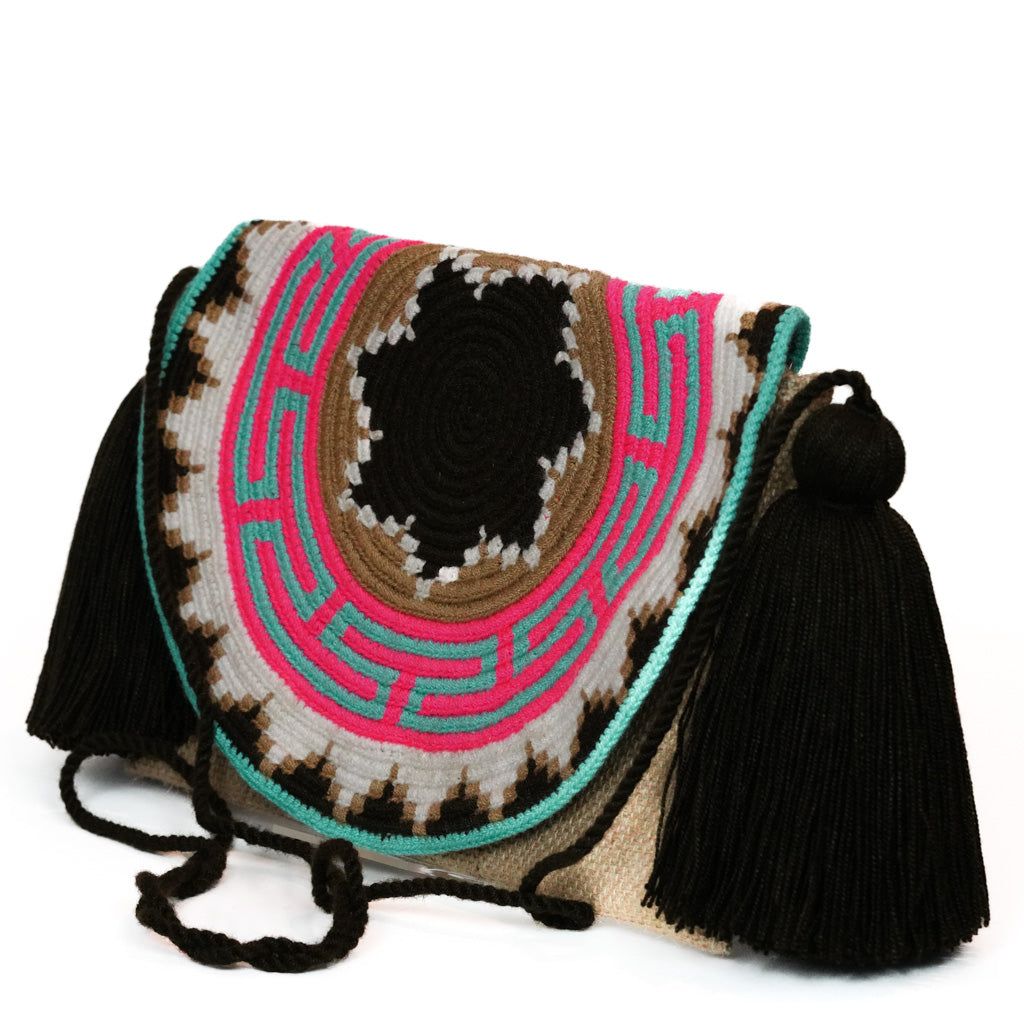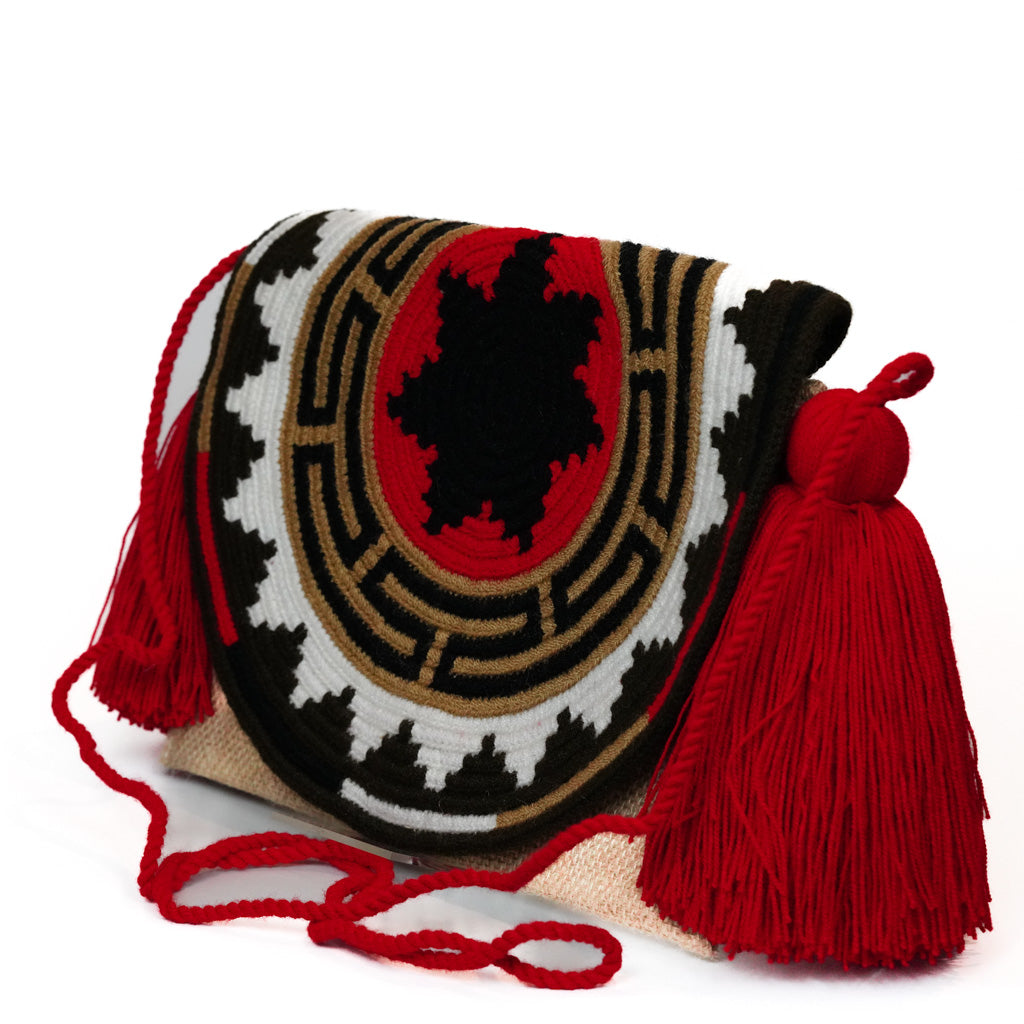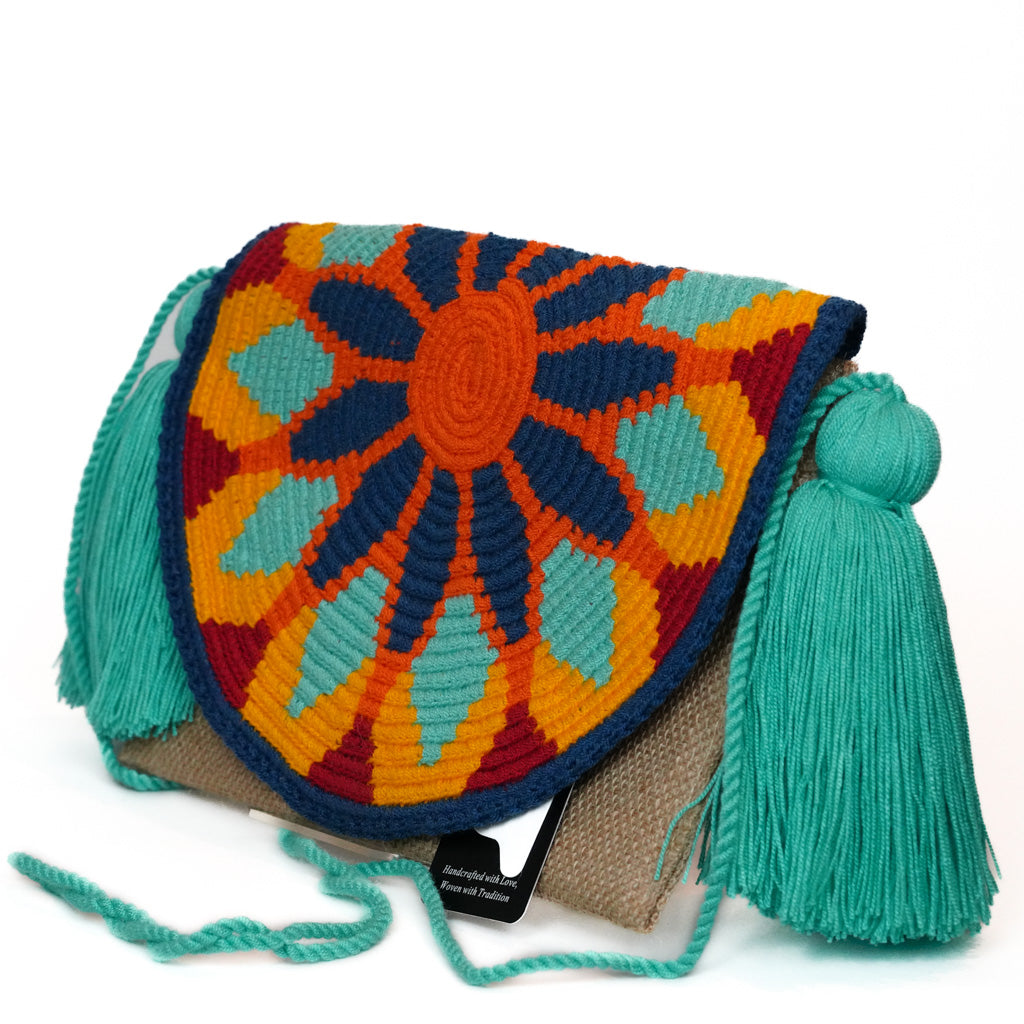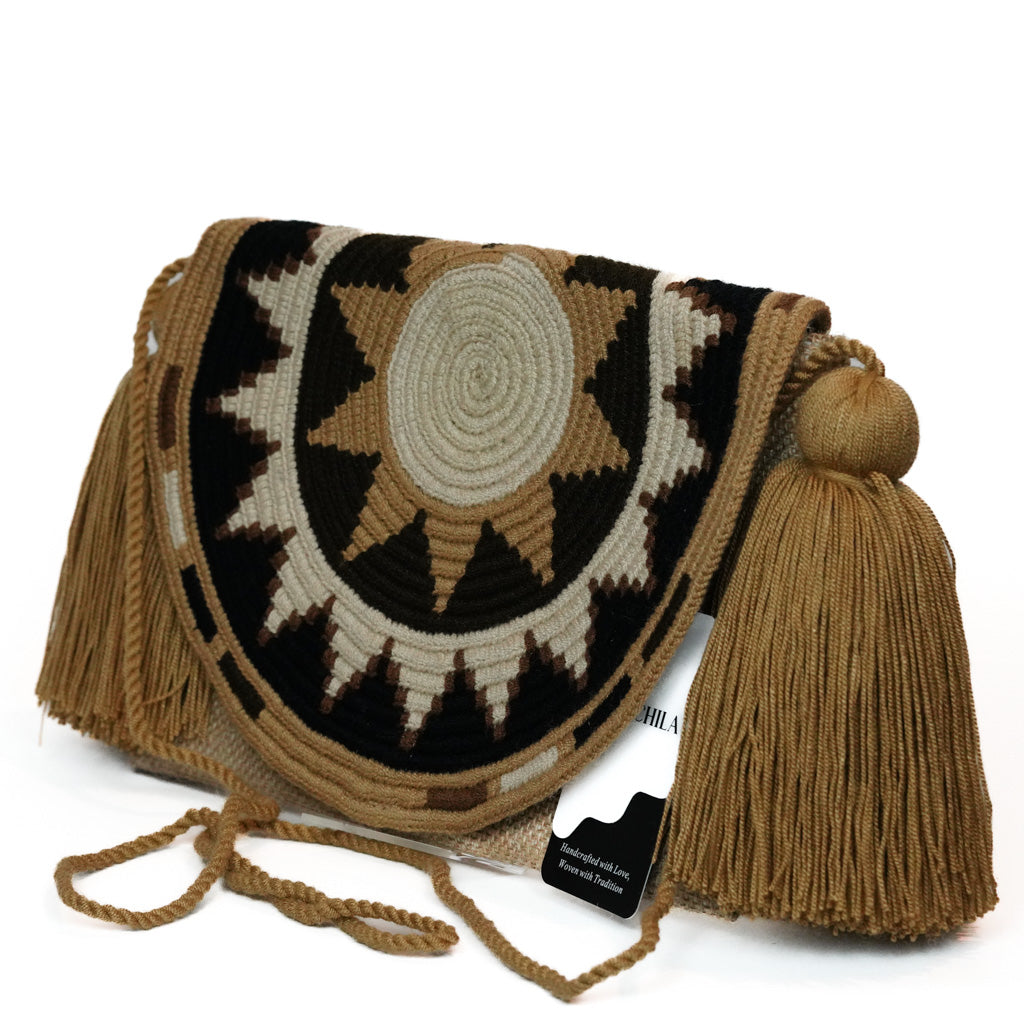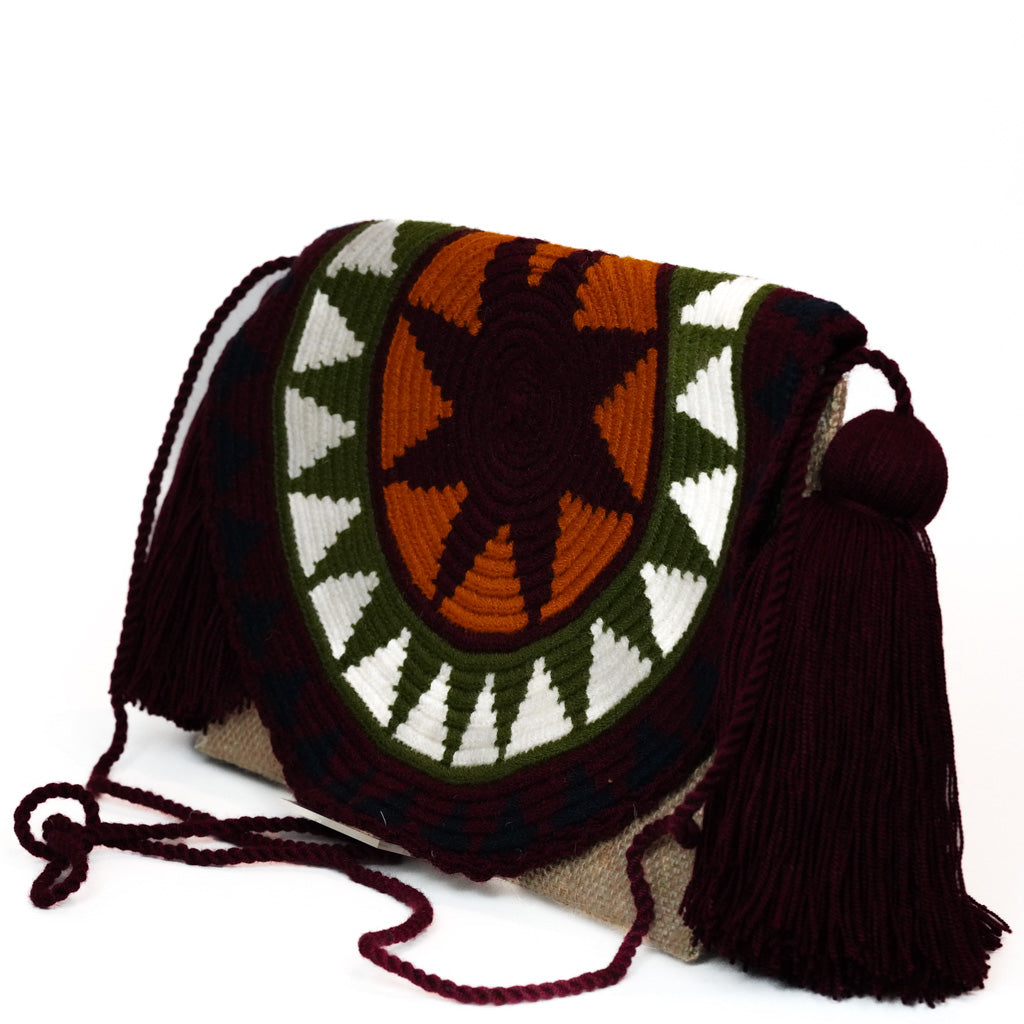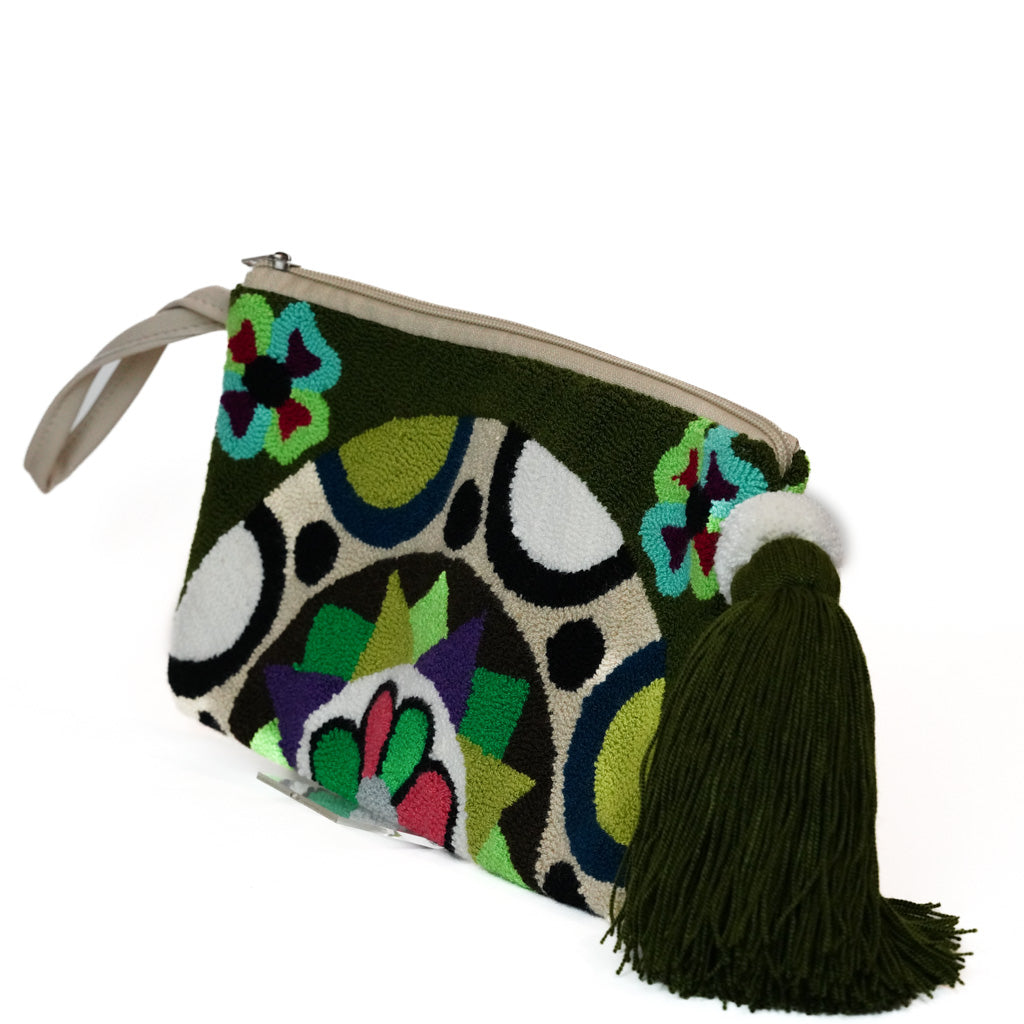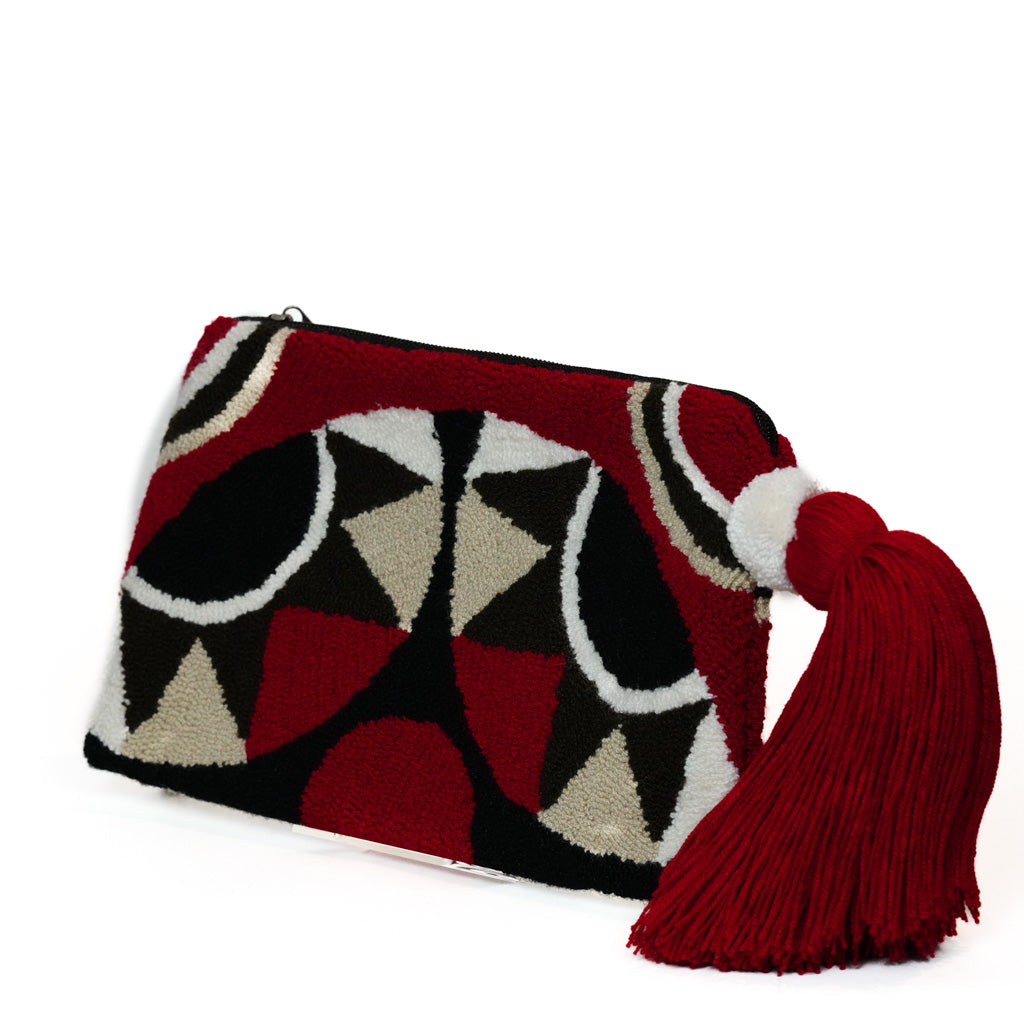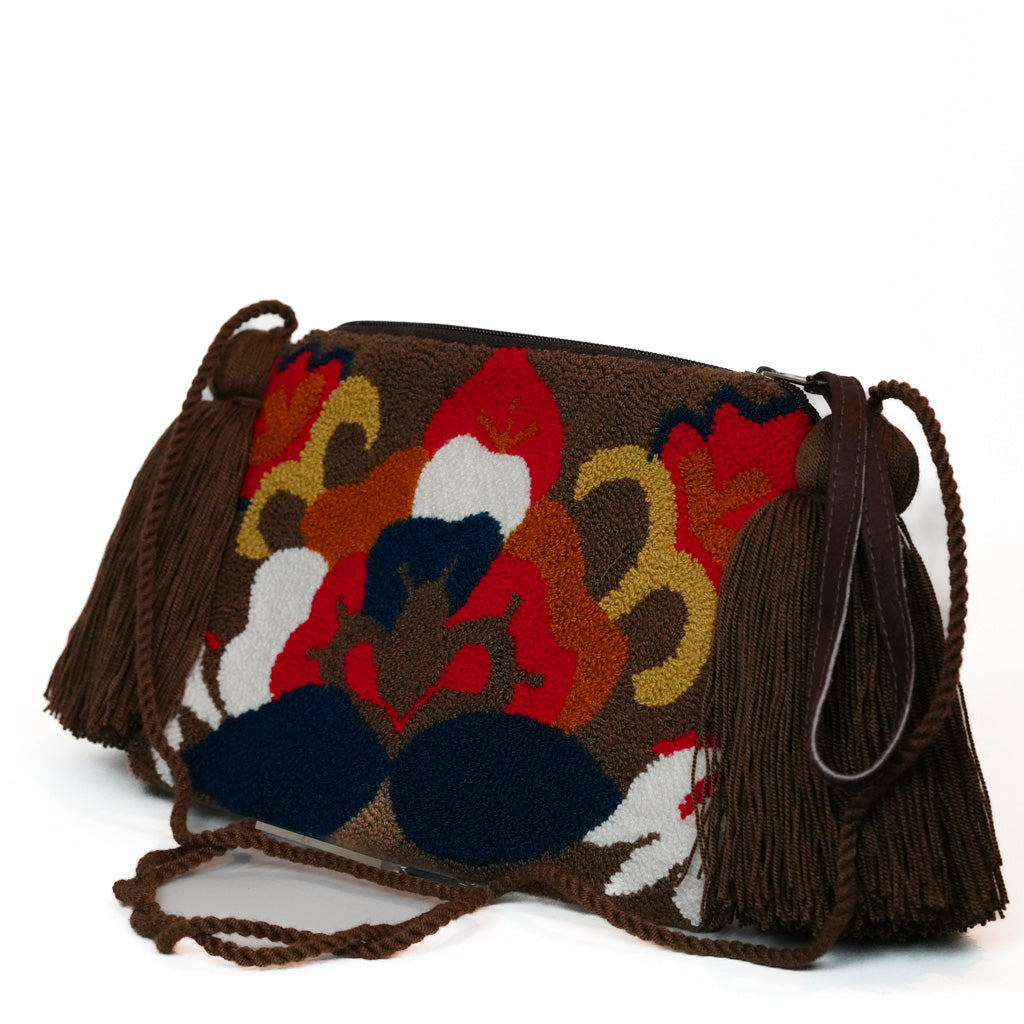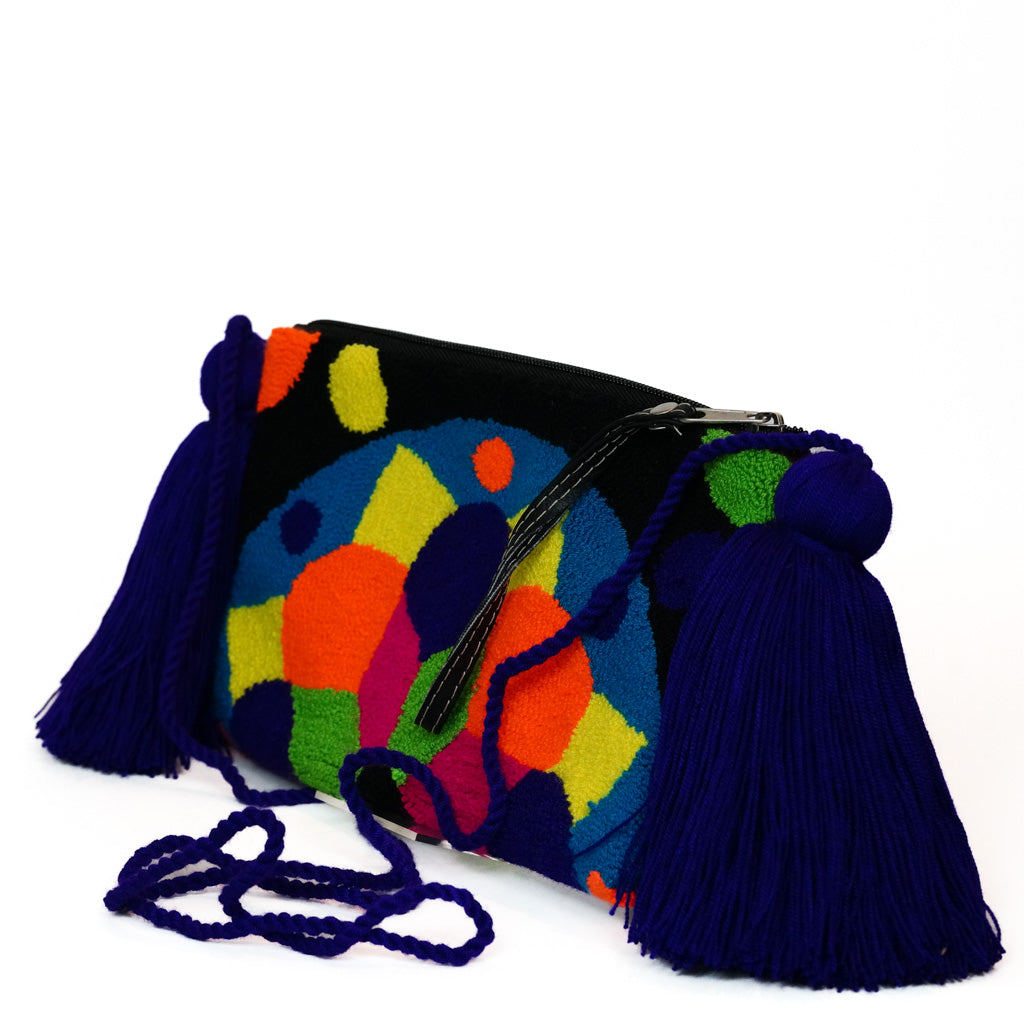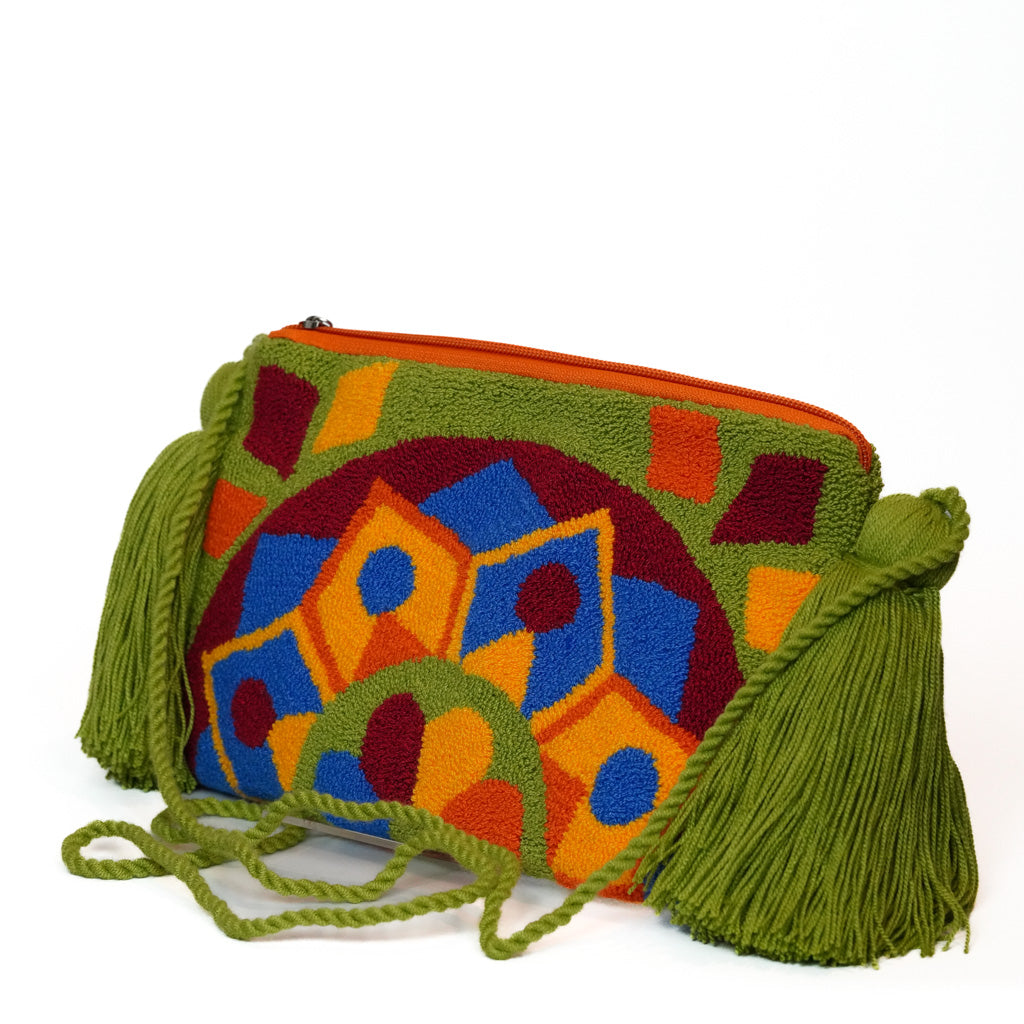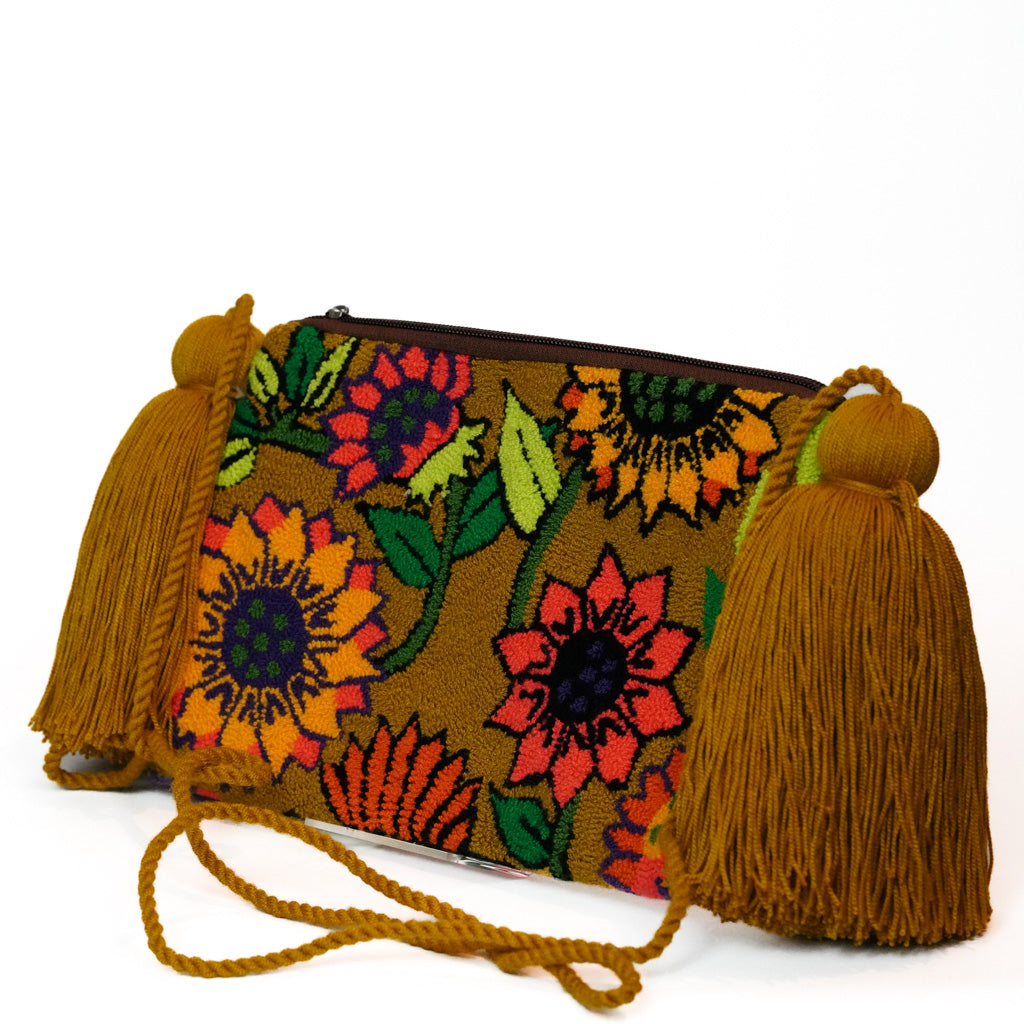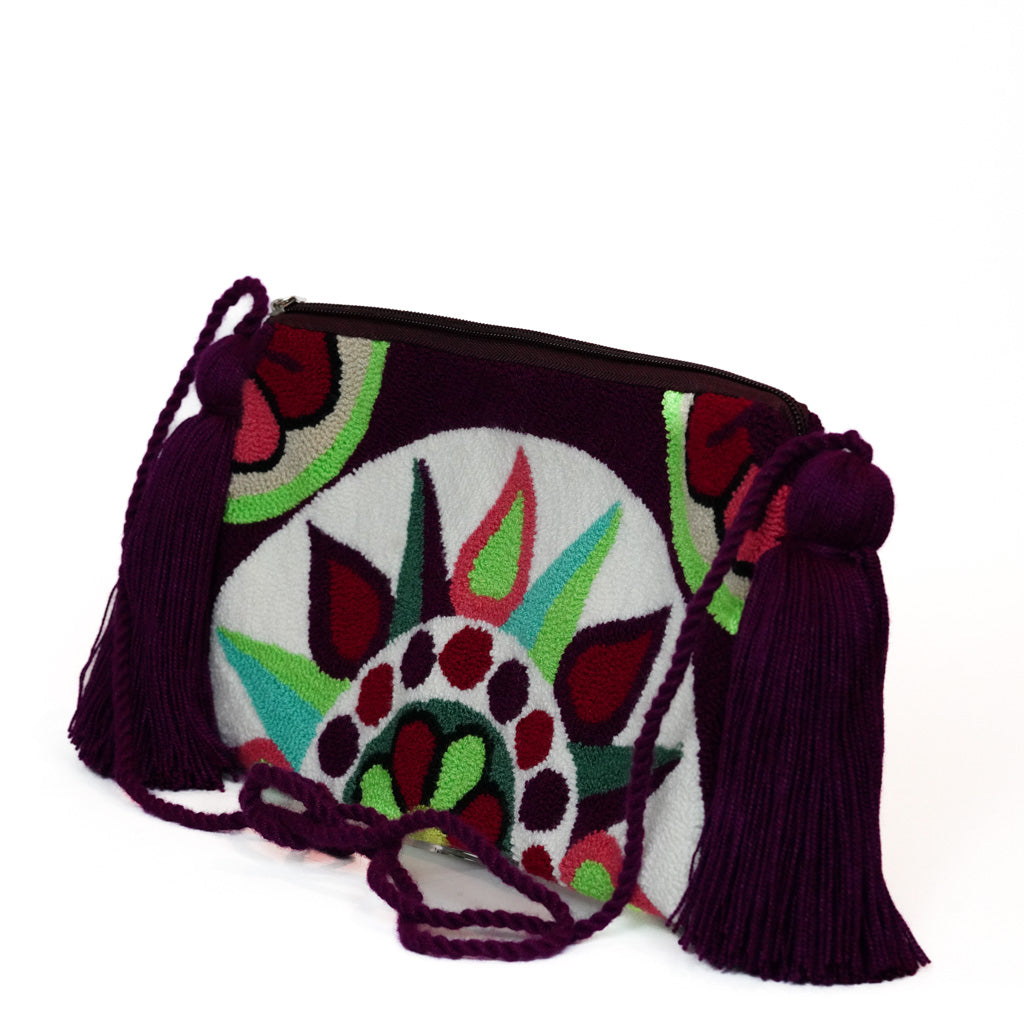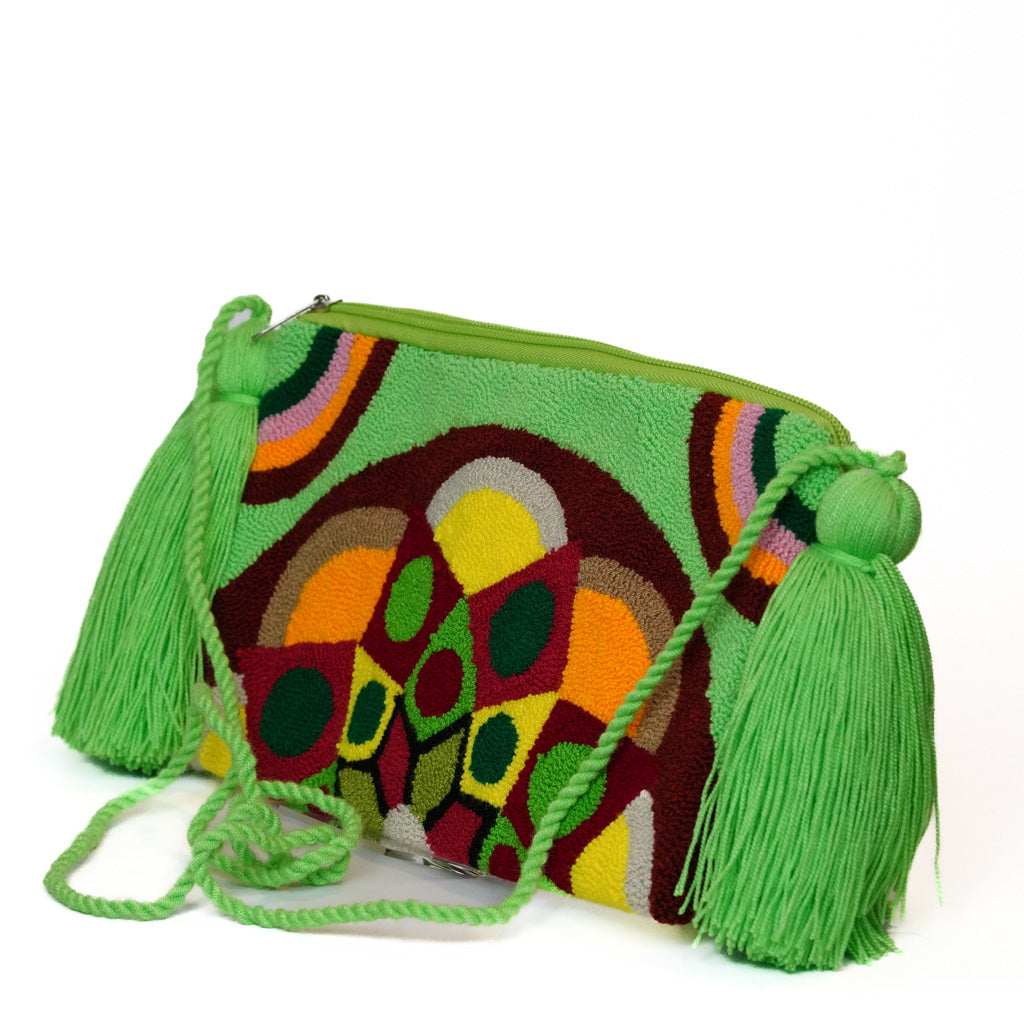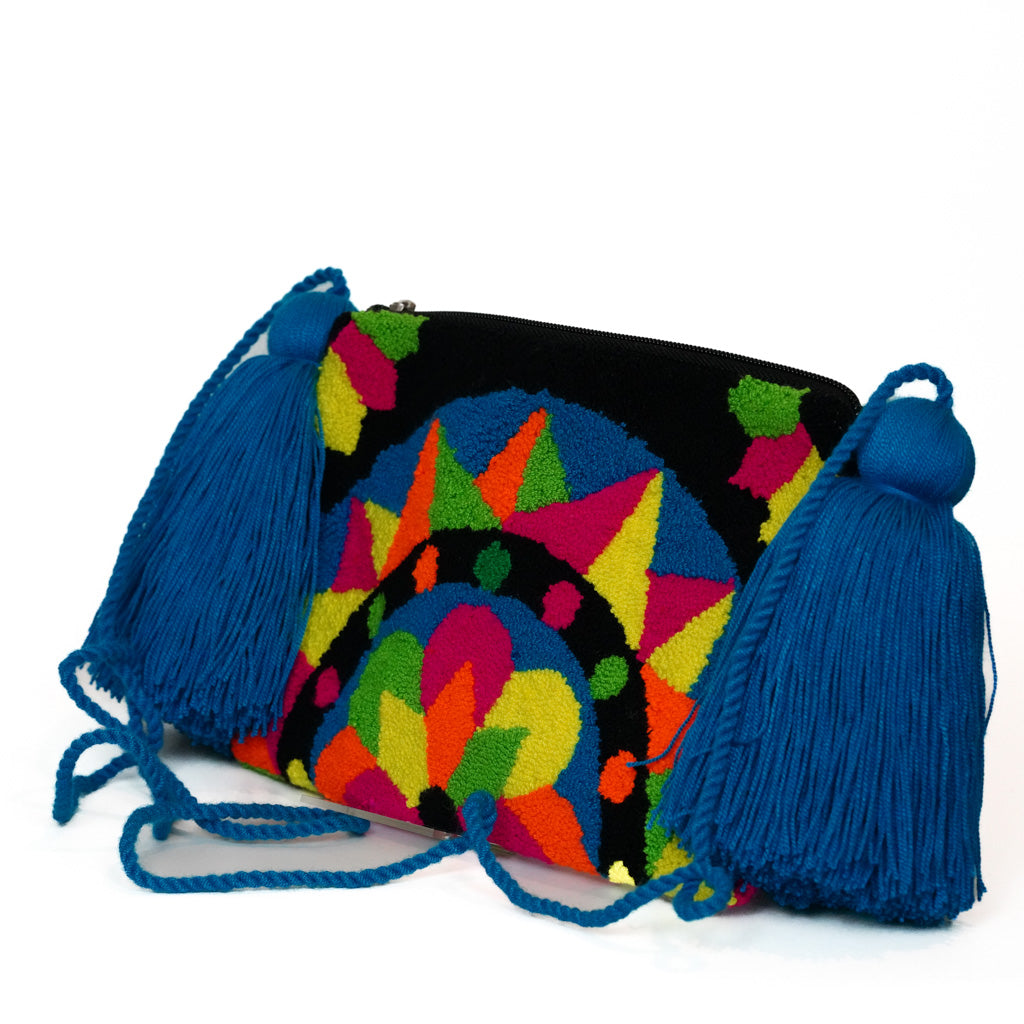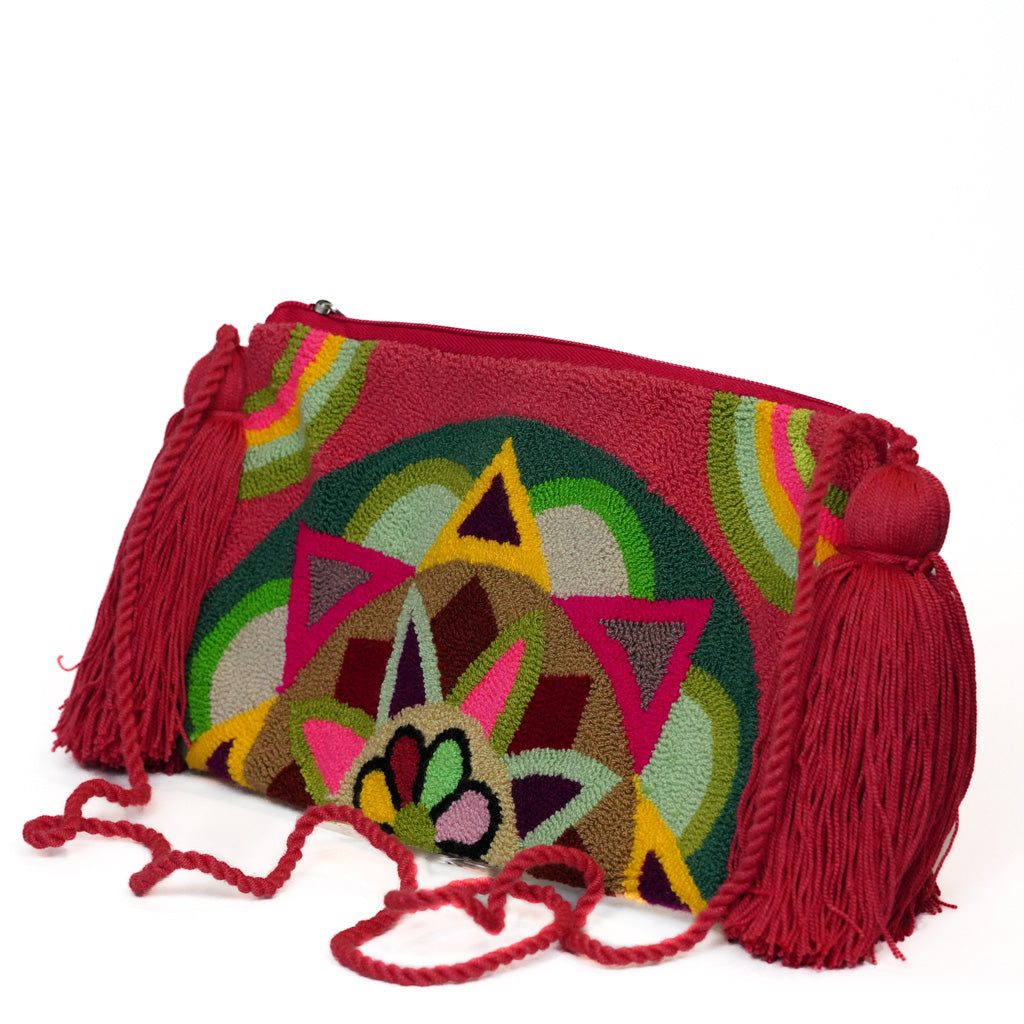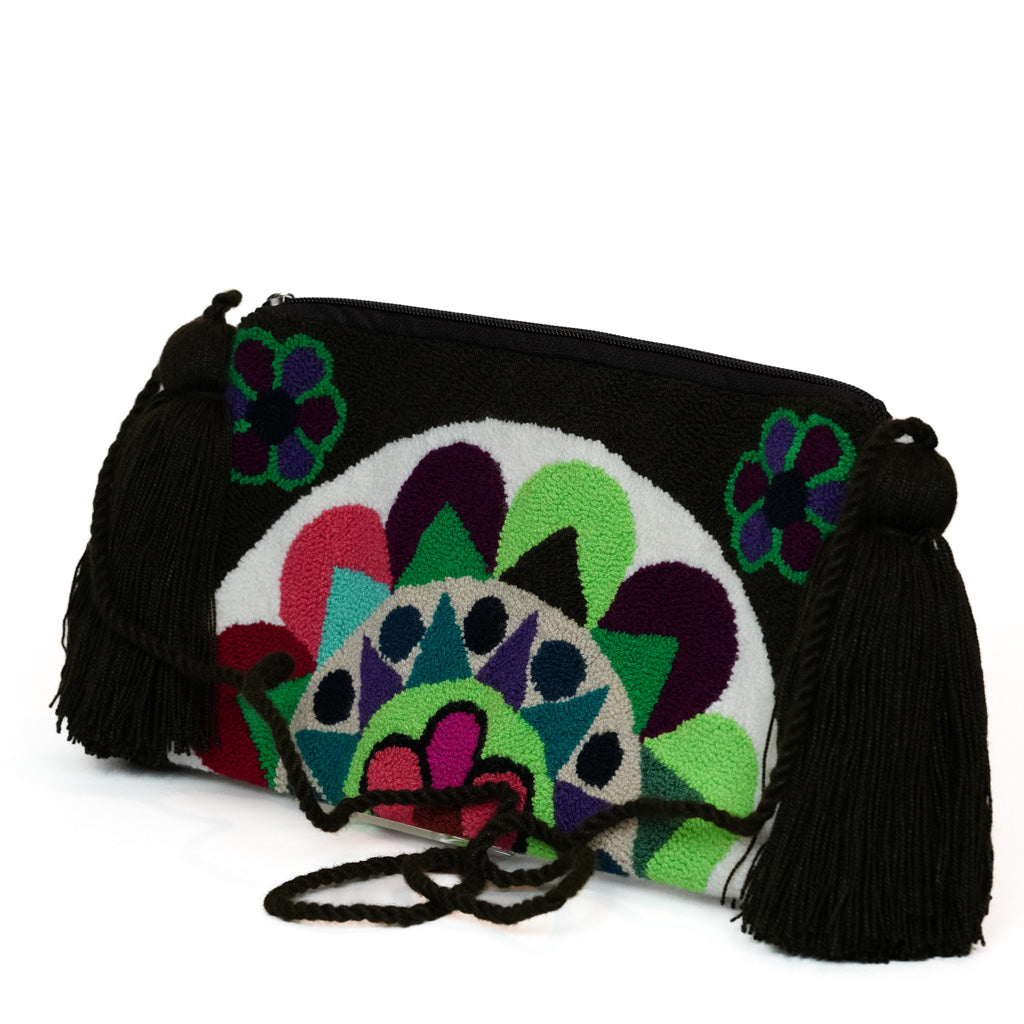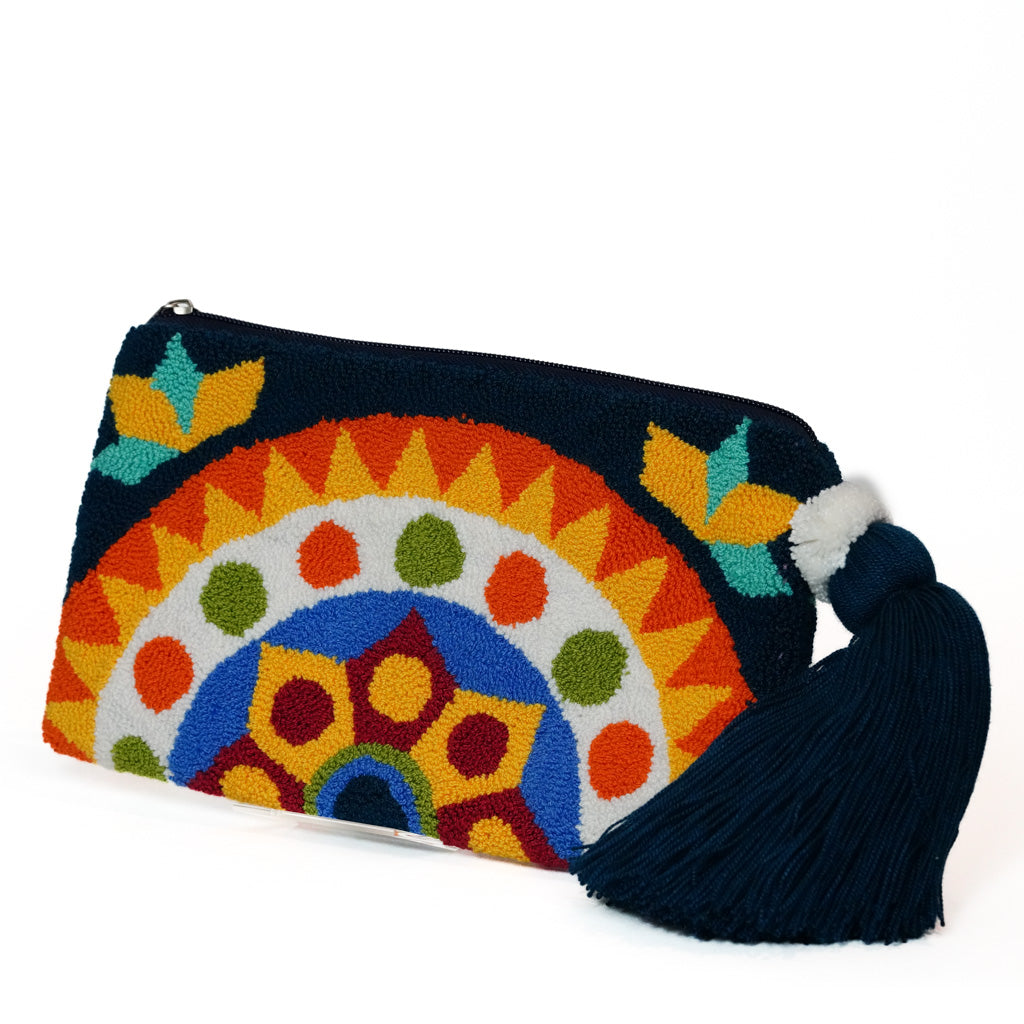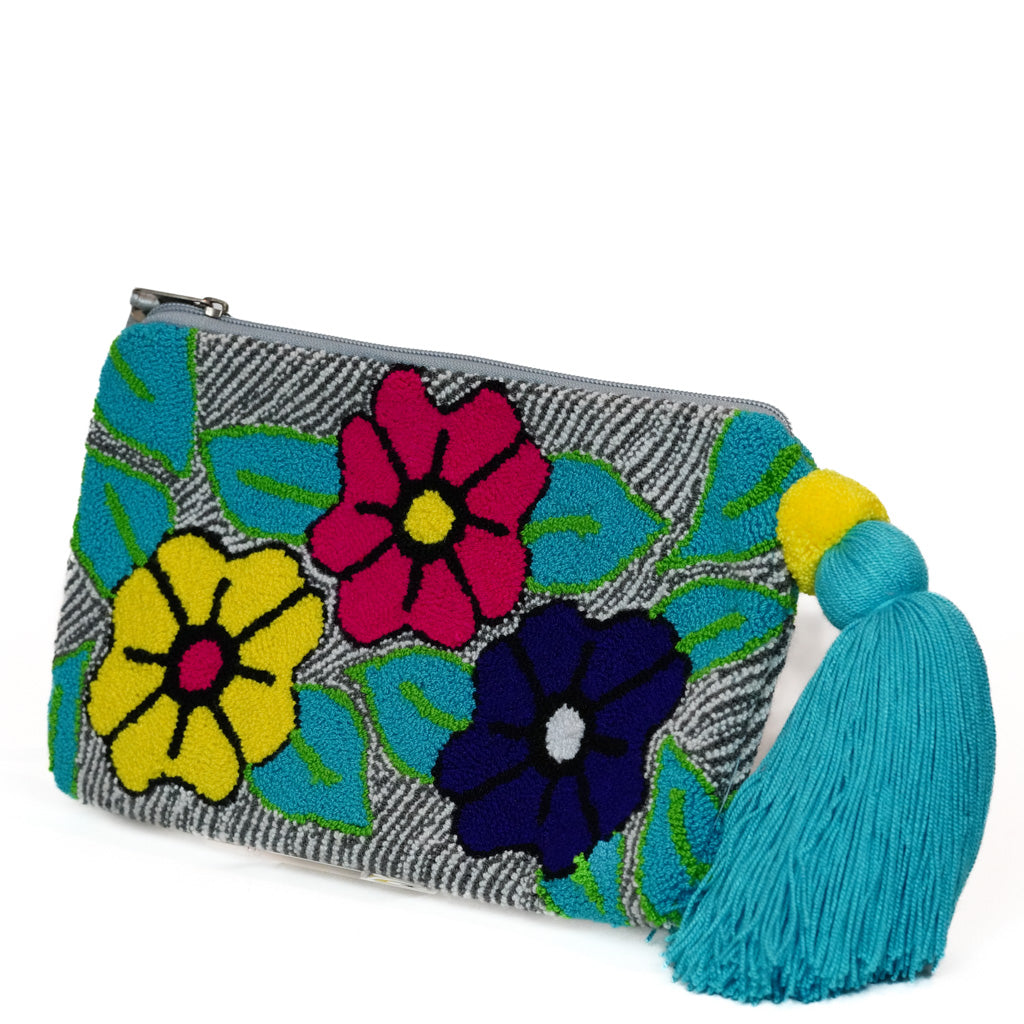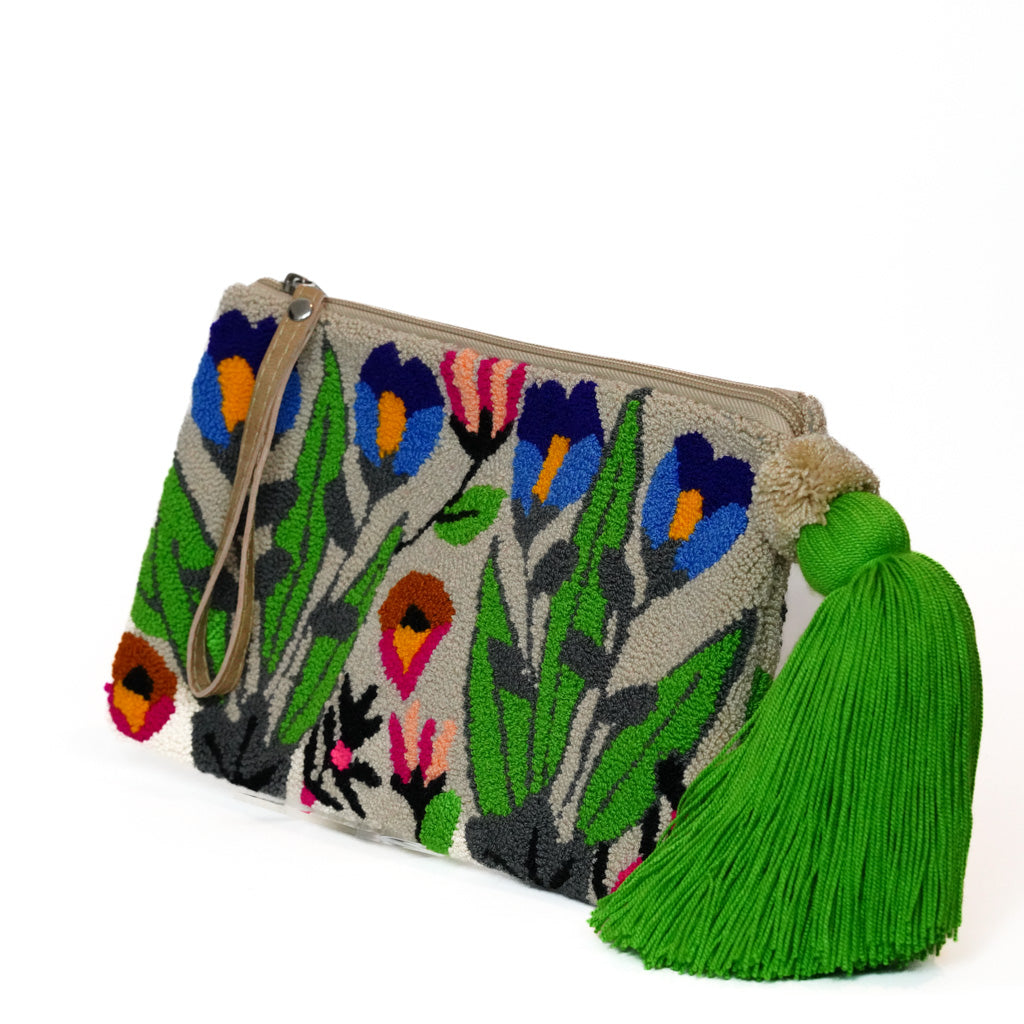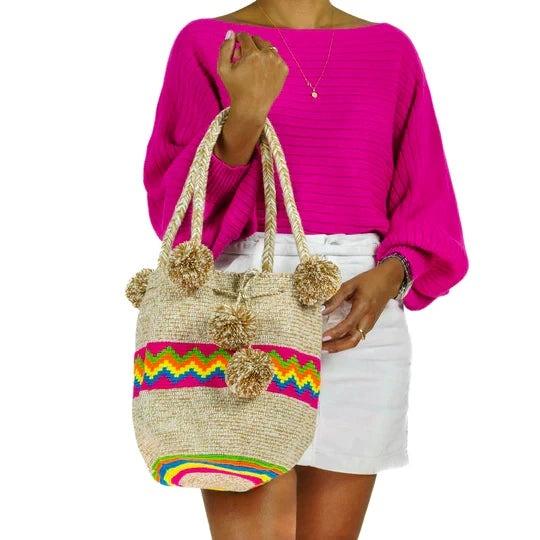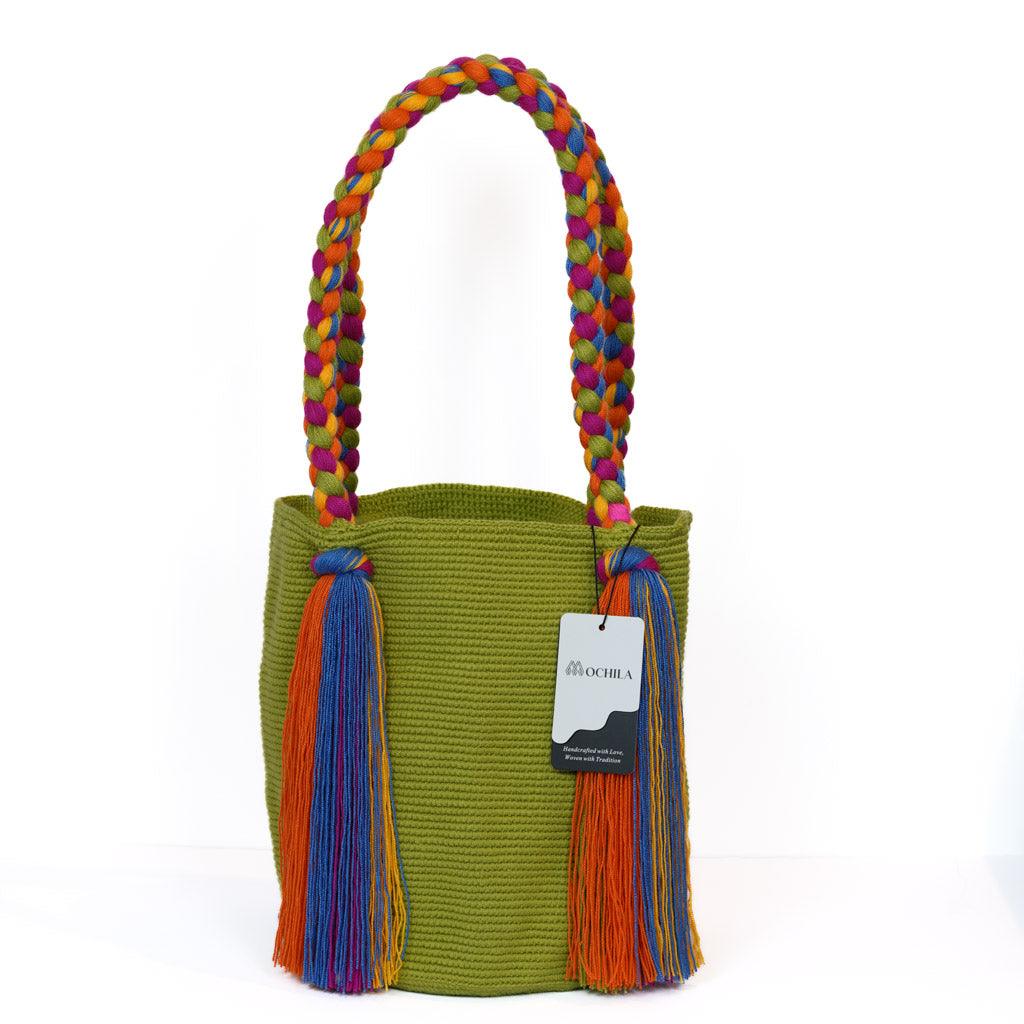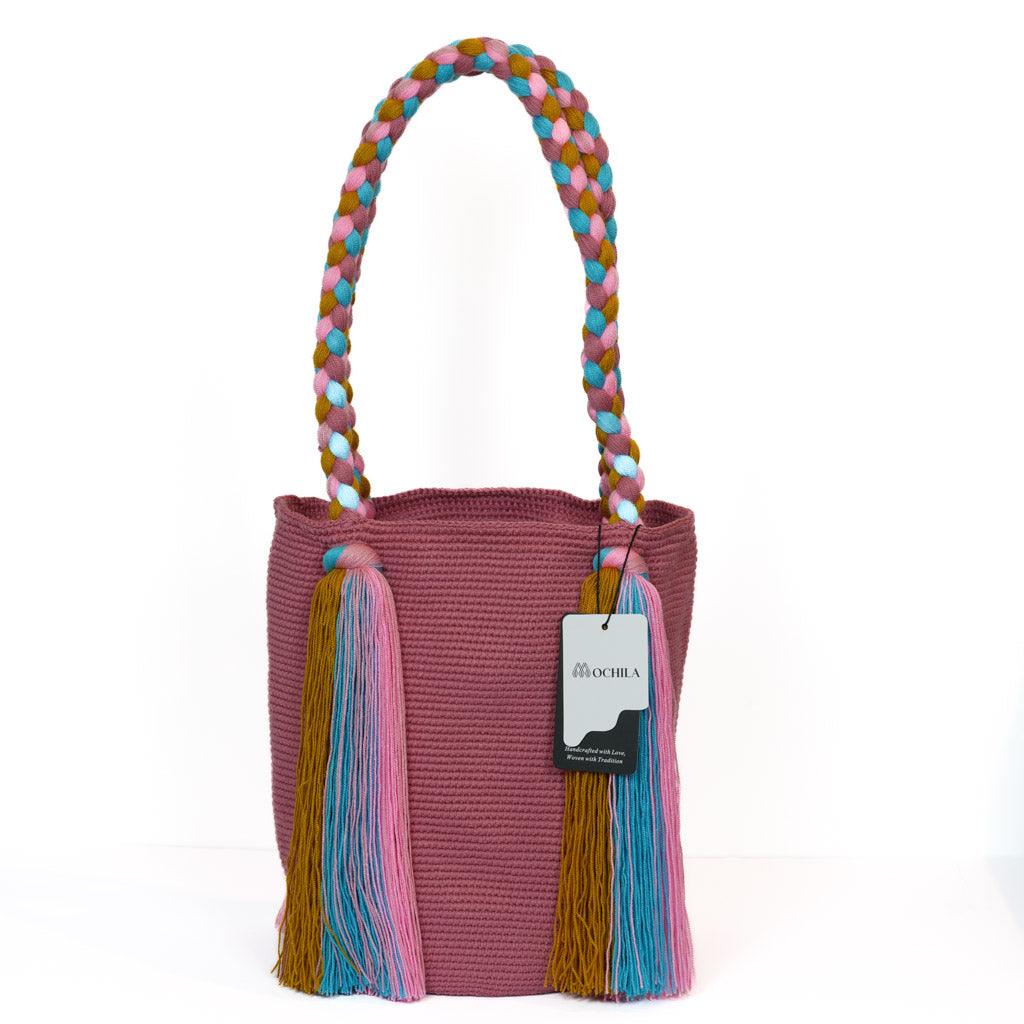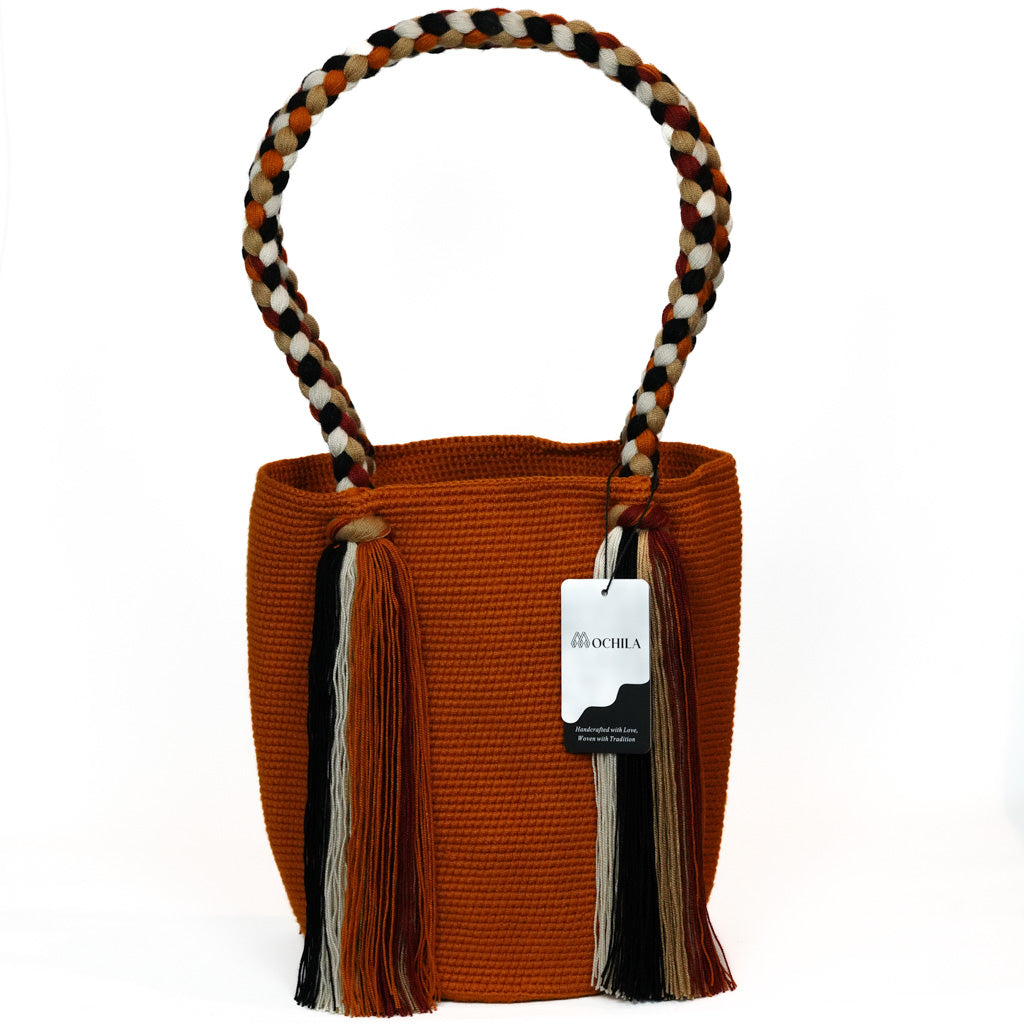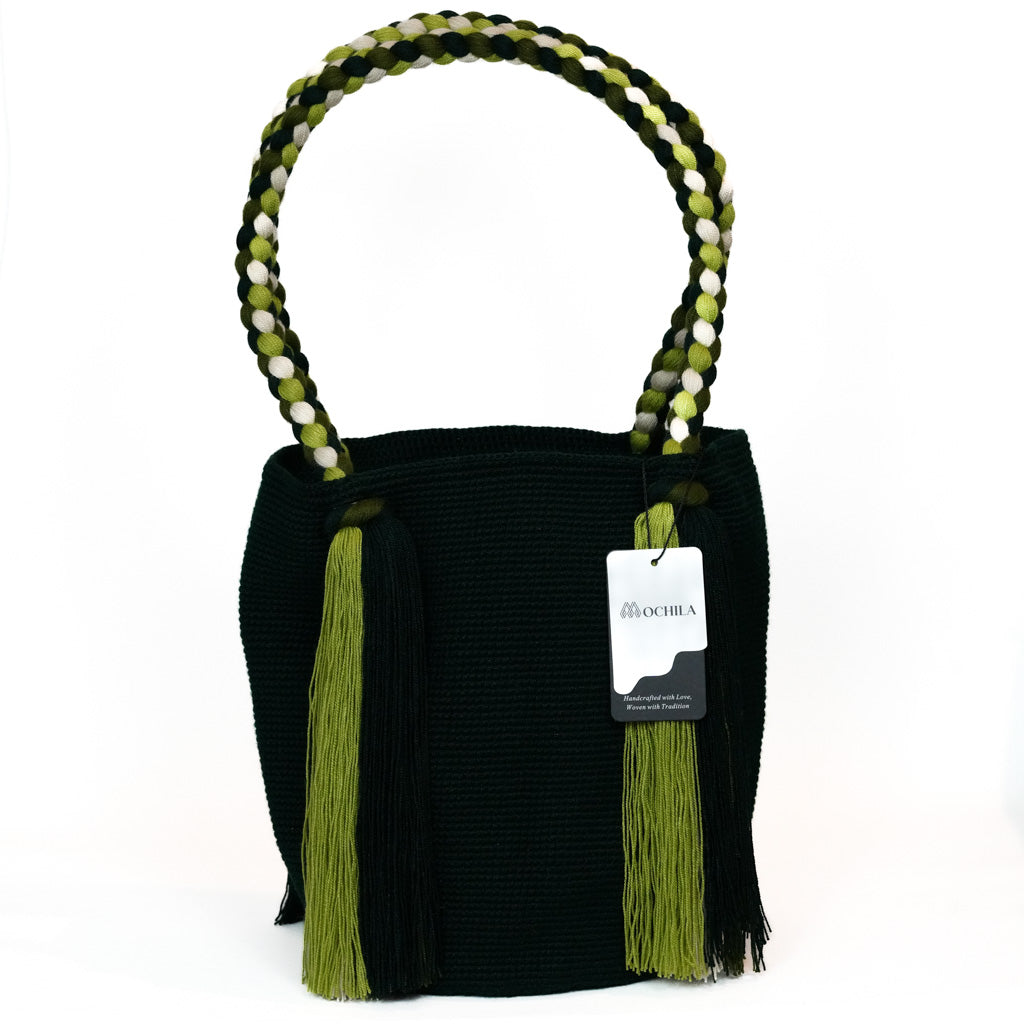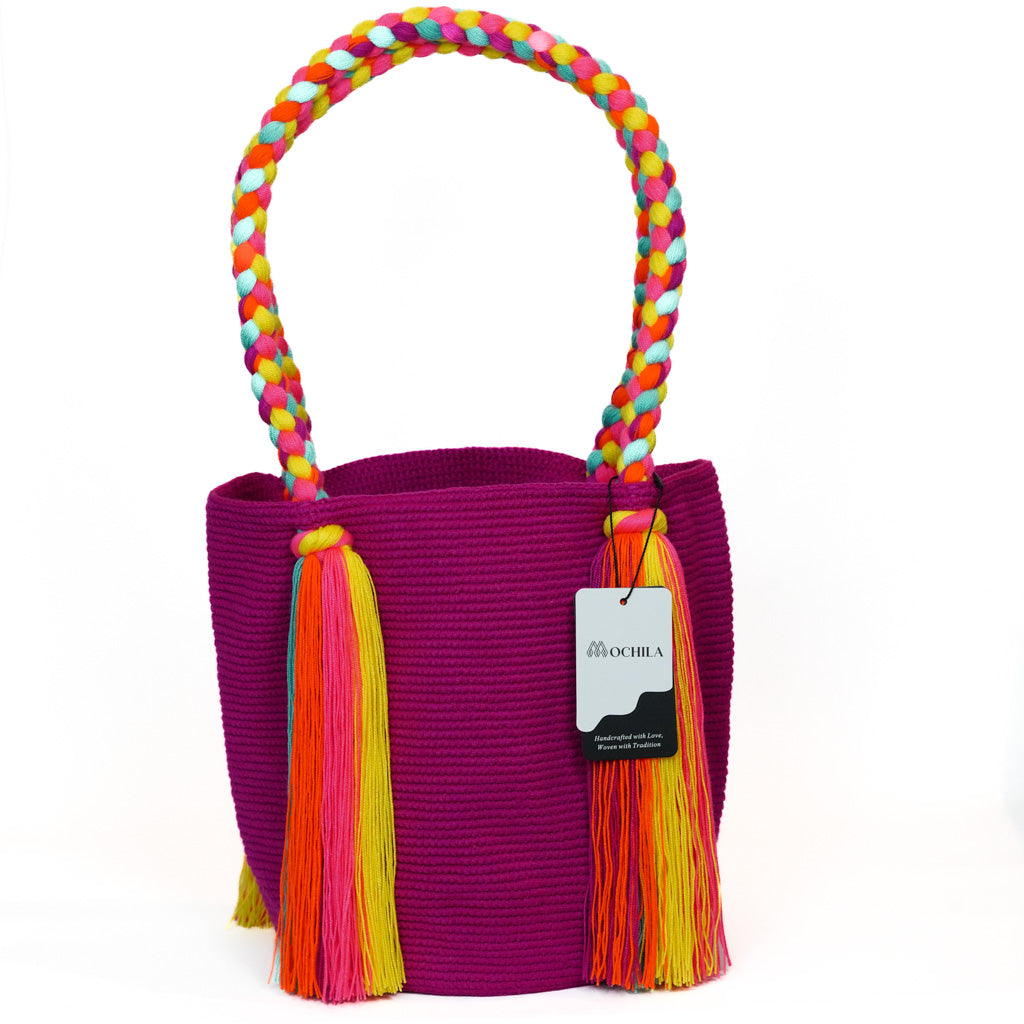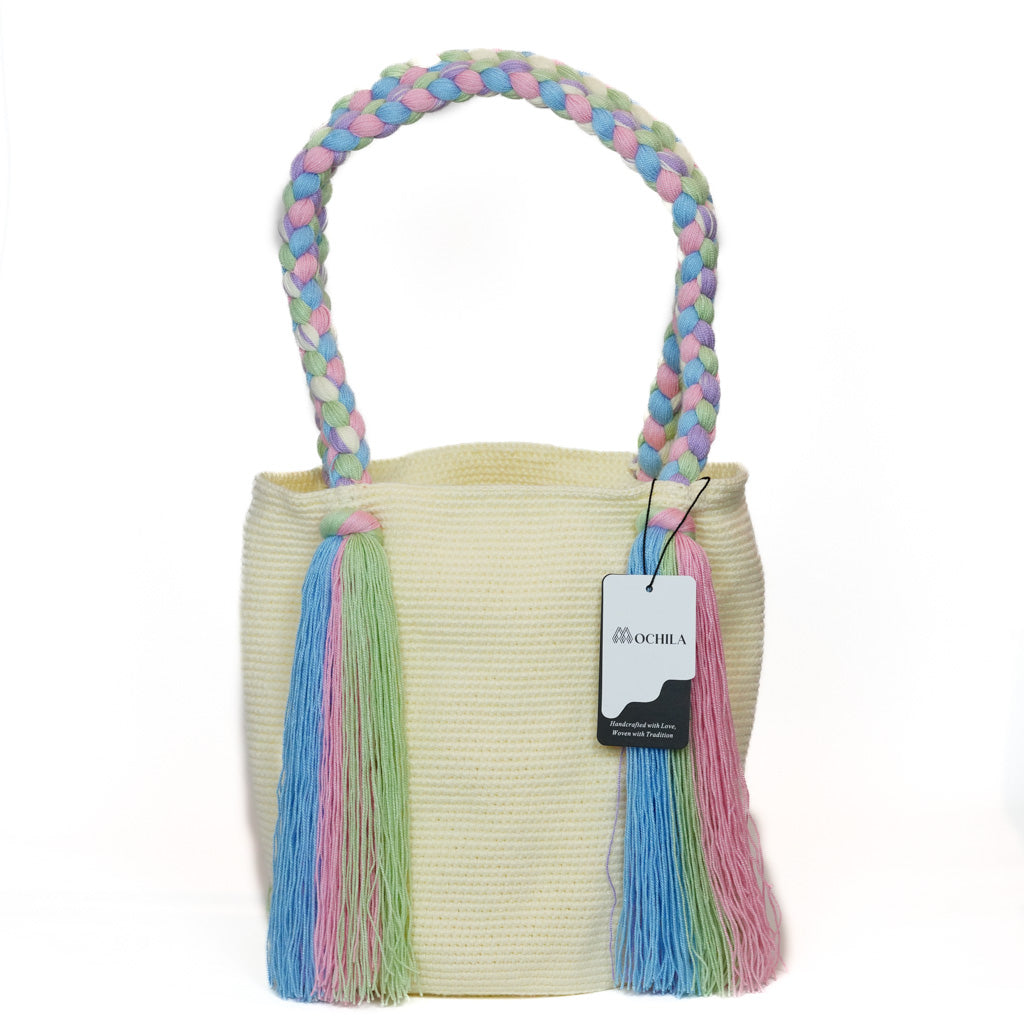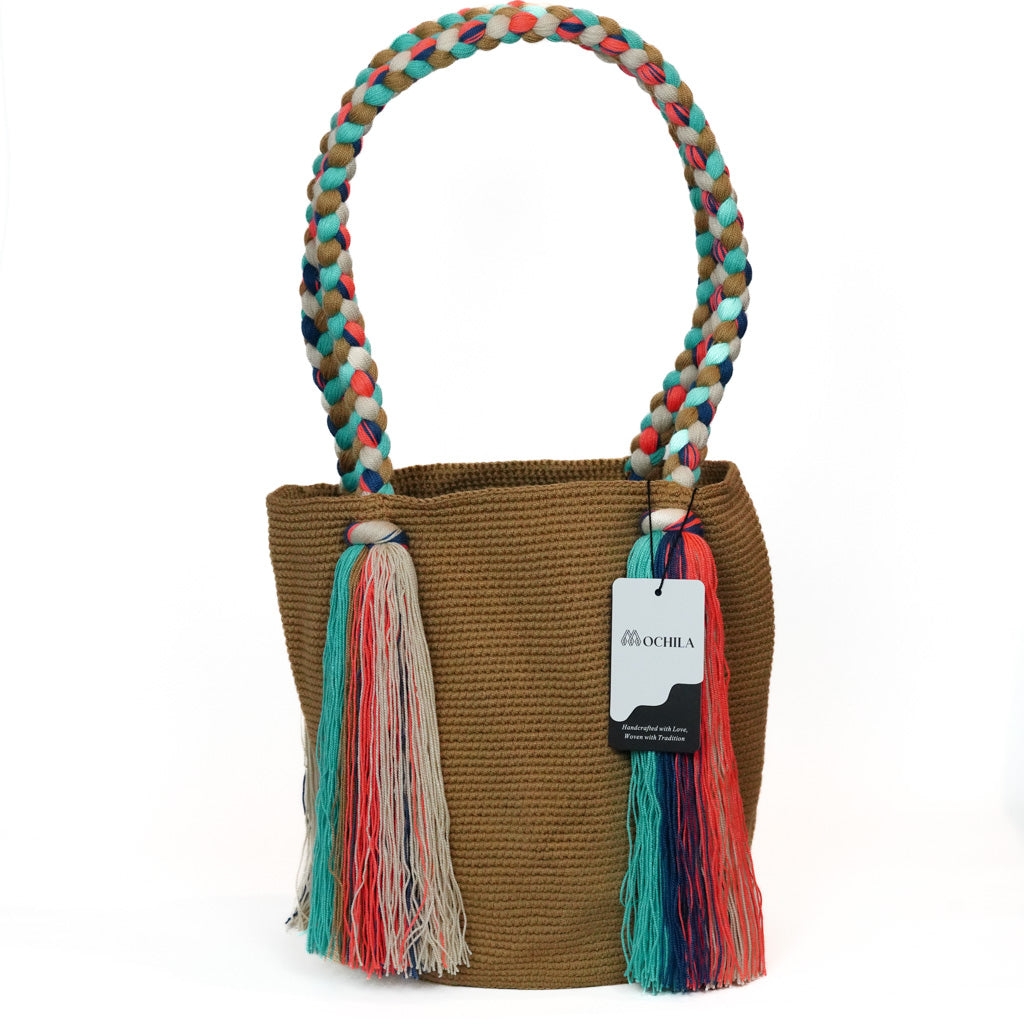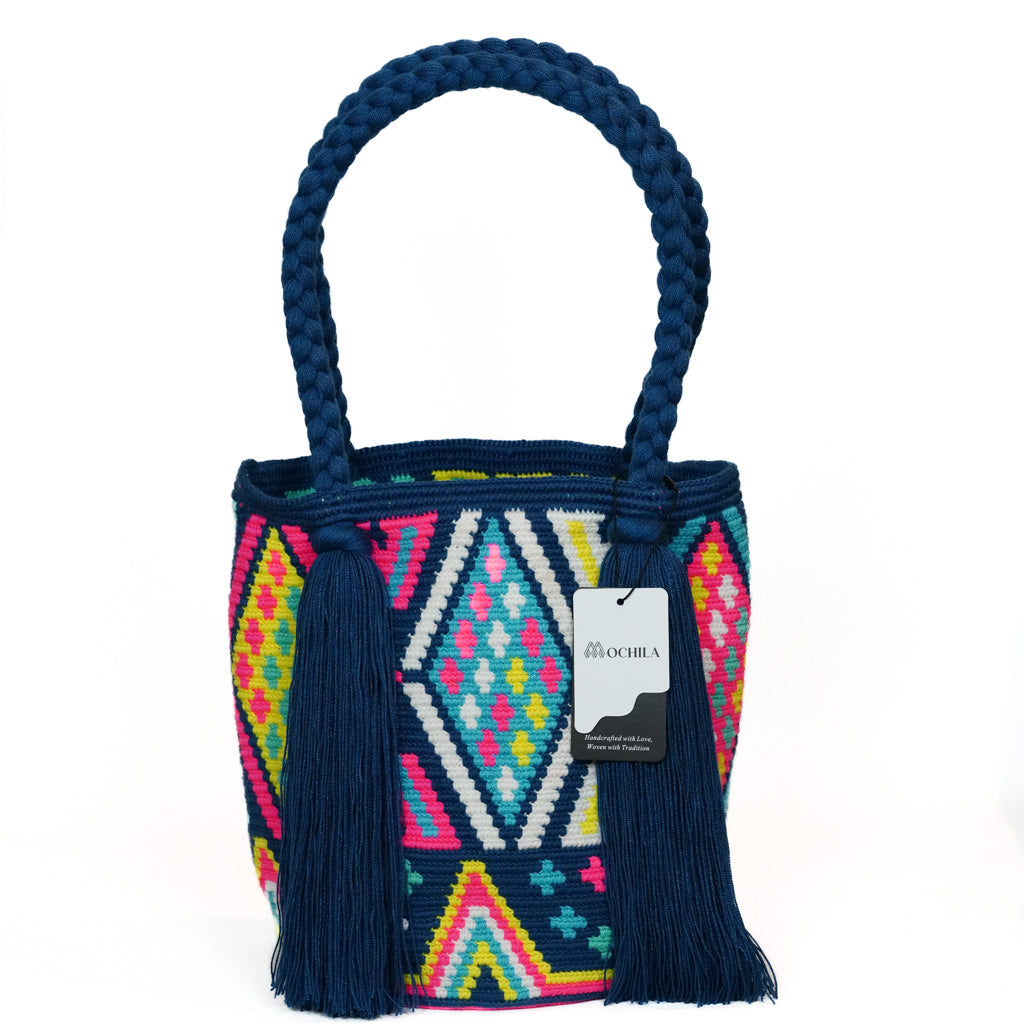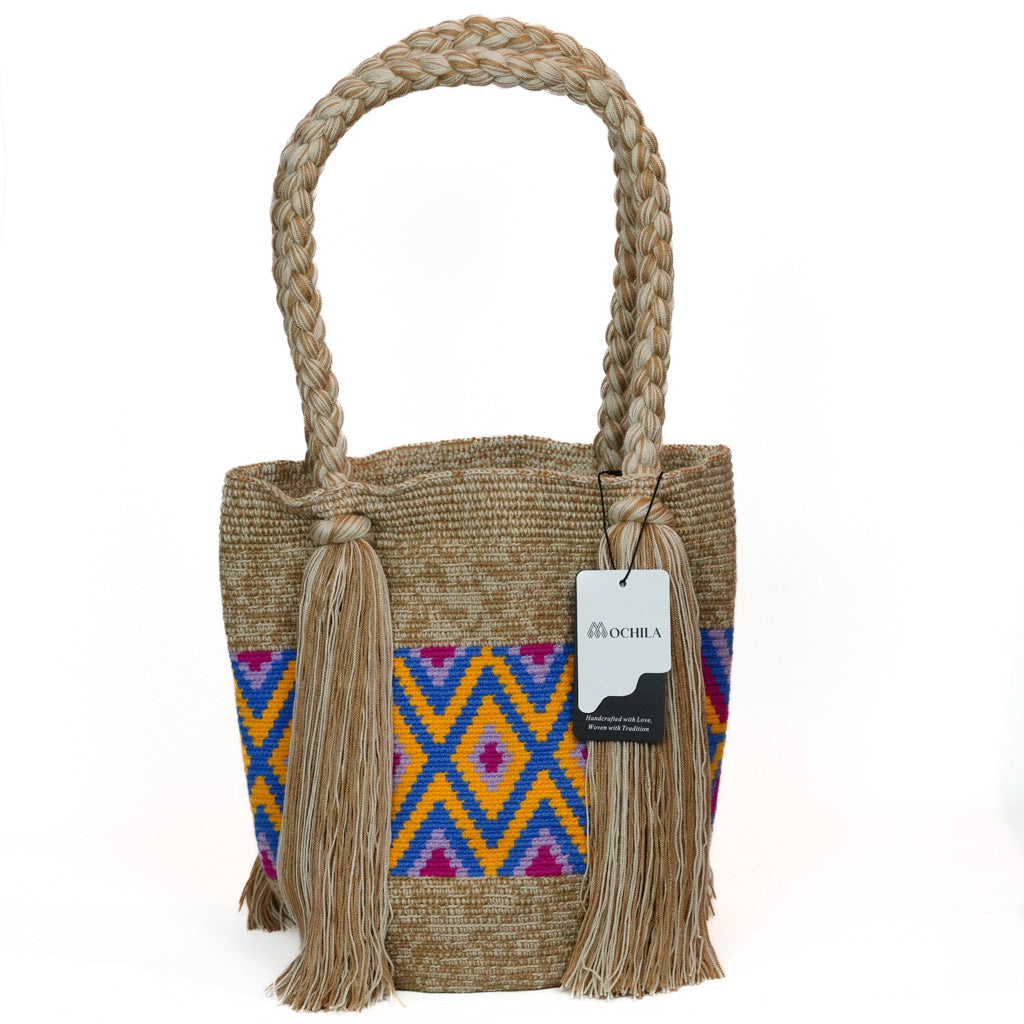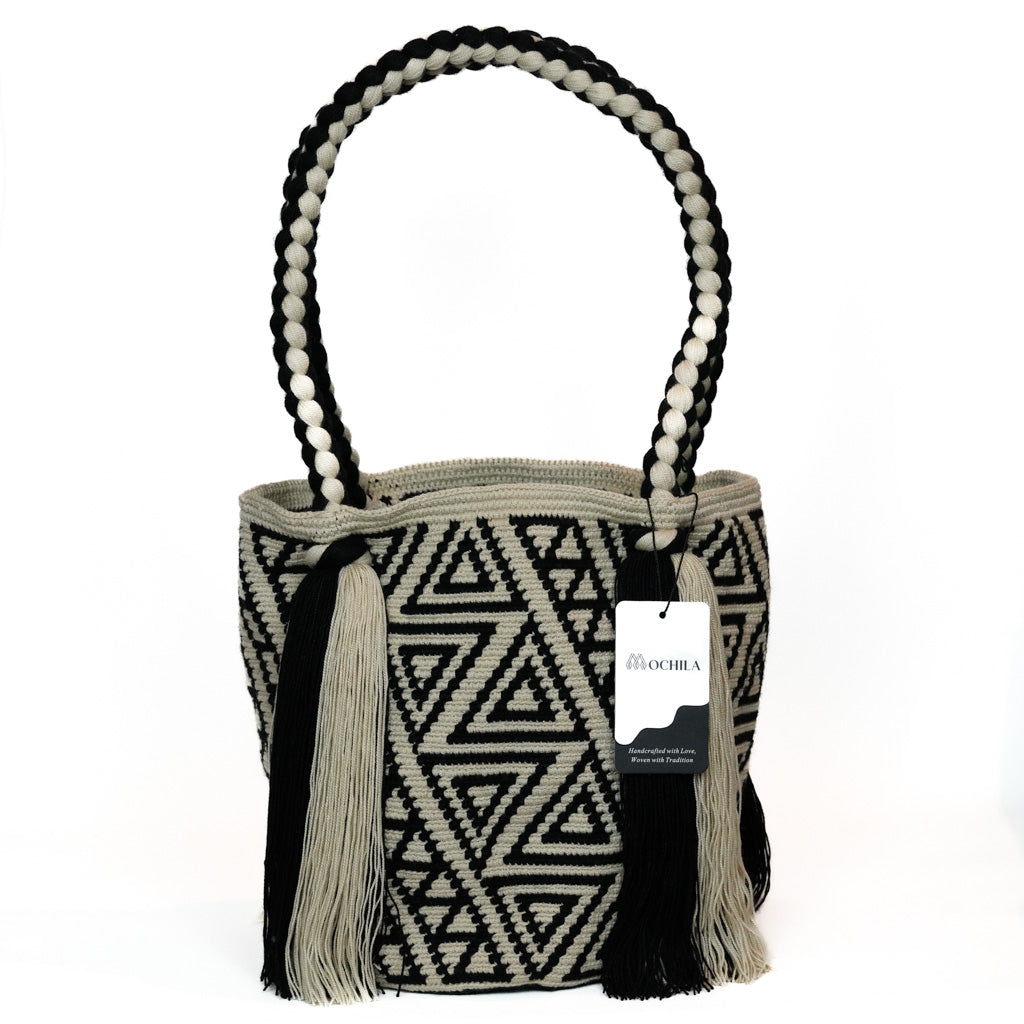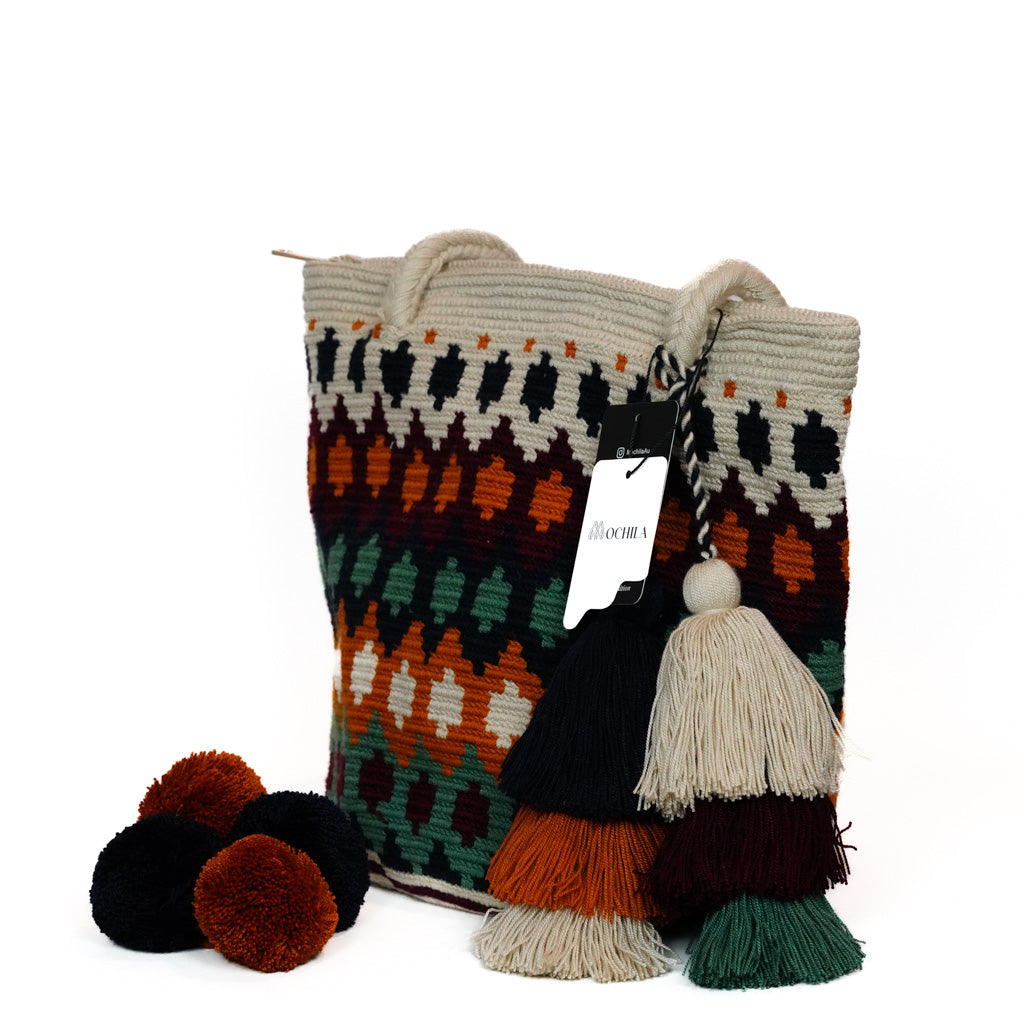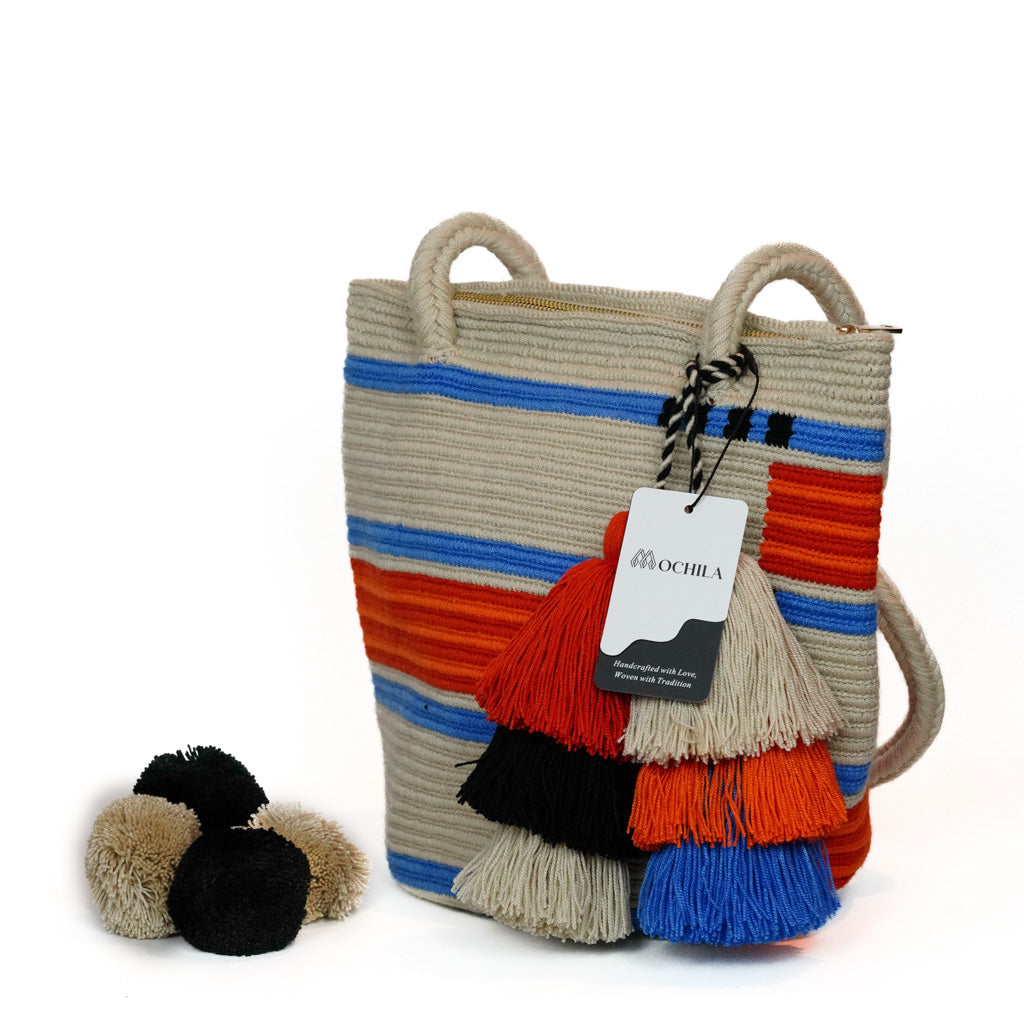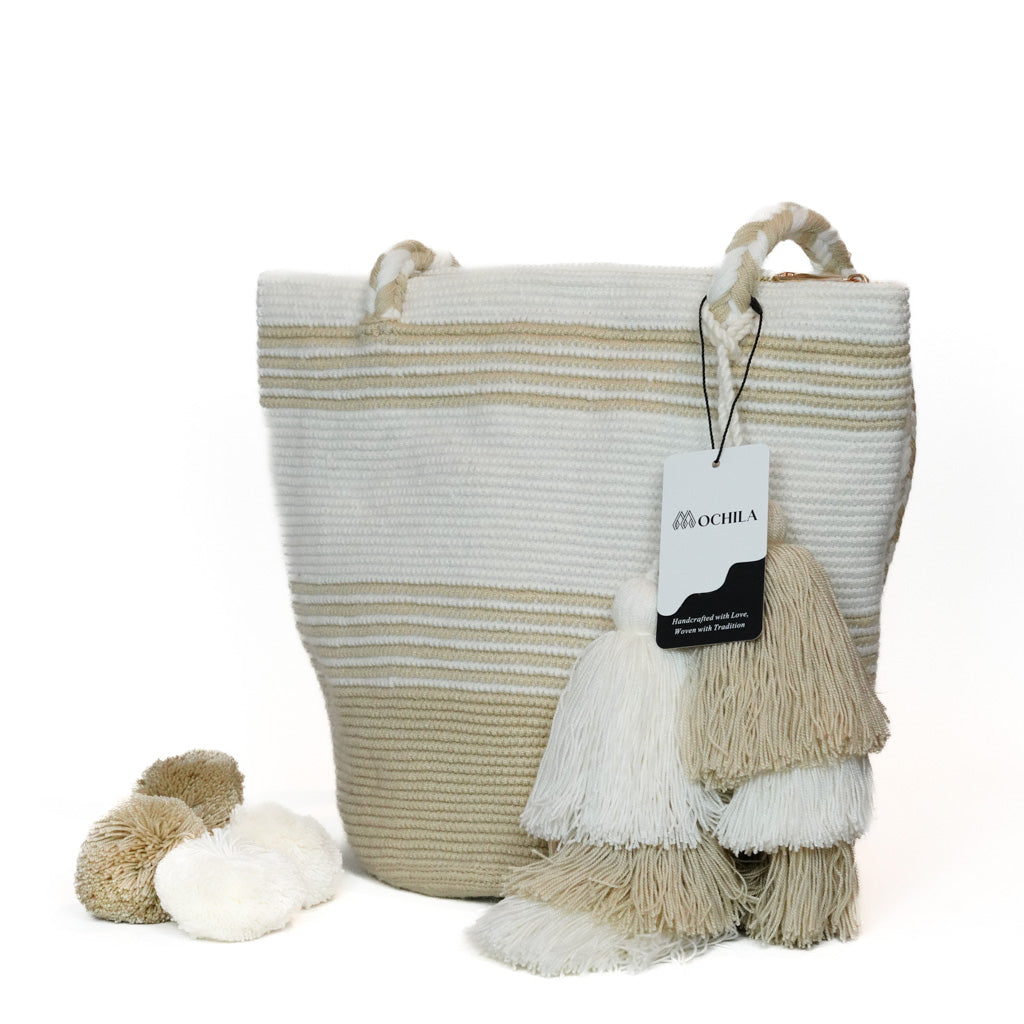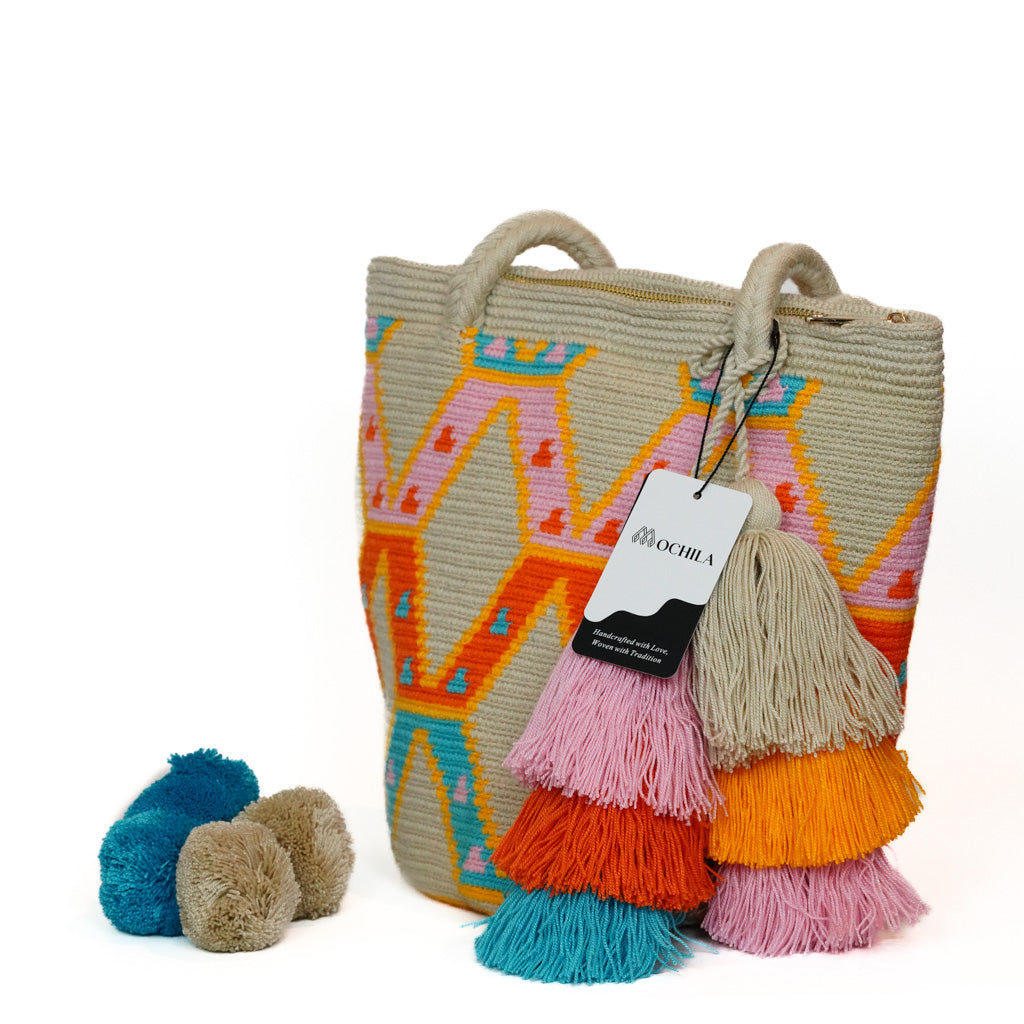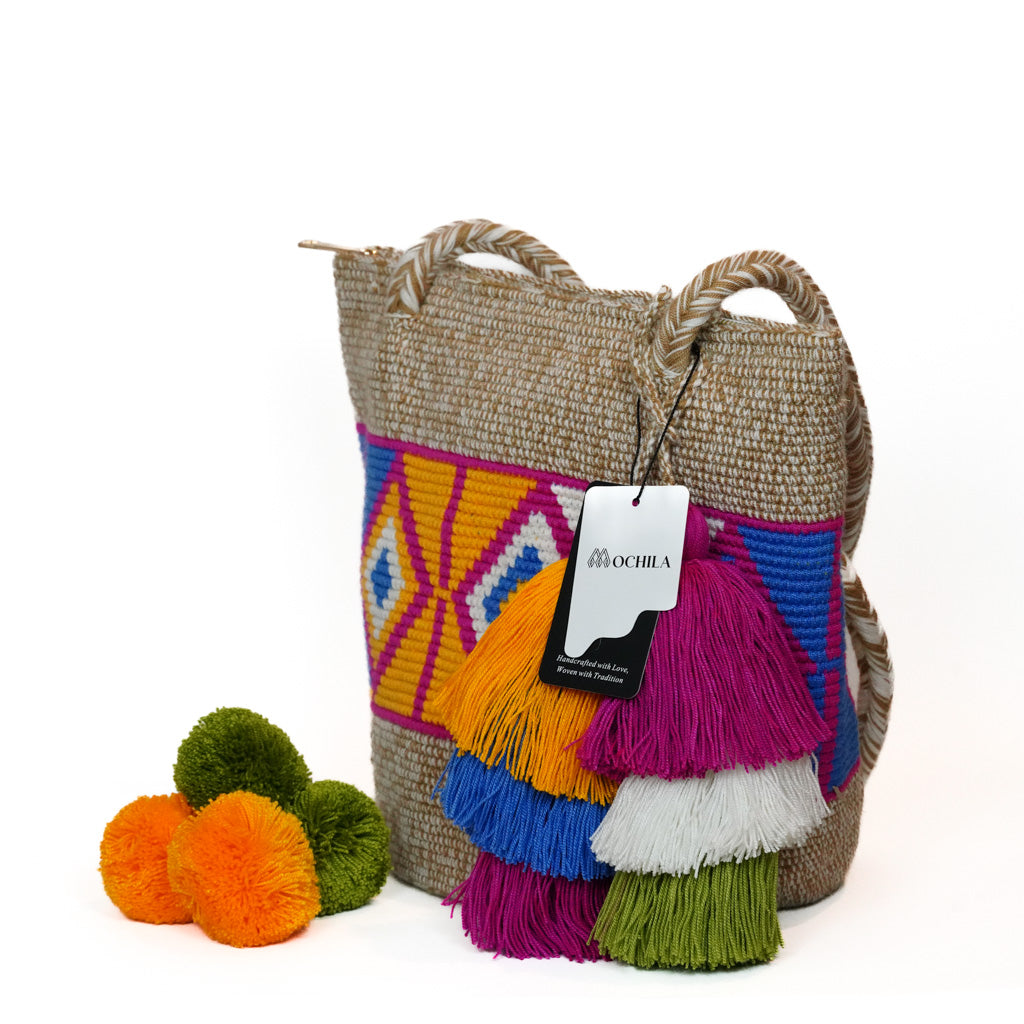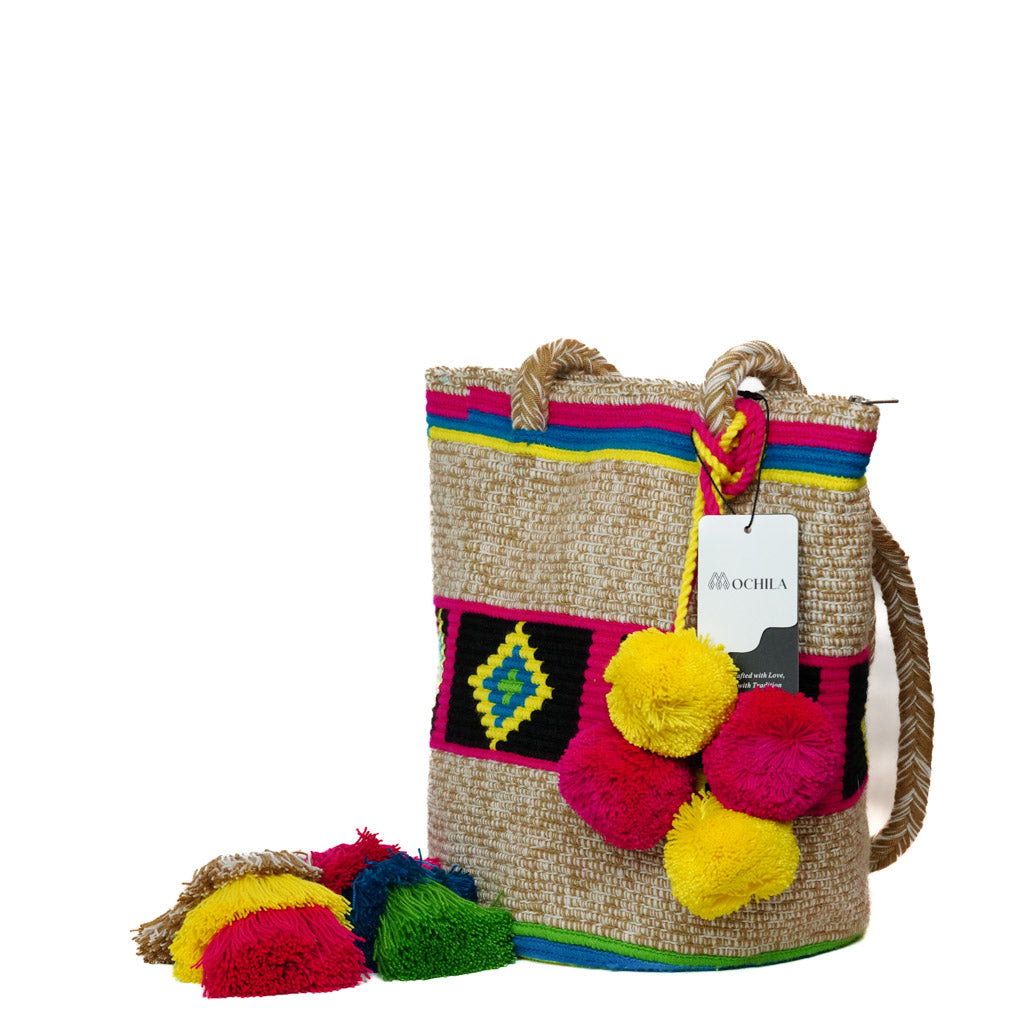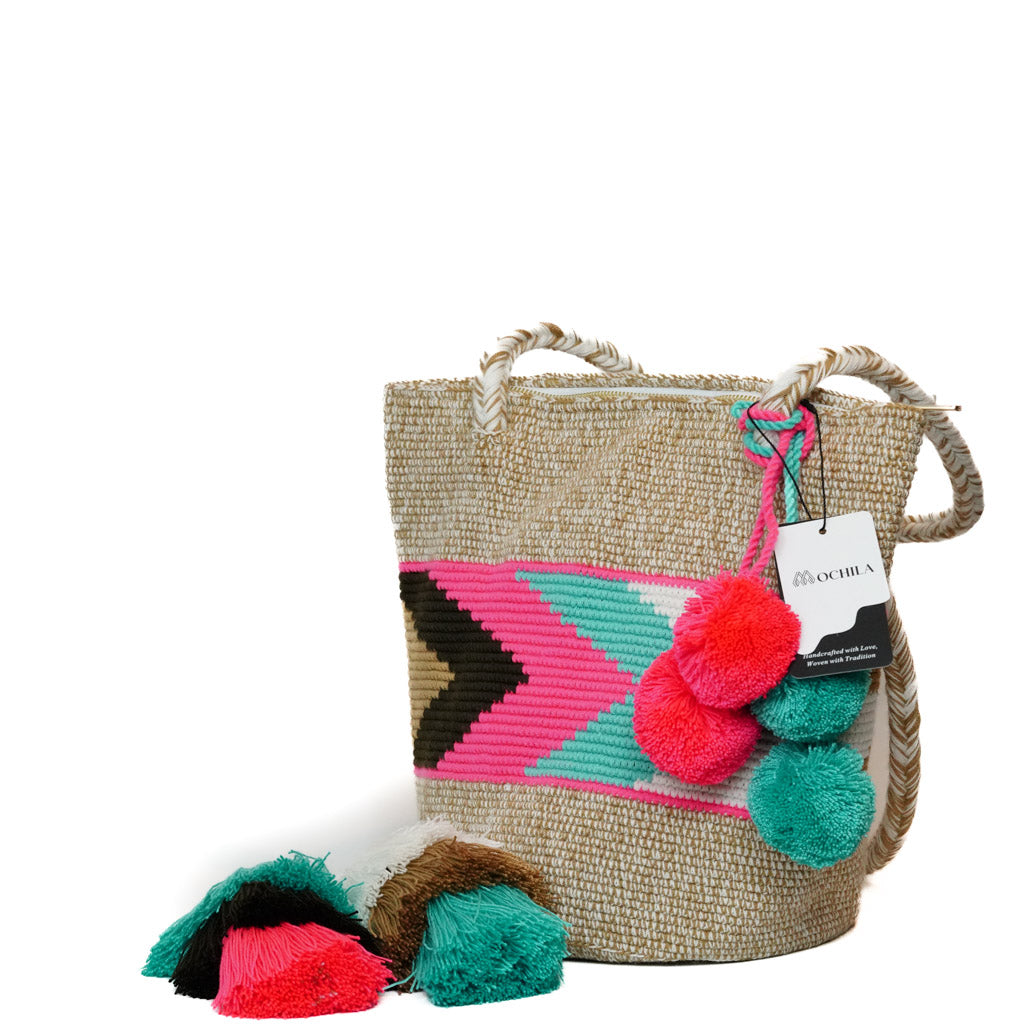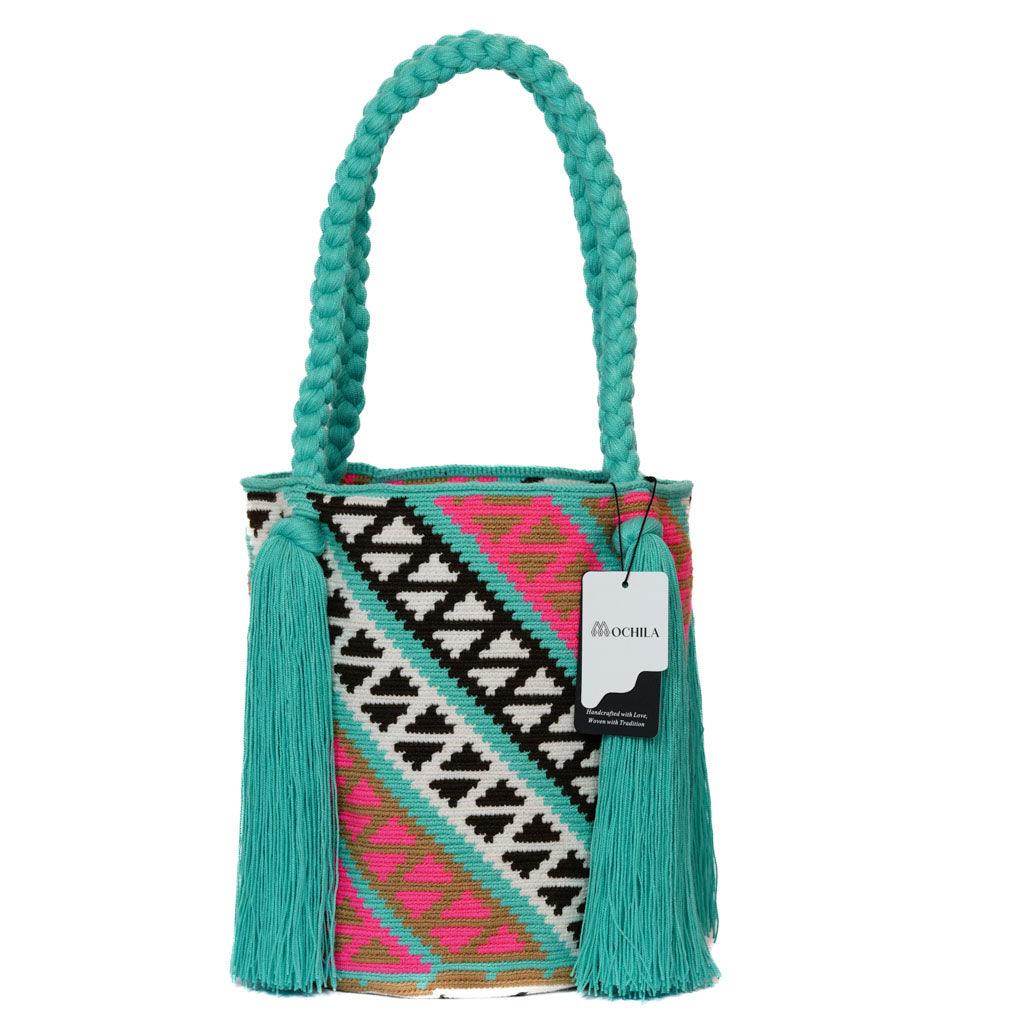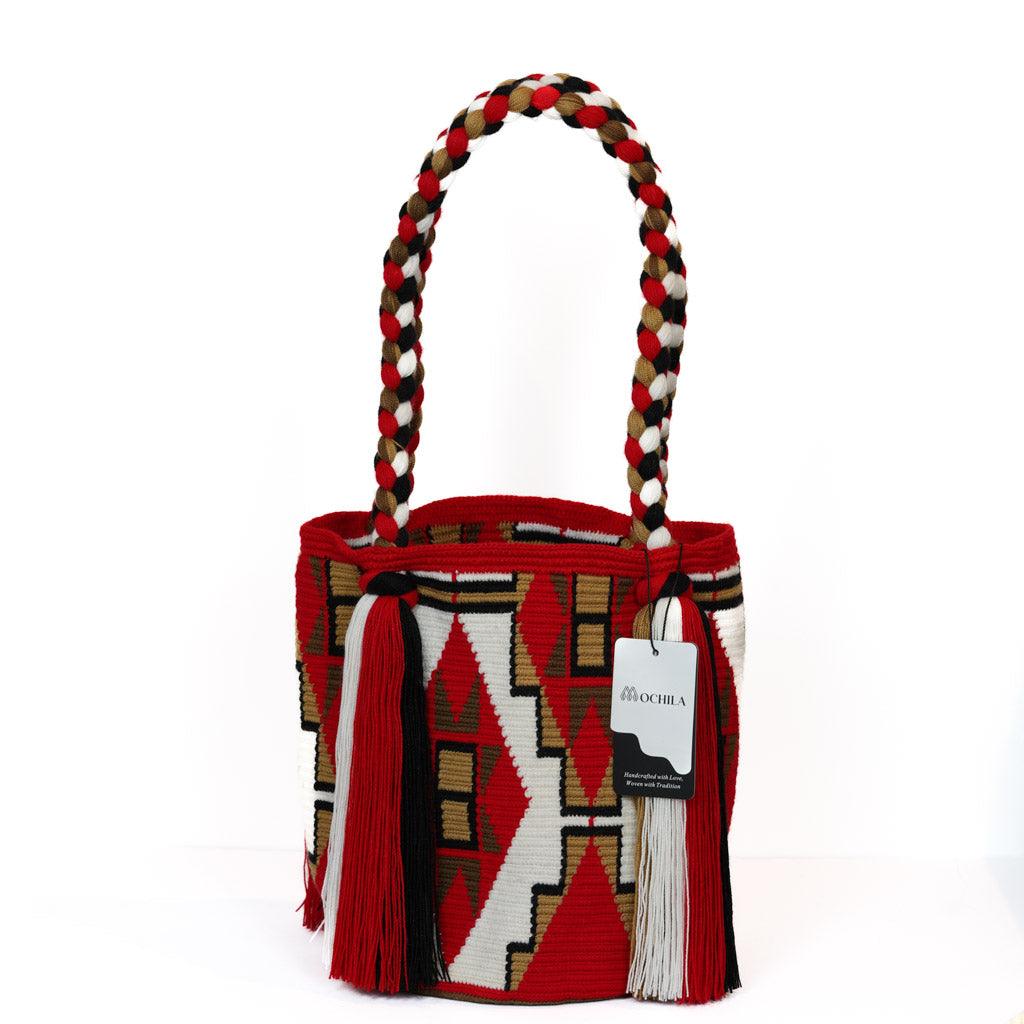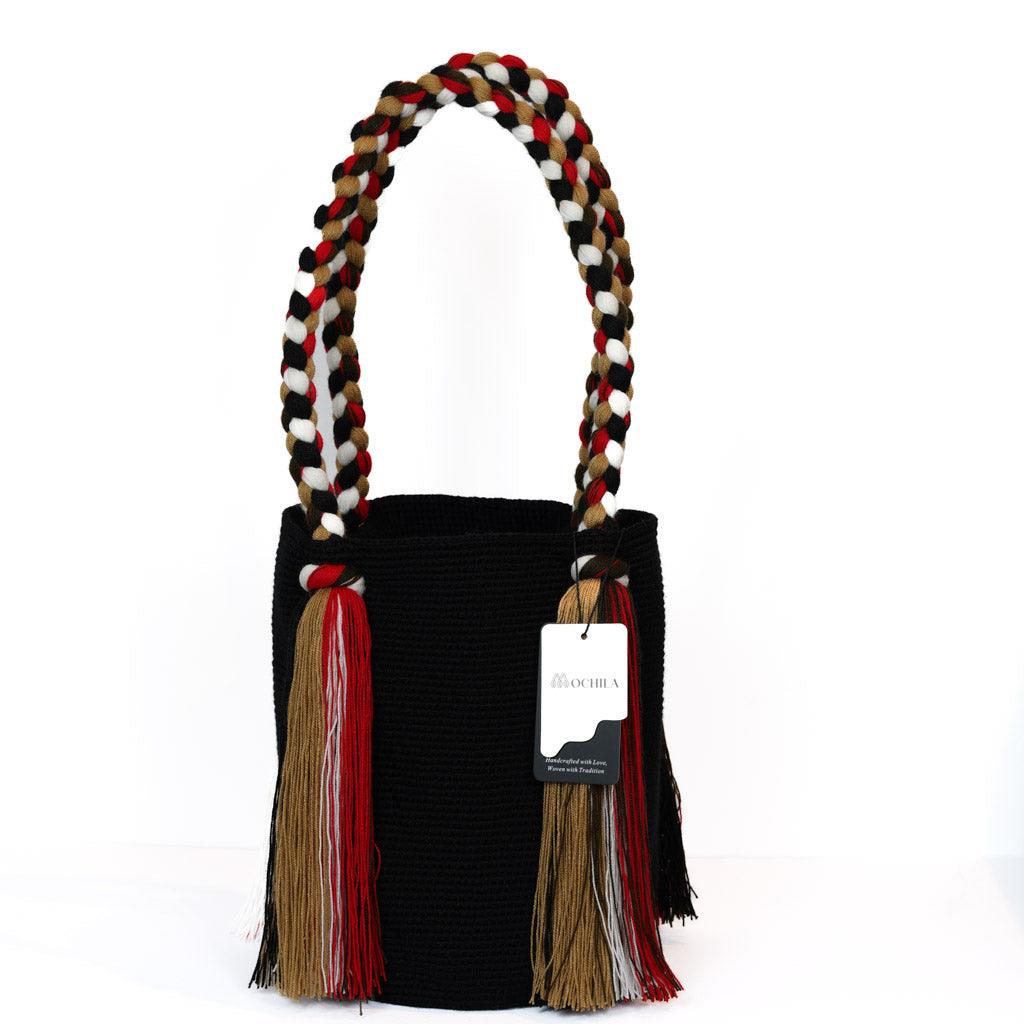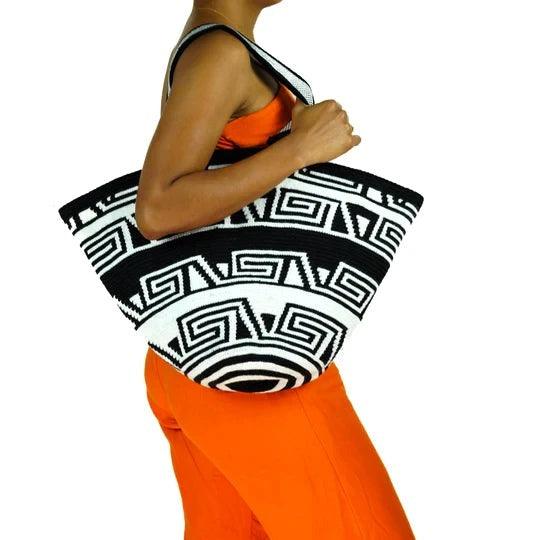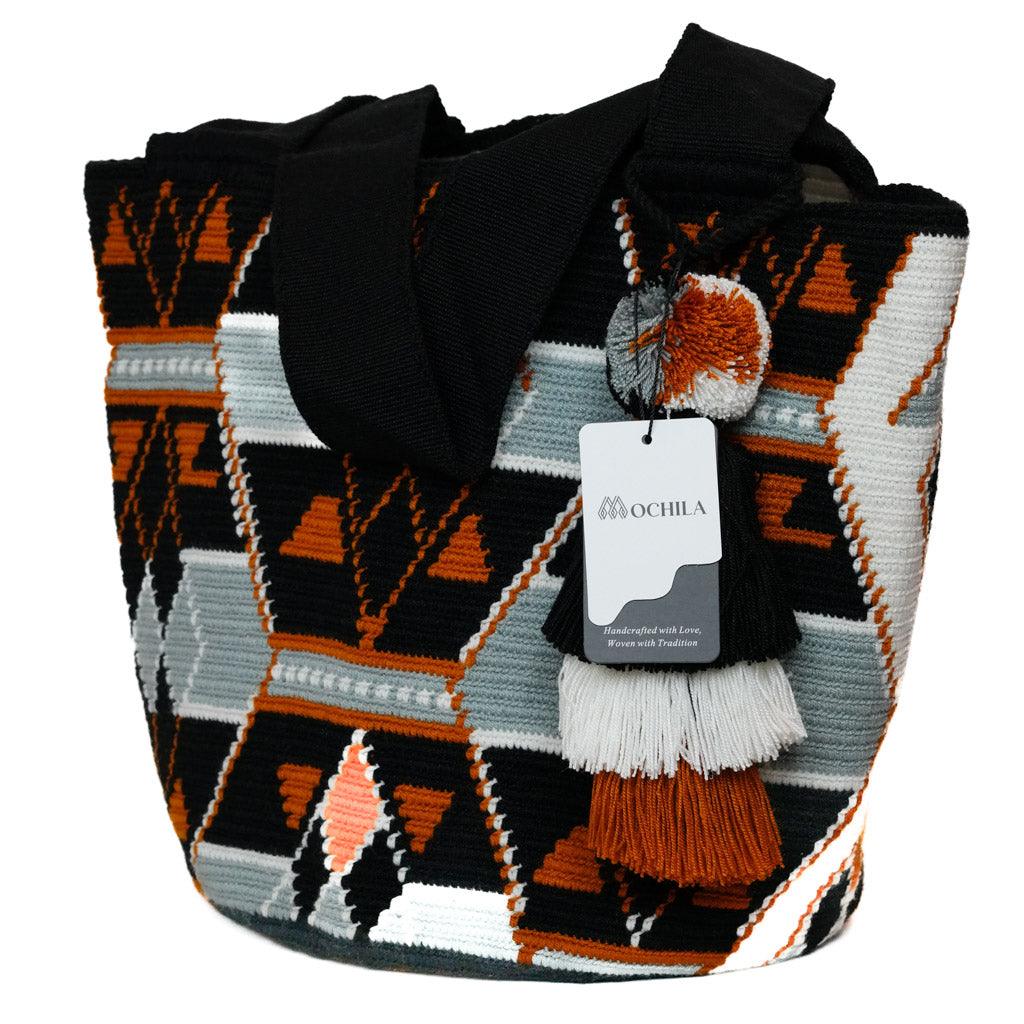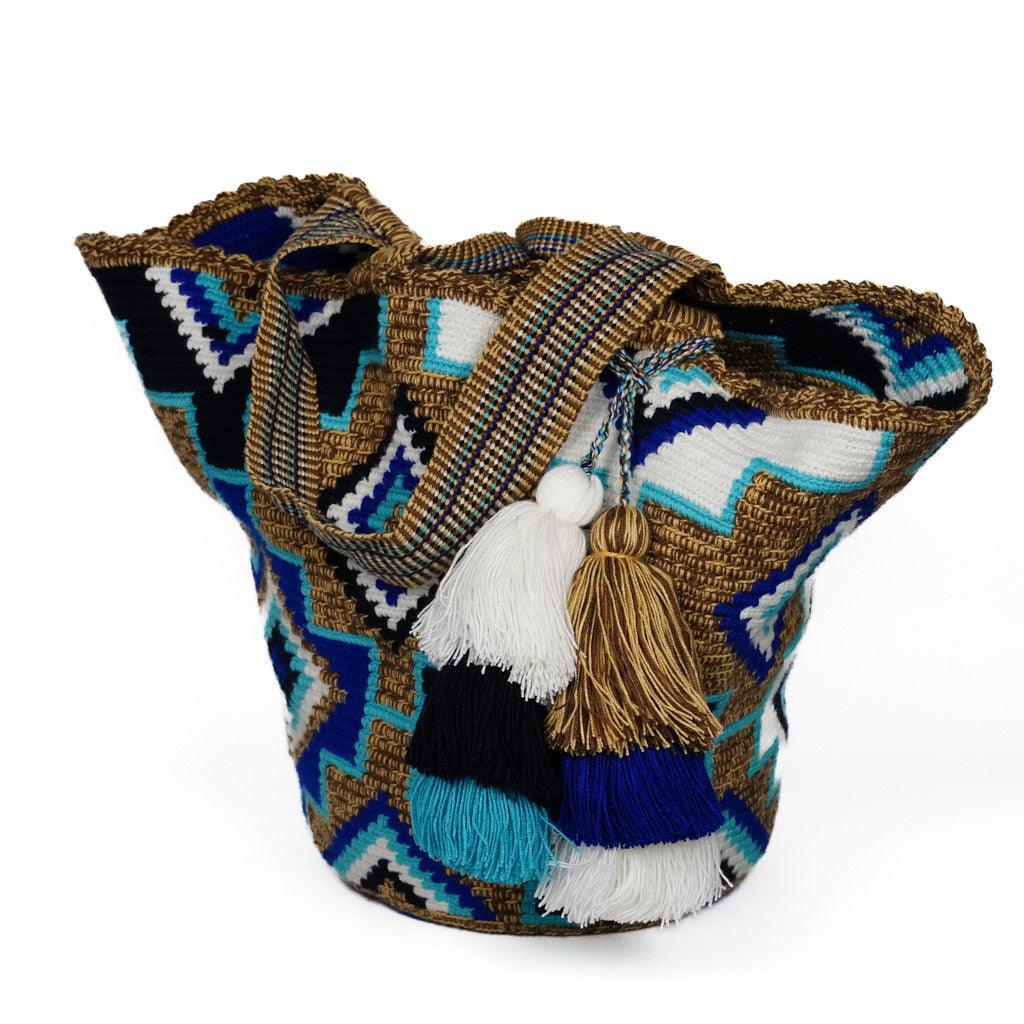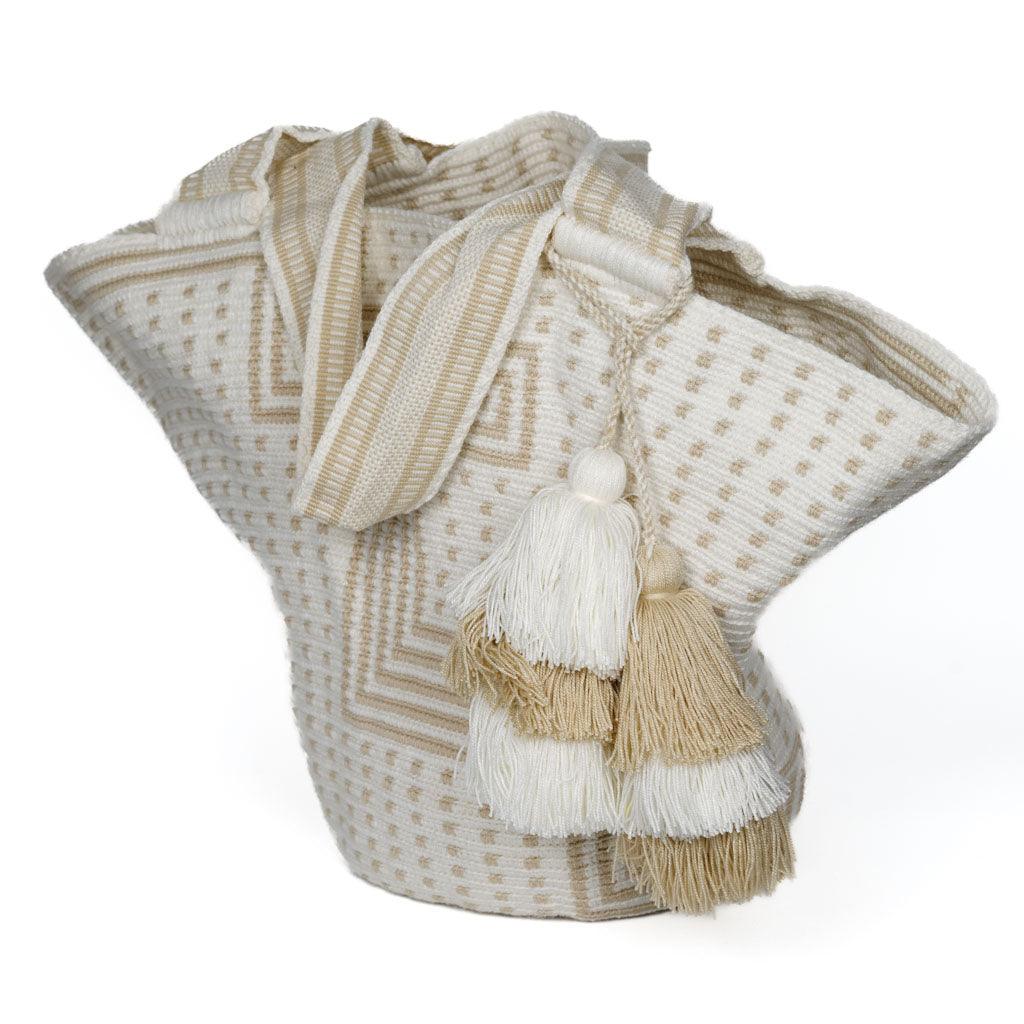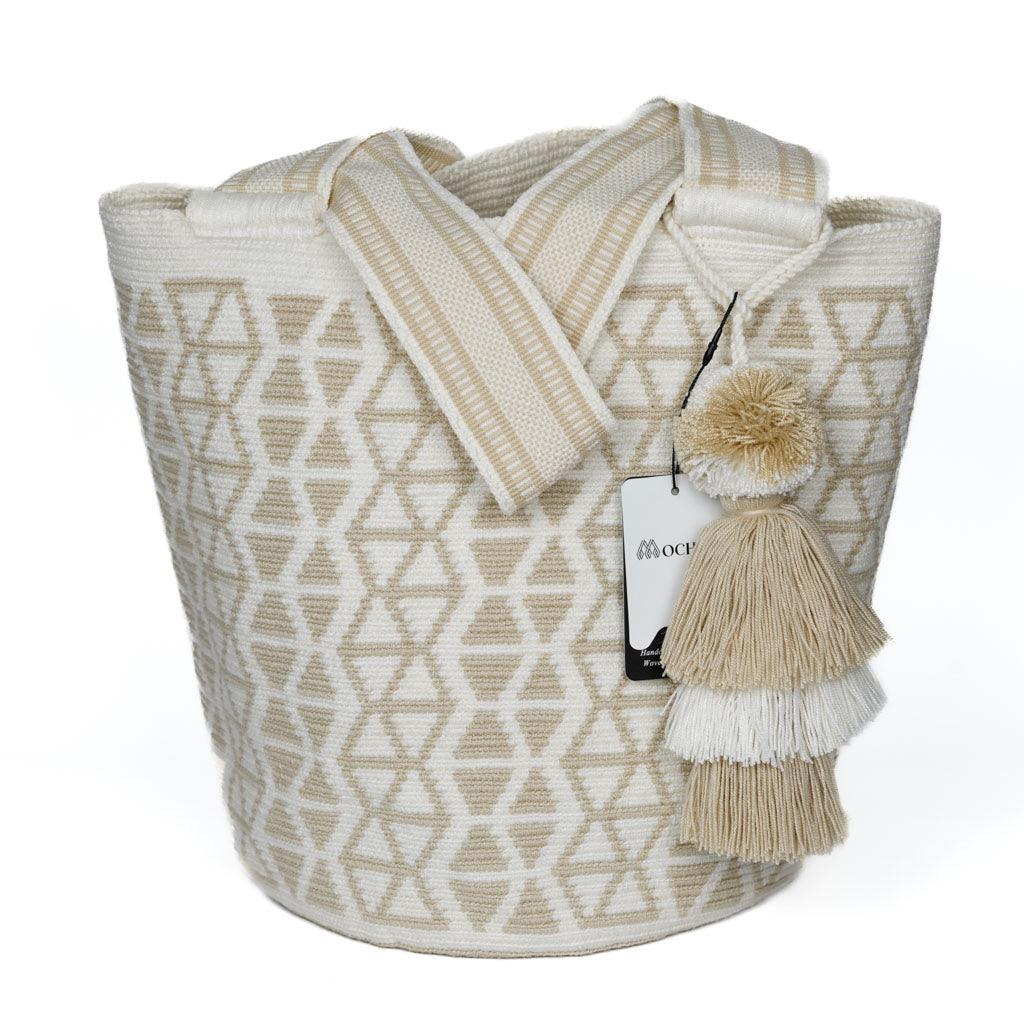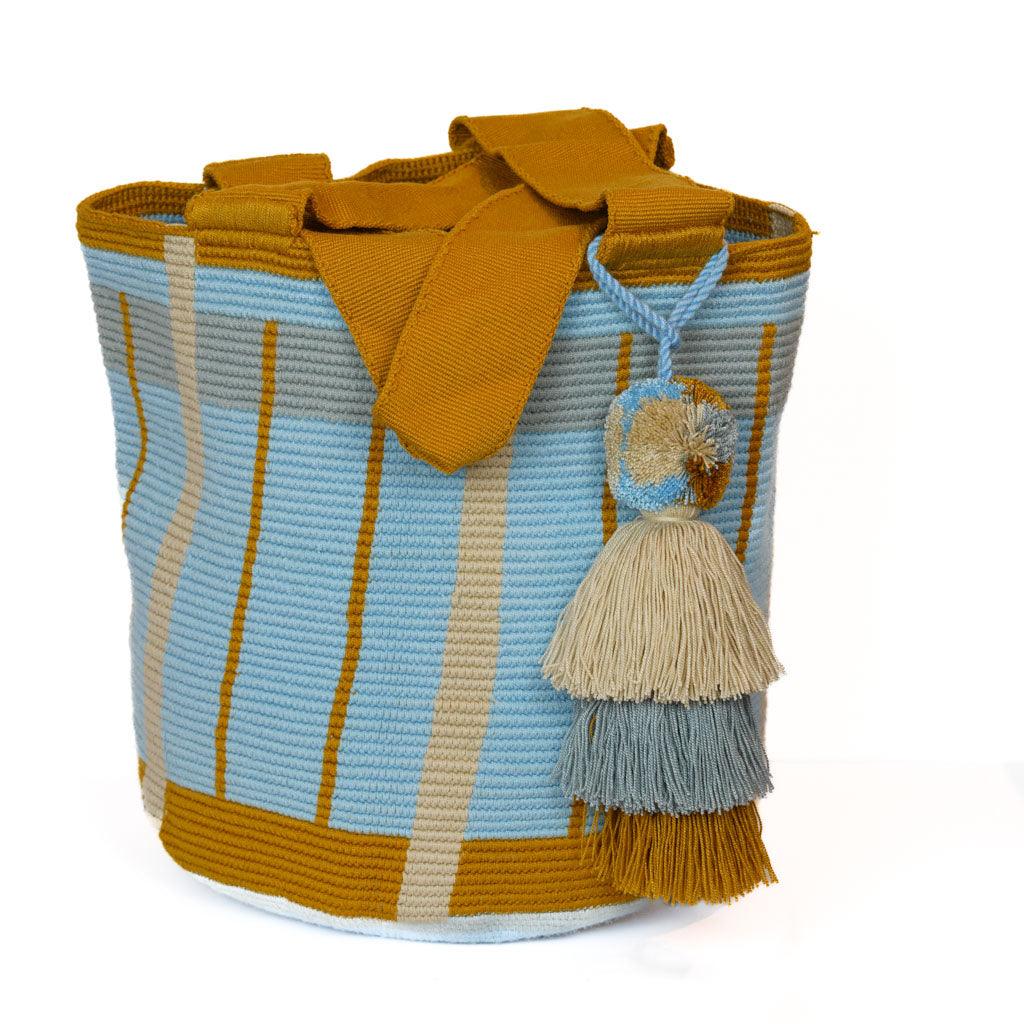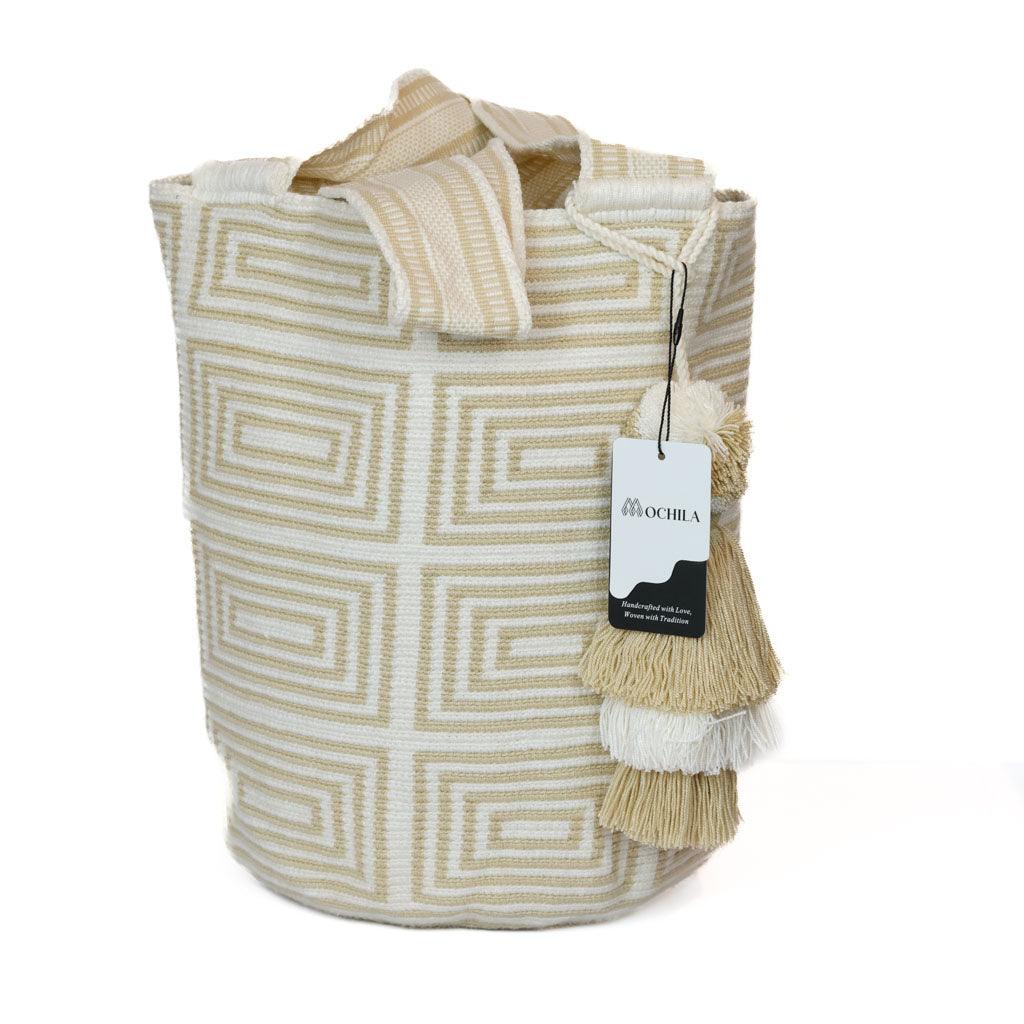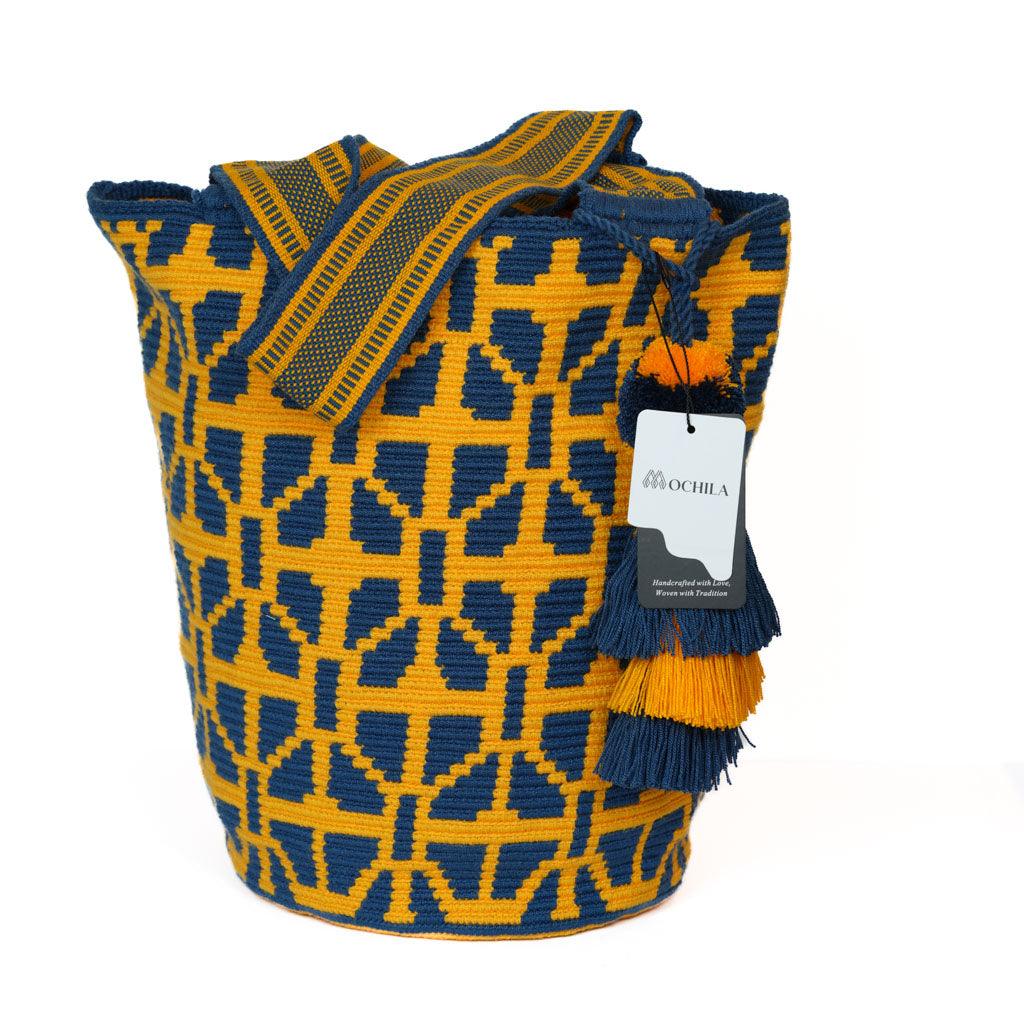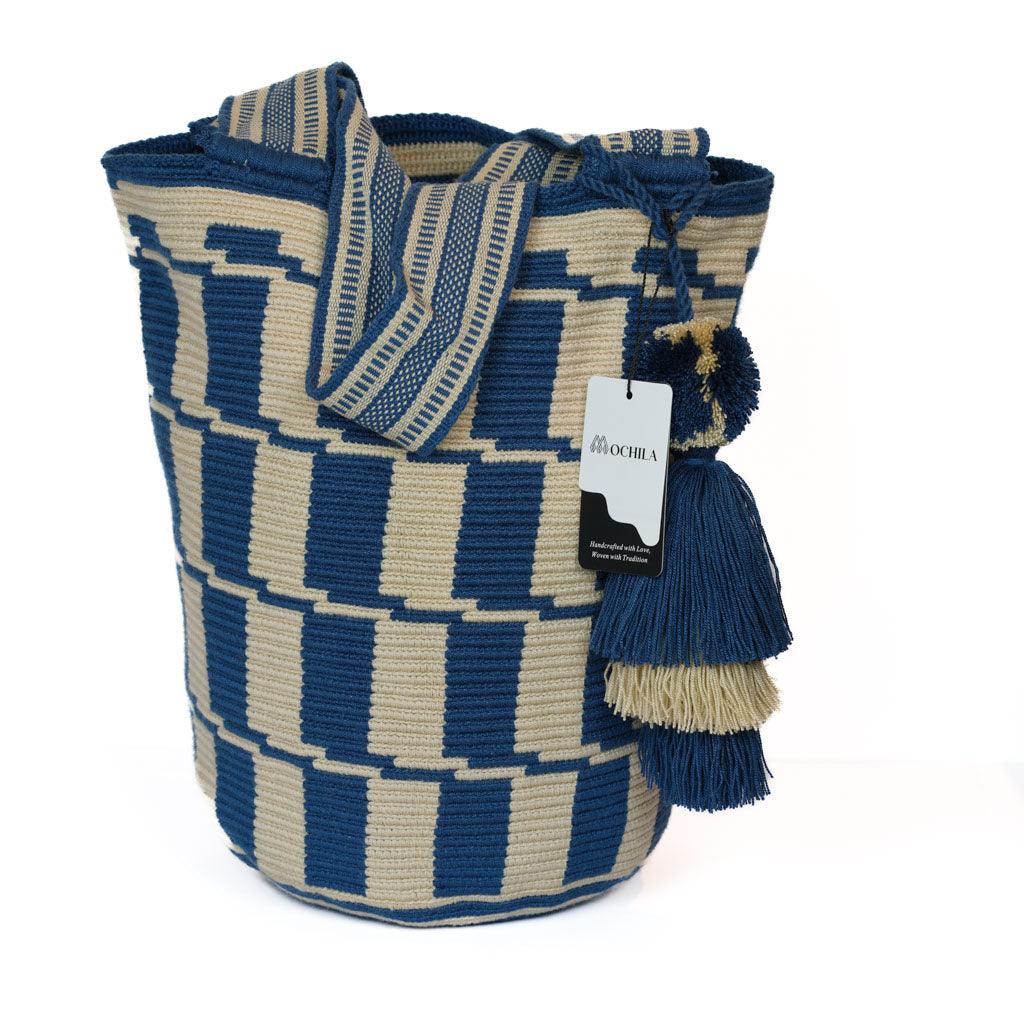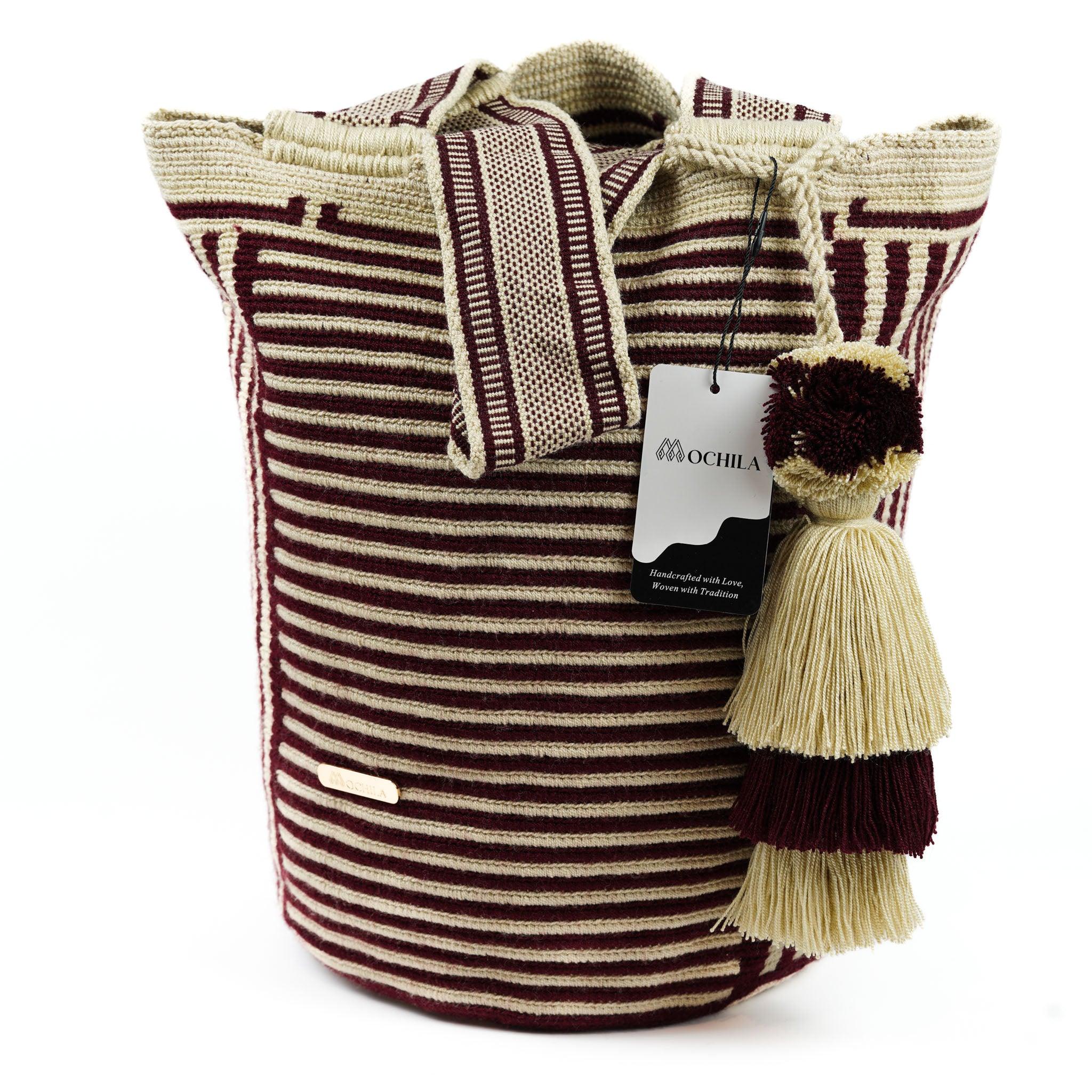Introduction to Crochet Blankets
Embarking on a crochet journey allows hobbyists to create a plethora of beautiful and functional pieces, with crochet blankets being one of the most popular projects. From intricate patterns to the warm and cozy results, understanding how to crochet patterns for blankets can ignite your crochet passion.
The Beauty of Crocheted Blankets
Crocheted blankets are not just functional, they're also a wonderful way to showcase one's skill, creativity, and attention to detail. Each blanket is a testament to the hours spent mastering stitches, understanding patterns, and selecting the perfect yarn. The end product is often a beautiful, warm blanket that adds a touch of charm and coziness to any home. It can also serve as a heartfelt gift for loved ones, carrying a personal touch that store-bought items simply cannot replicate.
Understanding Crochet Patterns
Crochet patterns are essentially a roadmap to your final product, guiding you stitch by stitch towards your completed blanket. They may seem complex at first glance, but once you understand the basic symbols and abbreviations, they become a valuable tool in your crochet journey.
Typically, a crochet pattern will indicate the type of yarn and the size of the crochet hook required. It will then provide step-by-step instructions on how to execute the design, often using standard crochet abbreviations to denote different stitches. Some patterns may also include a stitch diagram, which is a graphical representation of the pattern.
Understanding crochet patterns is an essential skill for anyone looking to tackle a blanket project. Remember, it's perfectly fine to start slow and practice with simpler patterns before moving on to more complex designs. Our article on how to crochet for beginners provides great insights for those starting out on their crochet journey.
By appreciating the beauty of crocheted blankets and understanding the ins and outs of crochet patterns, you're setting a solid foundation for your blanket projects. In the following sections, we'll delve into the basic and intermediate crochet stitches that are common in blanket patterns, explore popular blanket patterns, and provide tips for successful crochet blanket projects.
Basic Crochet Stitches for Blankets
When learning how to crochet patterns for blankets, it's essential to master the basic stitches first. These stitches form the foundation for most crochet patterns and are often used in combination with each other to create a variety of textures and designs. In this section, we will explore the chain stitch, single crochet stitch, and double crochet stitch.
Chain Stitch
The chain stitch, often abbreviated as 'ch' in crochet patterns, is the most fundamental of all crochet stitches. It's frequently used to start a crochet project and can also be used to create spaces between stitches in a pattern.
To make a chain stitch:
- Make a slip knot on your hook.
- Yarn over (wrap the yarn over your hook from back to front).
- Draw the yarn through the loop on your hook.
- Repeat steps 2 and 3 until you have the desired number of chain stitches.
For a step-by-step guide on how to create a chain stitch, check out our article on how to crochet for beginners.
Single Crochet Stitch
The single crochet stitch, abbreviated as 'sc', is a simple yet versatile stitch that's often used in blanket patterns. It creates a tight, dense fabric that's ideal for making warm, cozy blankets.
To make a single crochet stitch:
- Insert your hook into the next stitch.
- Yarn over and draw the yarn through the stitch. You should now have two loops on your hook.
- Yarn over again and draw the yarn through both loops on your hook.
For a detailed tutorial on the single crochet stitch, visit our guide on how to crochet stitches.
Double Crochet Stitch
The double crochet stitch, or 'dc', is a taller stitch that creates a more open, airy fabric. It's a popular choice for blanket patterns due to its versatility and speed.
To make a double crochet stitch:
- Yarn over and insert your hook into the next stitch.
- Yarn over and draw the yarn through the stitch. You should now have three loops on your hook.
- Yarn over and draw the yarn through the first two loops on your hook. You should now have two loops on your hook.
- Yarn over again and draw the yarn through the remaining two loops on your hook.
If you're ready to tackle the double crochet stitch, head over to our how to crochet stitches guide.
By mastering these basic crochet stitches, you'll be well on your way to creating beautiful crochet blankets. Remember, practice makes perfect – so don't be discouraged if your stitches aren't perfect right away. With time and patience, you'll be able to crochet with confidence and ease.
Intermediate Crochet Stitches for Blankets
While mastering the basics of crochet is a crucial first step, expanding your skill set can open up new possibilities for intricate and beautiful designs. In the quest to learn how to crochet patterns for blankets, let's explore some intermediate stitches that can add depth and texture to your creations.
Half Double Crochet Stitch
The half double crochet stitch, abbreviated as HDC, is a step up from the basic stitches, but still quite easy to learn. It provides a nice, thick texture, perfect for cozy blankets. To execute the HDC:
- Yarn over your hook.
- Insert the hook into the next stitch.
- Yarn over and pull through the stitch. You will have three loops on your hook.
- Yarn over and pull through all three loops.
This stitch is excellent for creating dense, warm blankets, perfect for colder weather.
Treble Crochet Stitch
The treble crochet stitch, also known as the triple crochet stitch, is taller than the double crochet stitch. It's an excellent stitch for creating loose, drapey fabrics, making it perfect for lightweight blankets. To execute the treble crochet stitch:
- Yarn over your hook twice.
- Insert your hook into the next stitch.
- Yarn over and pull through the stitch. You will have four loops on your hook.
- Yarn over and pull through the first two loops.
- Yarn over and pull through the next two loops.
- Yarn over and pull through the remaining two loops.
This stitch is great for creating intricate lace-like patterns in blankets.
Shell Stitch
The shell stitch is a decorative stitch that adds a lovely texture to your blankets. It involves creating groups of double crochets to form a "shell" shape. Here's how to do it:
- Skip two stitches, then make five double crochet stitches in the next stitch.
- Skip two stitches, then make a single crochet in the next stitch.
- Repeat this pattern across your row.
This stitch creates a beautiful scalloped design that adds a touch of elegance to any blanket.
By mastering these intermediate stitches, you're well on your way to creating beautiful, intricate crochet blankets. Remember, practice makes perfect, so don't be discouraged if you don't get these stitches right on the first try. With patience and persistence, you'll soon be able to incorporate these stitches into your repertoire and create stunning crochet patterns for blankets. For more crochet stitches and techniques, check out our articles on how to crochet stitches and how to crochet for beginners.
Exploring Blanket Patterns
When it comes to crocheting blankets, the pattern you choose can significantly influence the final product. Let's delve into the world of crochet patterns for blankets by exploring three well-loved designs: Granny Square, Chevron, and Ripple blanket patterns.
Granny Square Blanket Patterns
Granny Square patterns are one of the most recognizable and traditional crochet patterns. They consist of multiple small squares, each worked from the center out, that are later joined together to form the blanket. The beauty of Granny Square patterns lies in their versatility – the squares can be made in any color combination, and the number of squares can be adjusted to alter the size of the blanket.
In a Granny Square blanket, each square typically consists of rounds of chain stitches and double crochet stitches. For those eager to learn how to crochet patterns for blankets, Granny Square patterns serve as an excellent starting point. You can find a step-by-step guide on how to crochet Granny Squares on our blog.
Chevron Blanket Patterns
Chevron patterns, also known as zigzag patterns, are another popular choice for crochet blankets. These patterns involve a sequence of increases and decreases to create a distinctive wave-like pattern. Chevron blankets can be made with single color yarn or multiple colors to create a striped effect.
Crocheting a Chevron blanket requires a bit more skill and understanding of crochet techniques, including the single crochet stitch and double crochet stitch. If you're interested in trying out this pattern, our how to crochet stitches guide can be a valuable resource.
Ripple Blanket Patterns
Similar to the Chevron pattern, Ripple patterns also create a wave-like design. However, the waves in a Ripple pattern are typically more rounded and less sharp than those in a Chevron pattern. This pattern can be quite therapeutic to work on once you get into the rhythm of the repeating stitches.
Ripple blankets often use a combination of basic and intermediate crochet stitches, such as the single crochet stitch, double crochet stitch, and half double crochet stitch. This pattern is a great option for those looking to expand their crochet skills beyond the basics.
Choosing the right pattern is an integral part of learning how to crochet patterns for blankets. Whether you choose a Granny Square, Chevron, or Ripple pattern, remember that the key to a successful crochet project lies in understanding each stitch and following the pattern carefully. With practice and patience, you'll be on your way to creating beautiful crochet blankets in no time.
Tips for Successful Crochet Blanket Projects
After learning how to crochet patterns for blankets, the next step is to master the essential tips and tricks that ensure successful crochet blanket projects. This section will focus on three crucial areas: choosing the right yarn, counting stitches, and blocking your blanket.
Choosing the Right Yarn
Choosing the right yarn is a crucial step in any crochet project. The type of yarn you choose can significantly impact the look, feel, and durability of your blanket. When selecting yarn for your blanket, consider factors such as the blanket's intended use, the desired texture, and the care instructions for the yarn.
For blankets that will be frequently used and washed, a durable, machine-washable yarn is a good choice. For decorative blankets, you might prefer a more luxurious yarn with a unique texture or color. Always check the care instructions for your chosen yarn to ensure it will meet your needs.
If you're new to crochet, you might find it helpful to start with a medium-weight yarn, which is generally easier to work with than lighter or heavier yarns. You can learn more about choosing yarn and other essential crochet skills in our guide on how to crochet for beginners.
Counting Stitches
Accurate stitch counting is critical when learning how to crochet patterns for blankets. Keeping an accurate stitch count ensures your blanket maintains its intended shape and size. Many patterns will tell you how many stitches you should have at the end of each row, which can help you check your work as you go.
One method to keep track of stitches is to place a stitch marker at the beginning of each row or round. This can help you identify your starting point, making it easier to count your stitches accurately. For more detailed instructions on stitch counting and other crochet techniques, check out our article on how to crochet stitches.
Blocking Your Blanket
Blocking is a finishing technique that helps to shape your completed crochet project and give it a professional look. This process involves dampening your finished blanket and gently shaping it to the desired dimensions while it dries.
Blocking can significantly improve the appearance of your blanket, smoothing out any uneven stitches and helping the blanket to lay flat. It's especially beneficial for blankets made from natural fibers like wool or cotton, which can shrink or stretch during use and washing.
To block your blanket, you will need a flat surface (like a blocking mat or clean carpet), rust-resistant pins, and a spray bottle filled with lukewarm water. Lay out your blanket on the flat surface, pin it into the desired shape, and mist it lightly with water. Leave the blanket to dry fully before removing the pins.
By implementing these tips and techniques, you can ensure that your crochet blanket projects are both enjoyable to create and beautiful to behold. For more crochet inspiration and tutorials, check out our collection of articles on everything from how to crochet patterns for scarves to how to crochet patterns for baby blankets.

